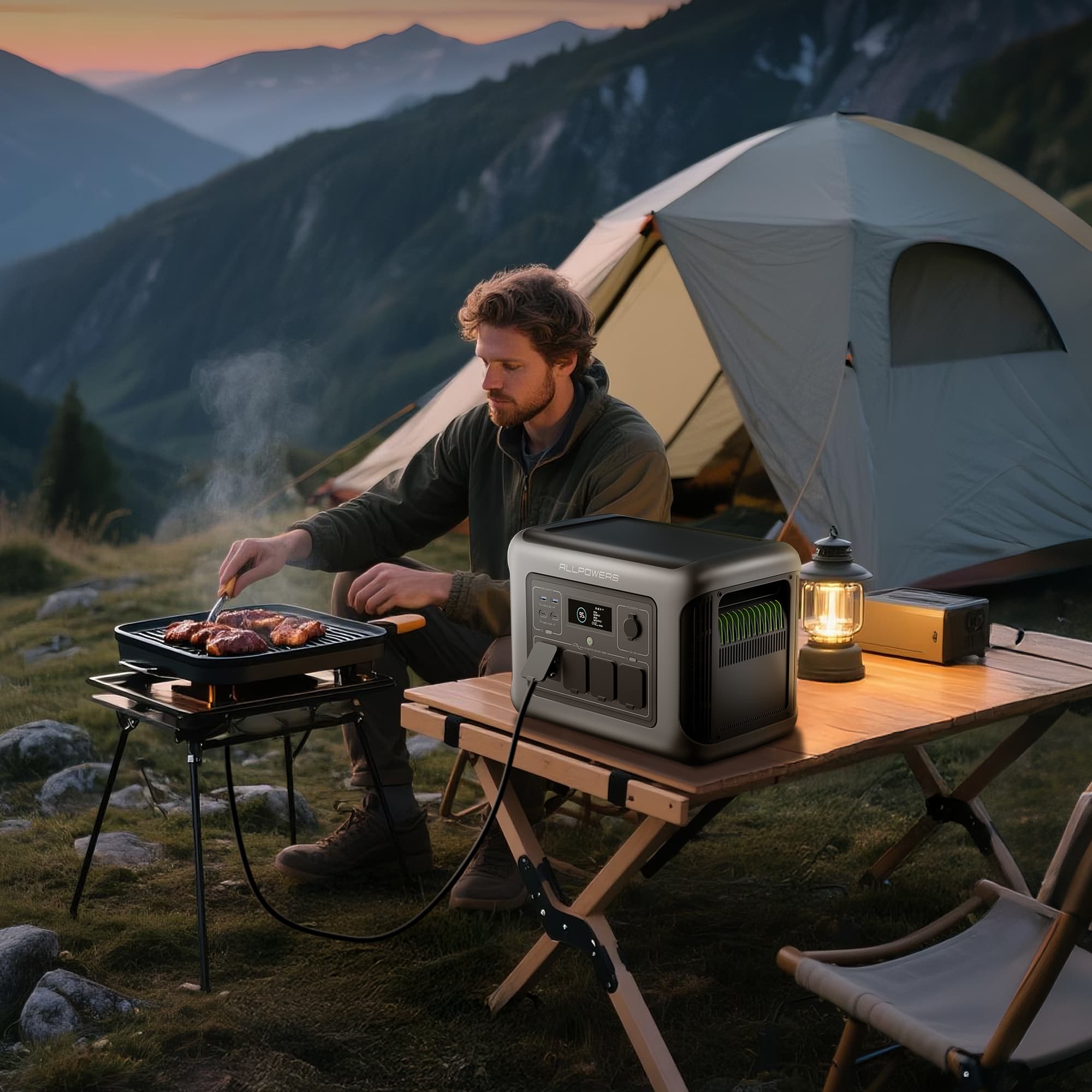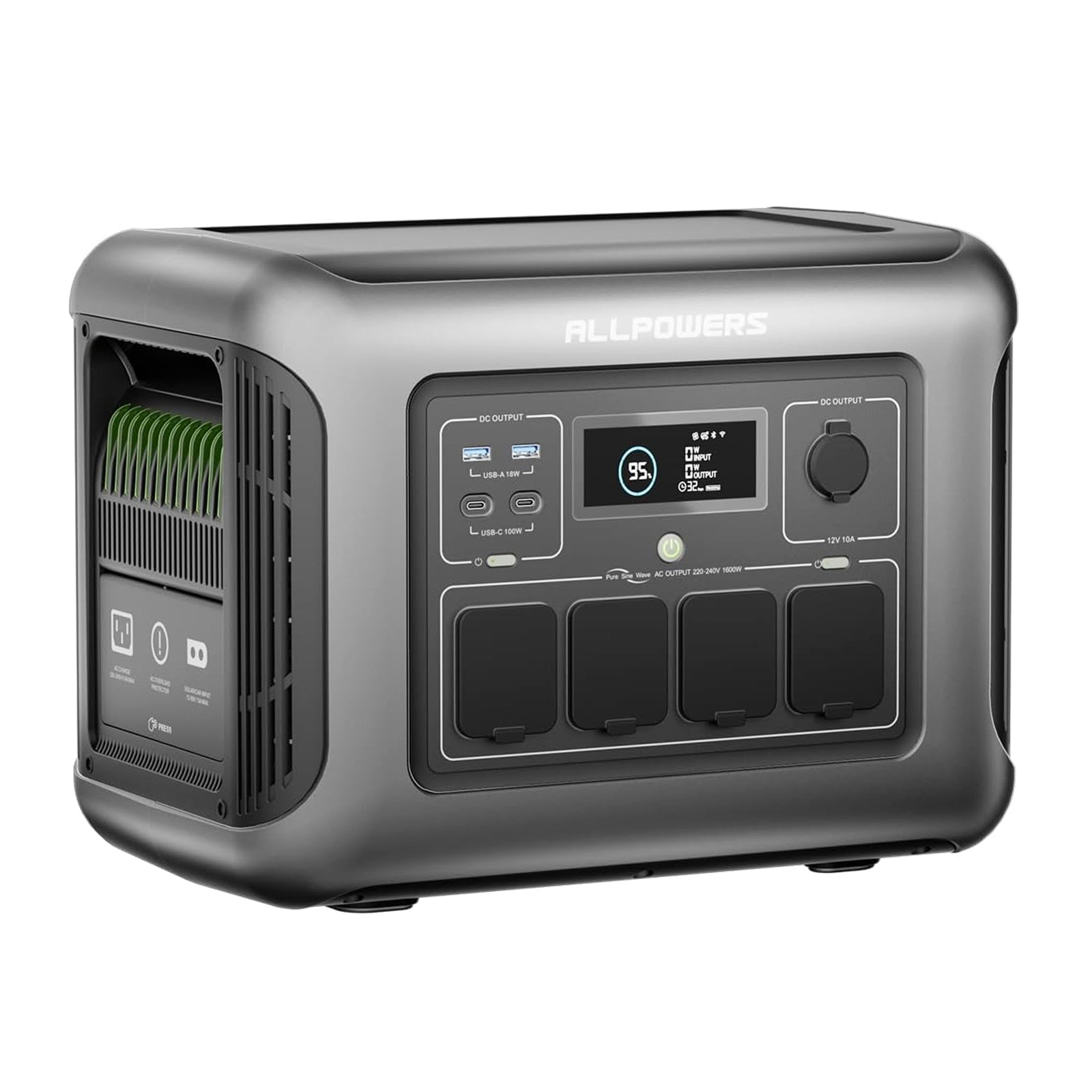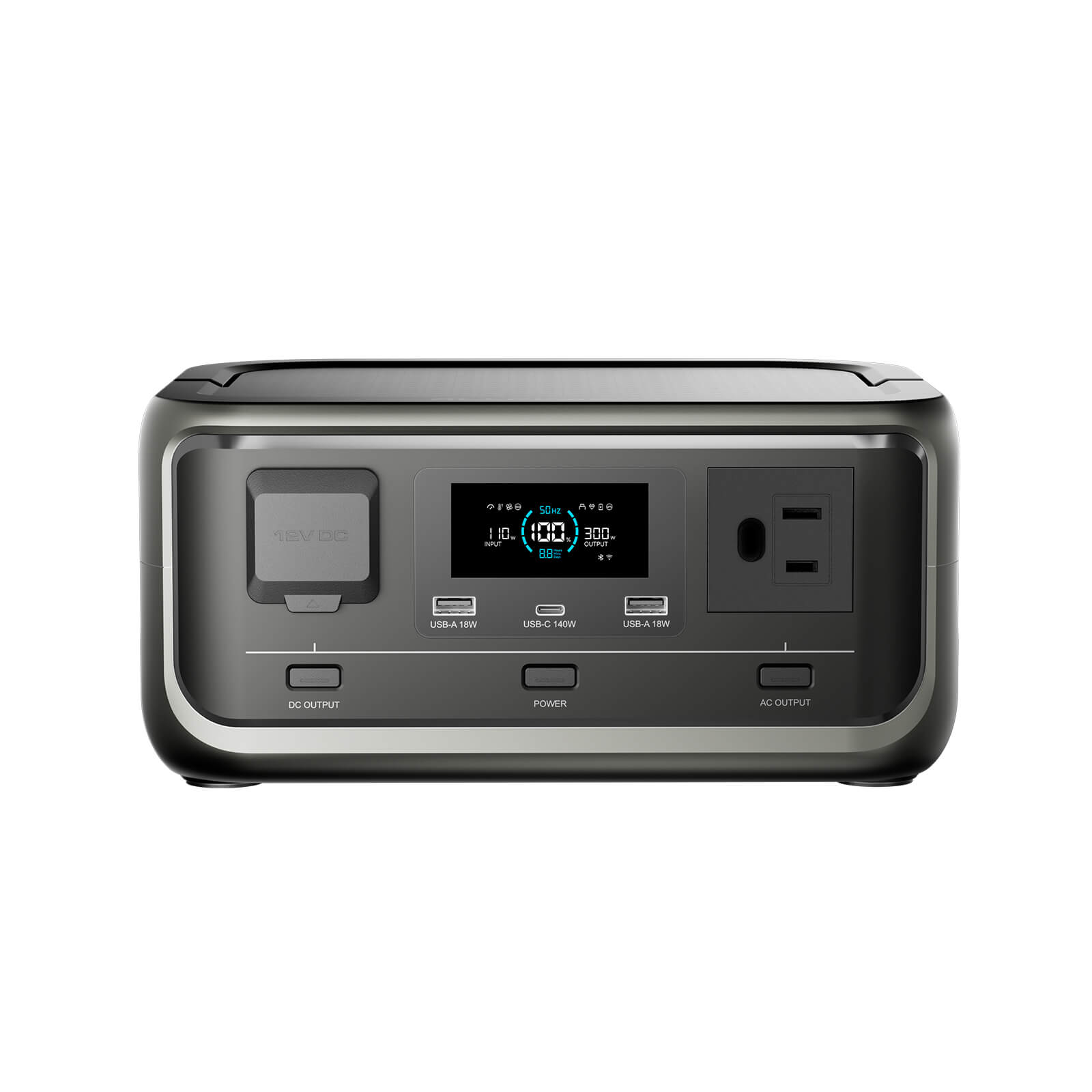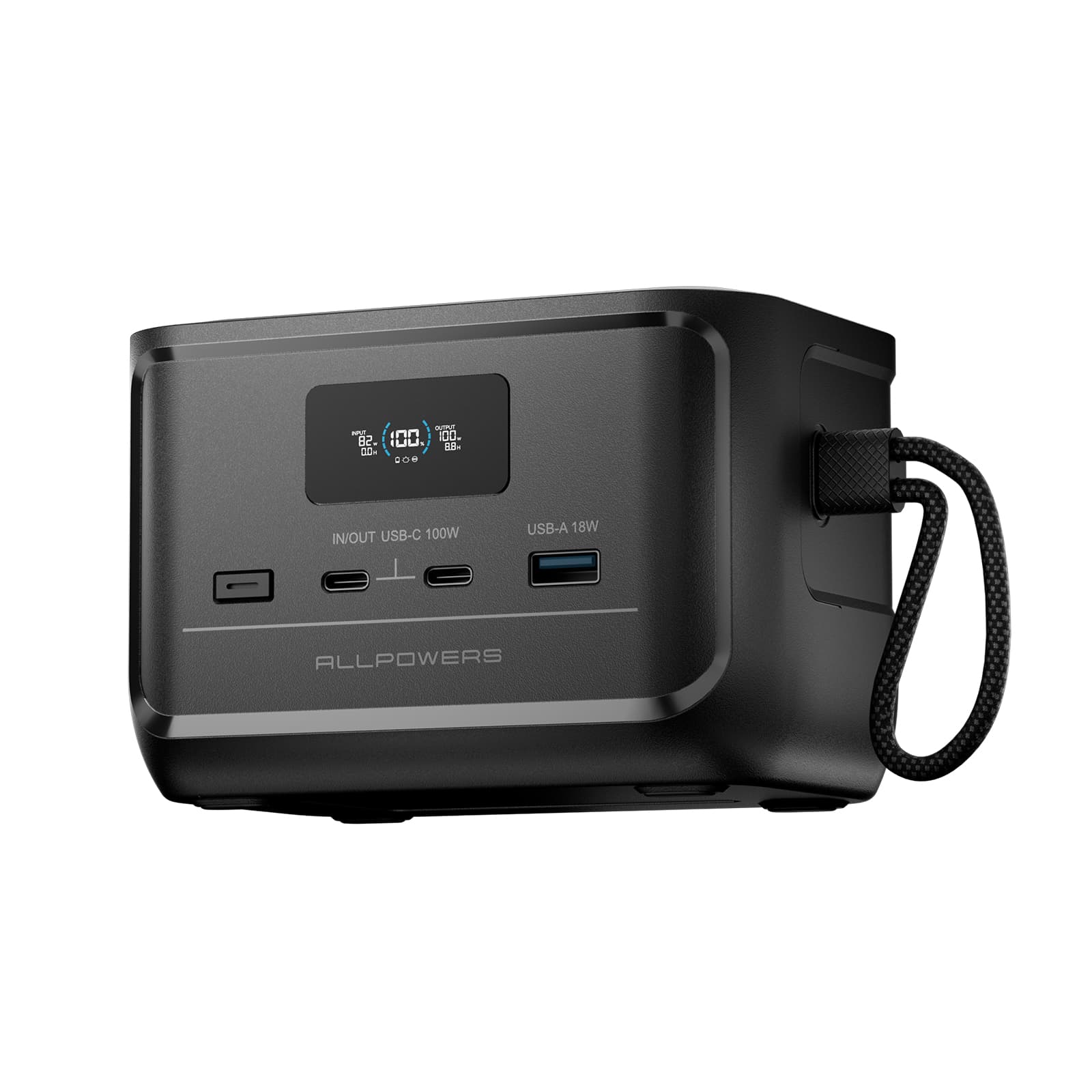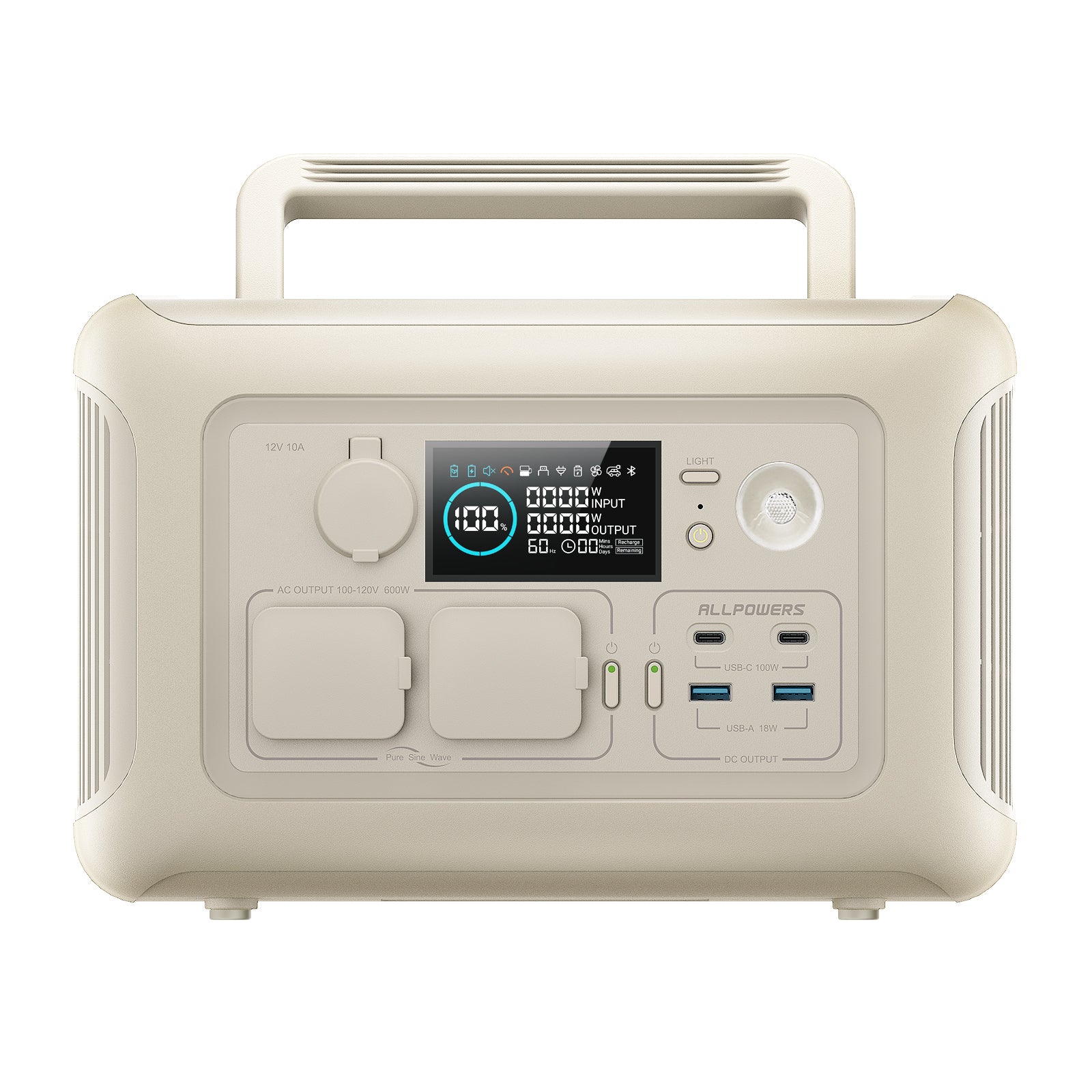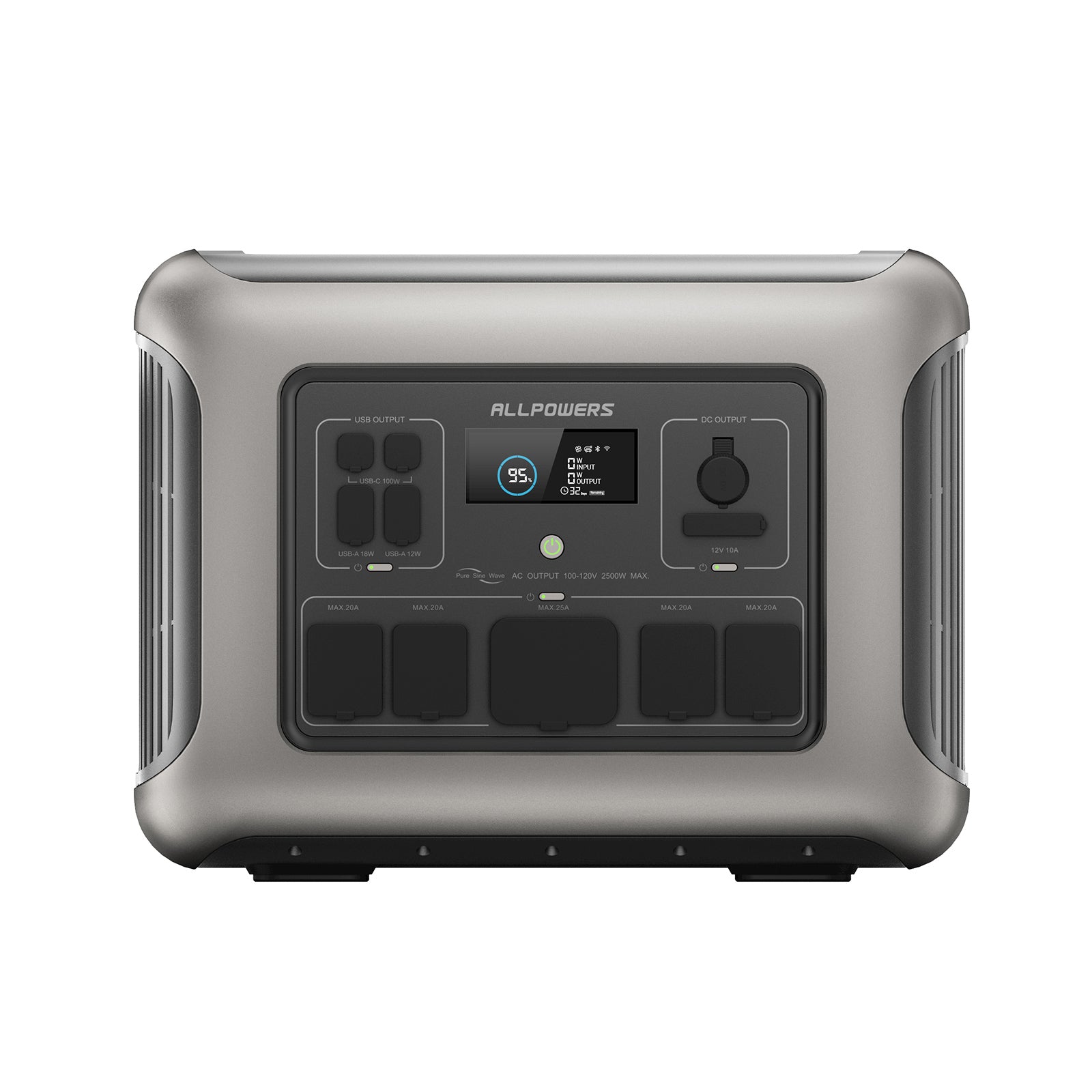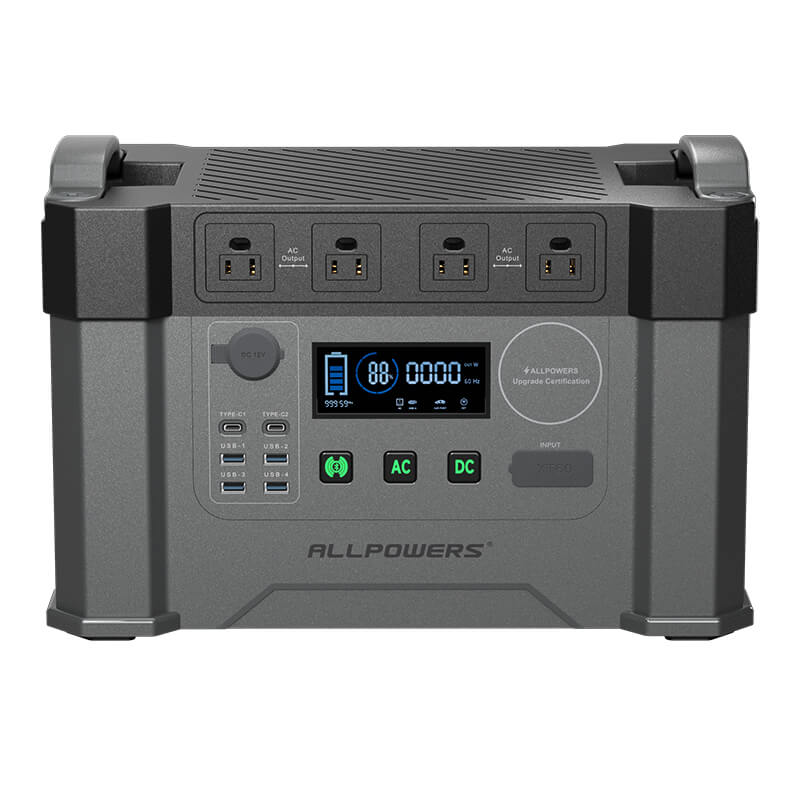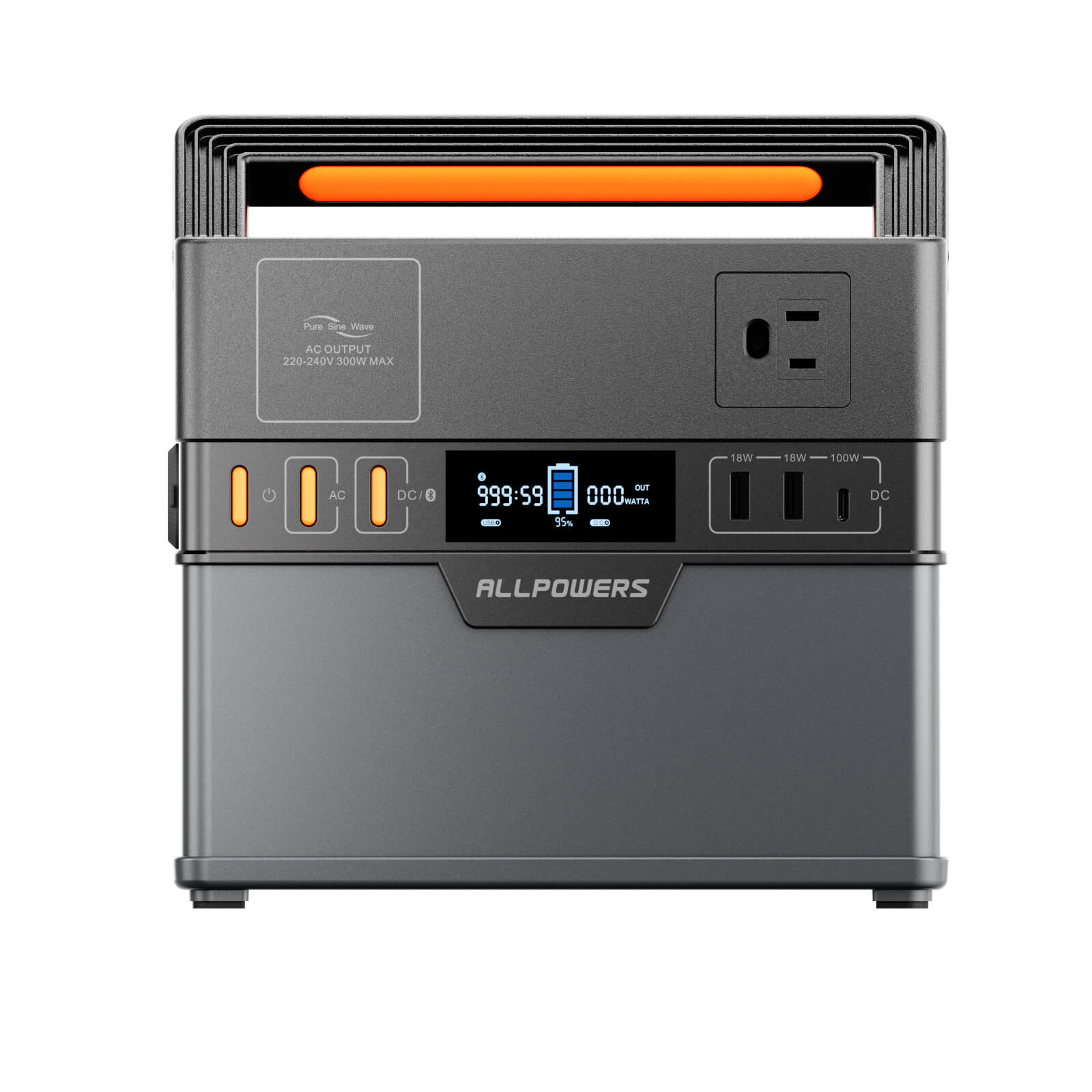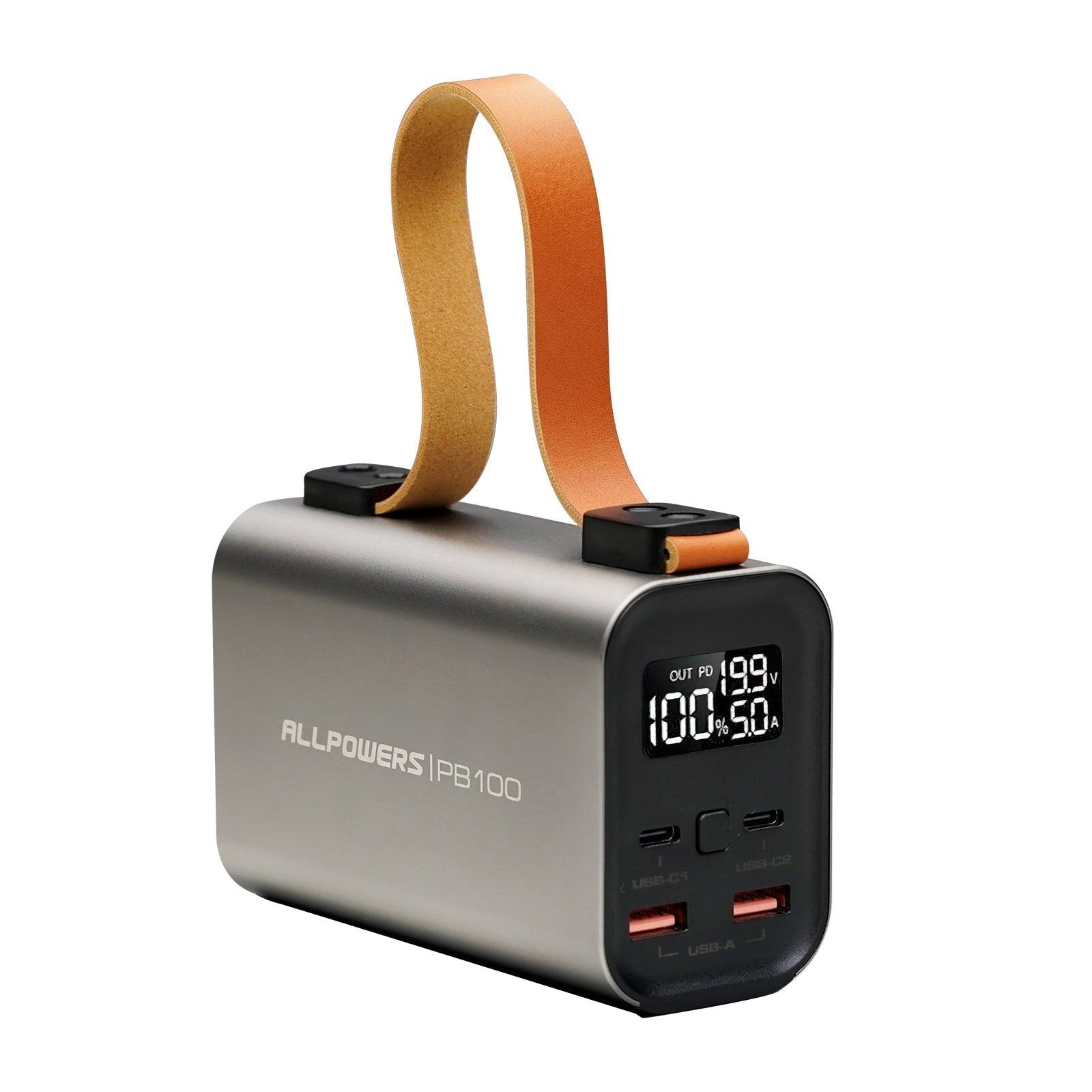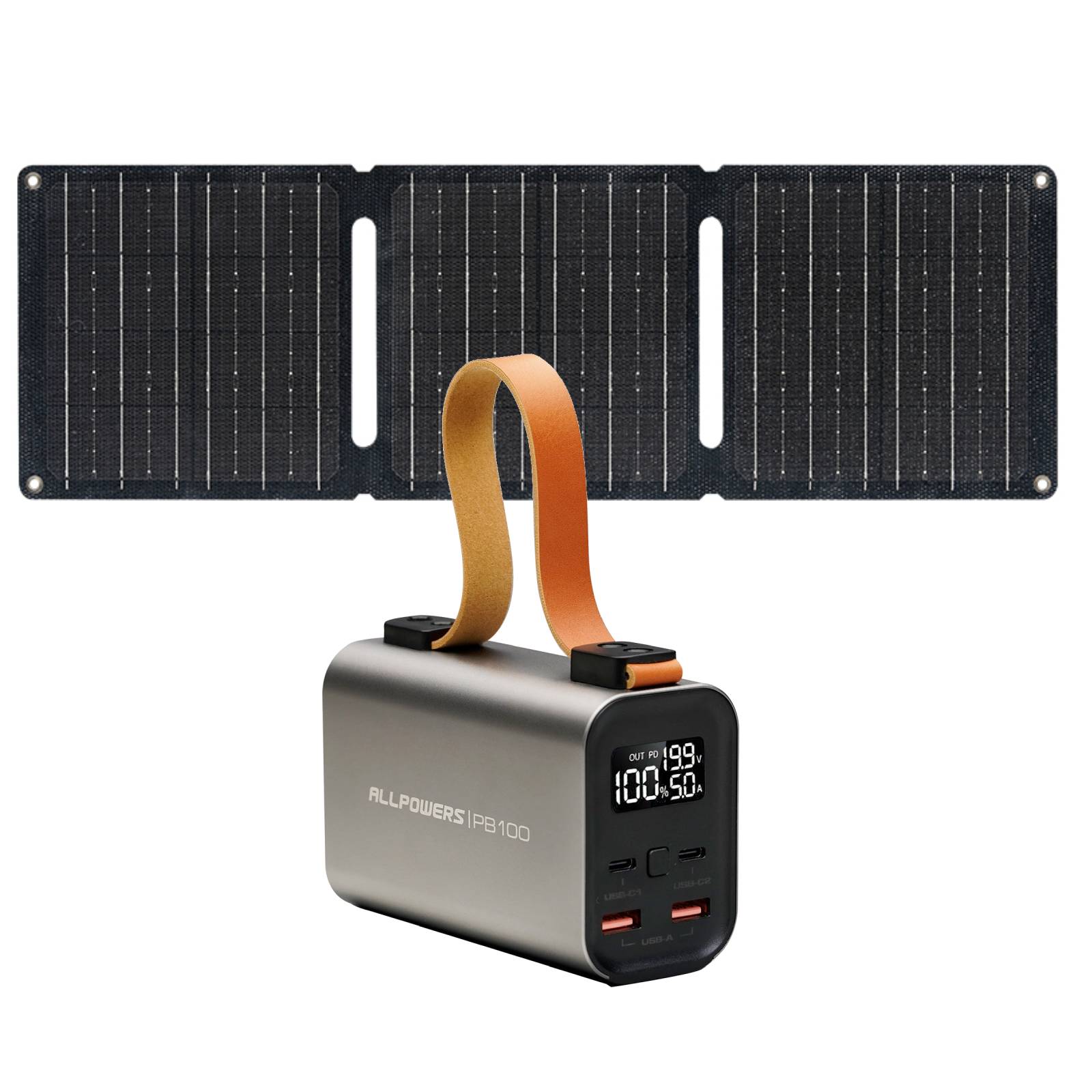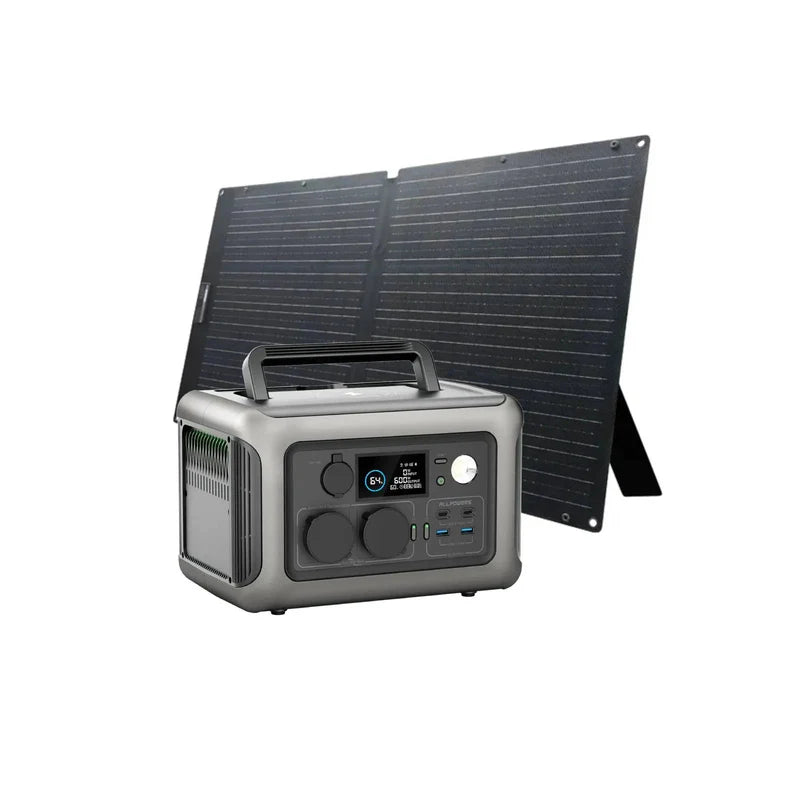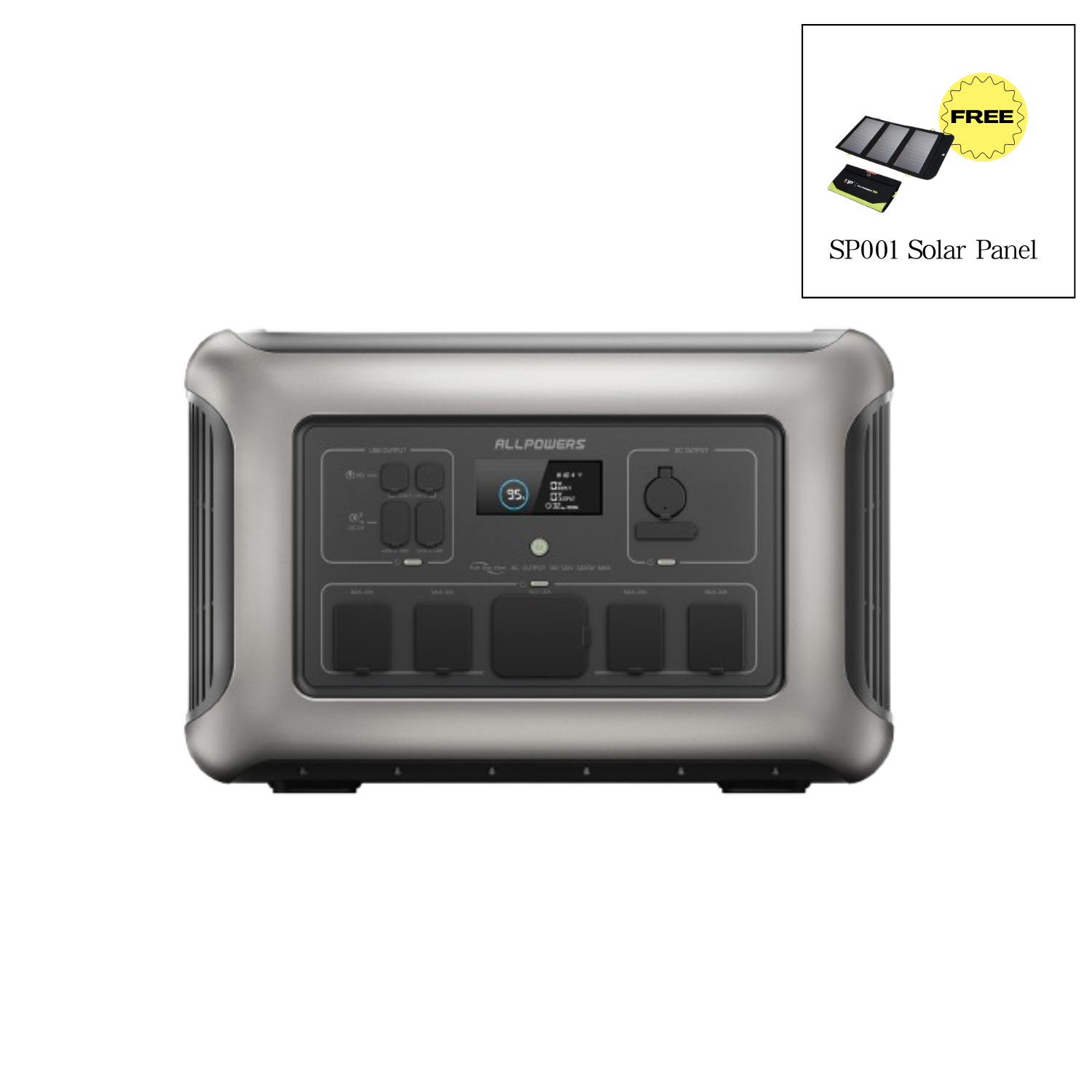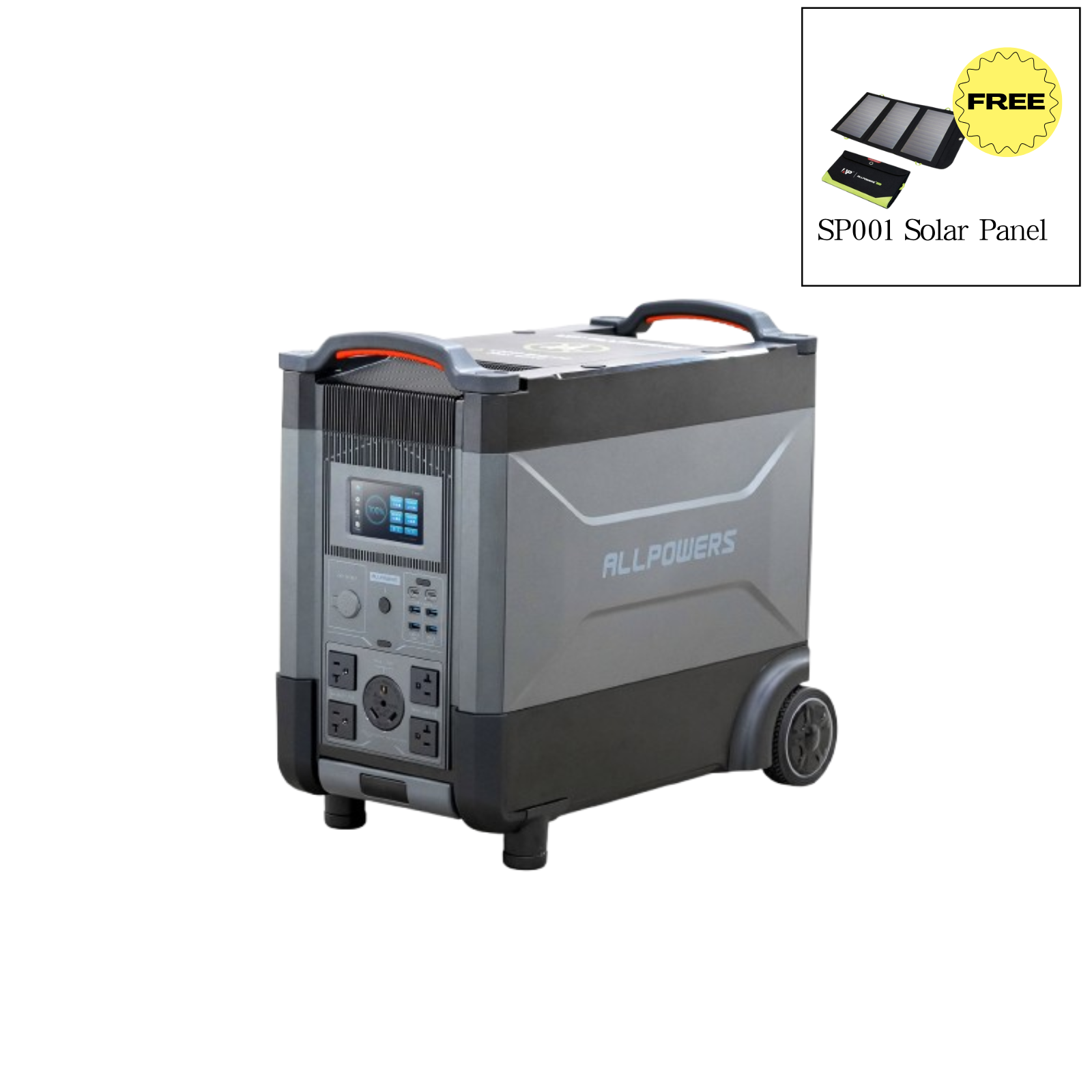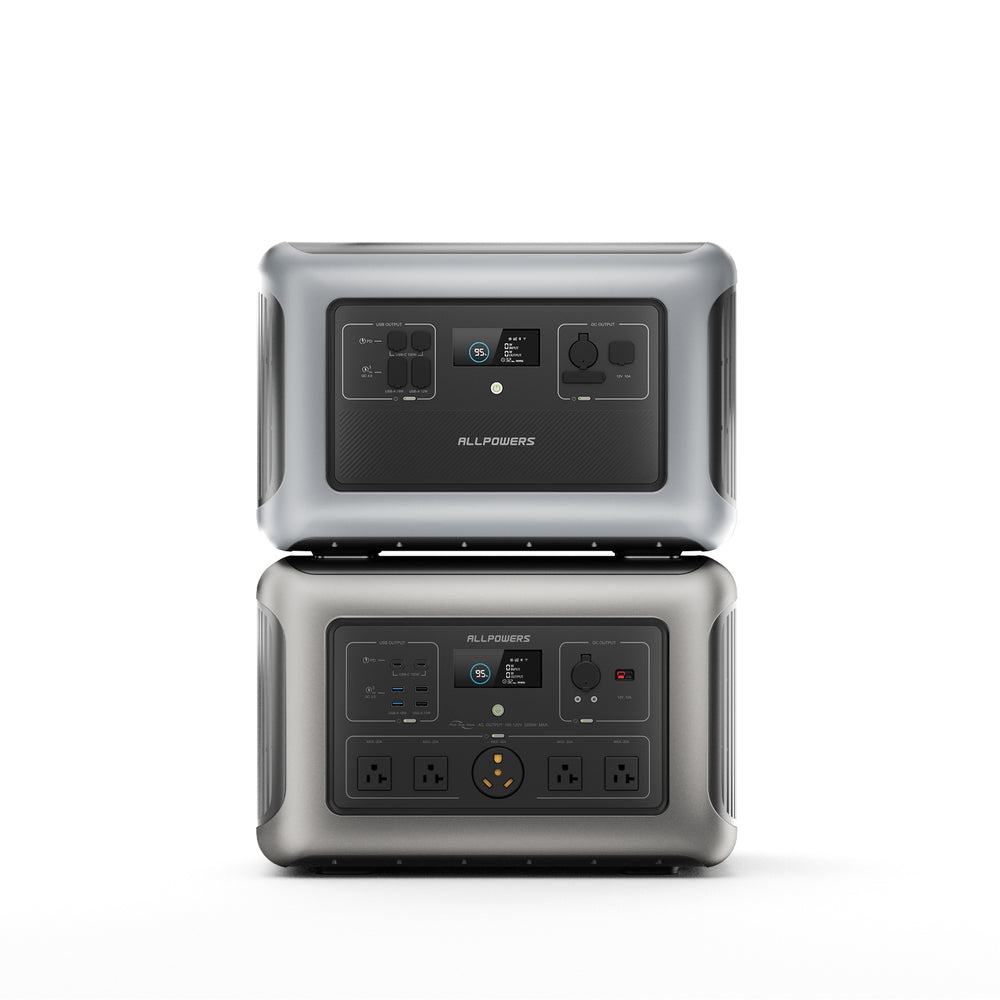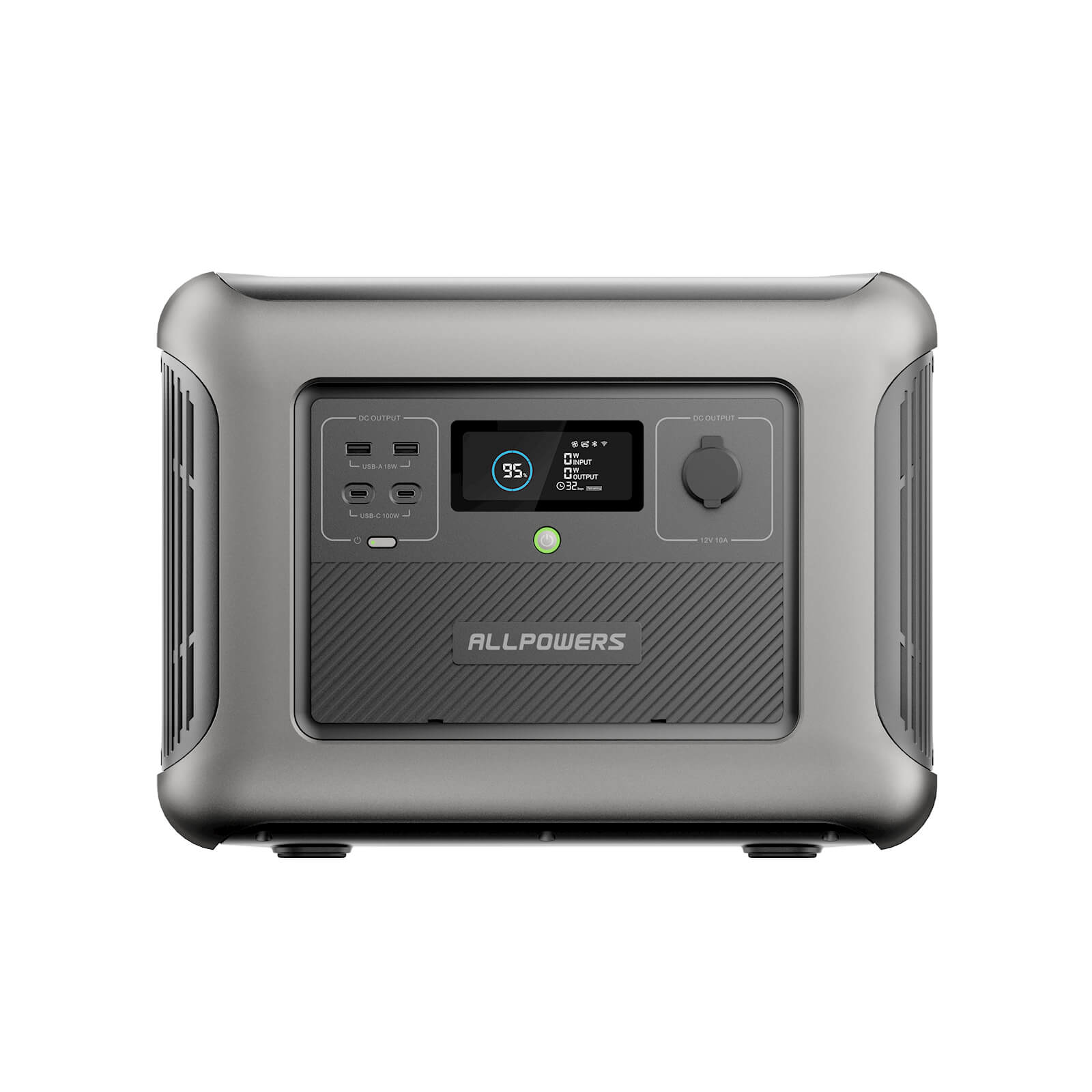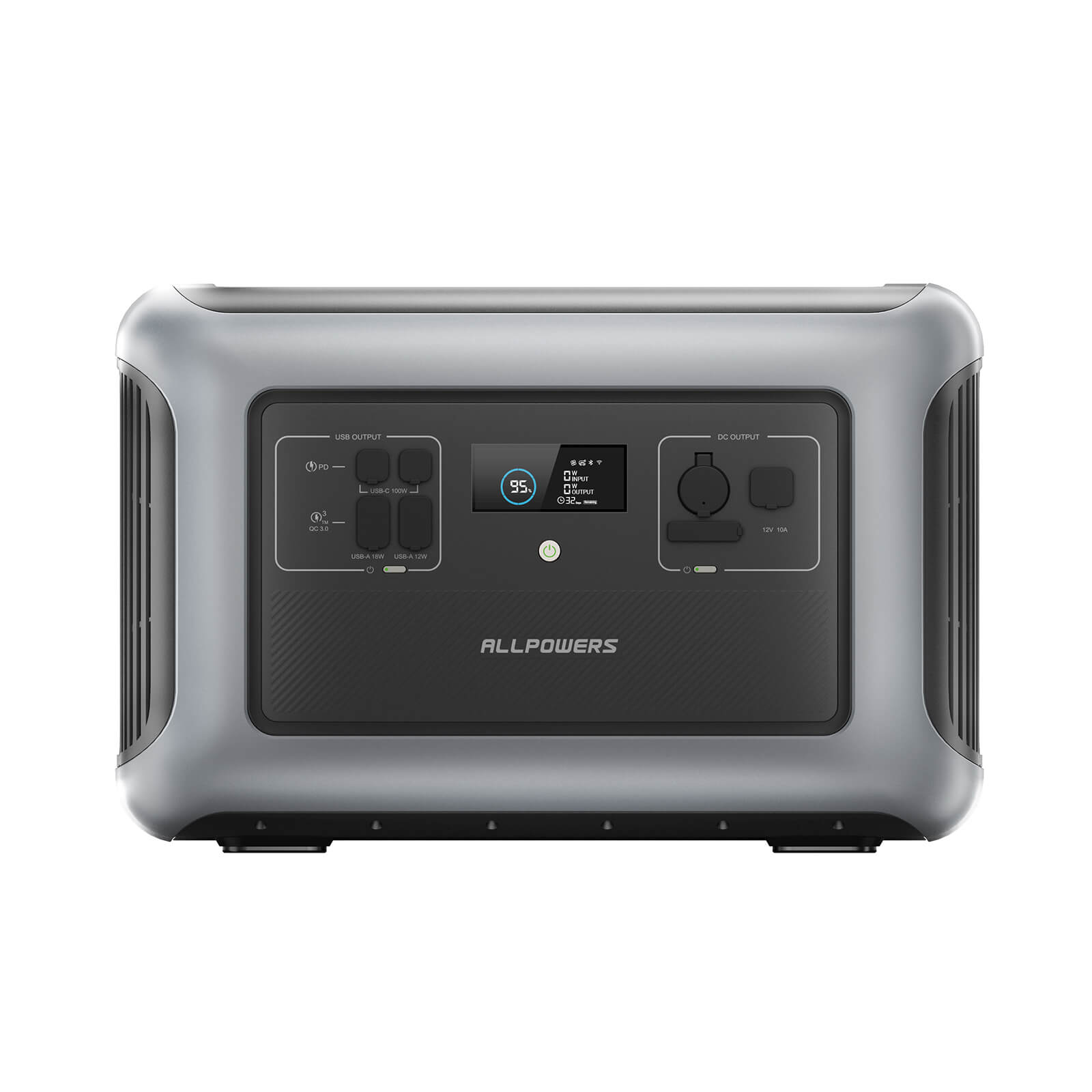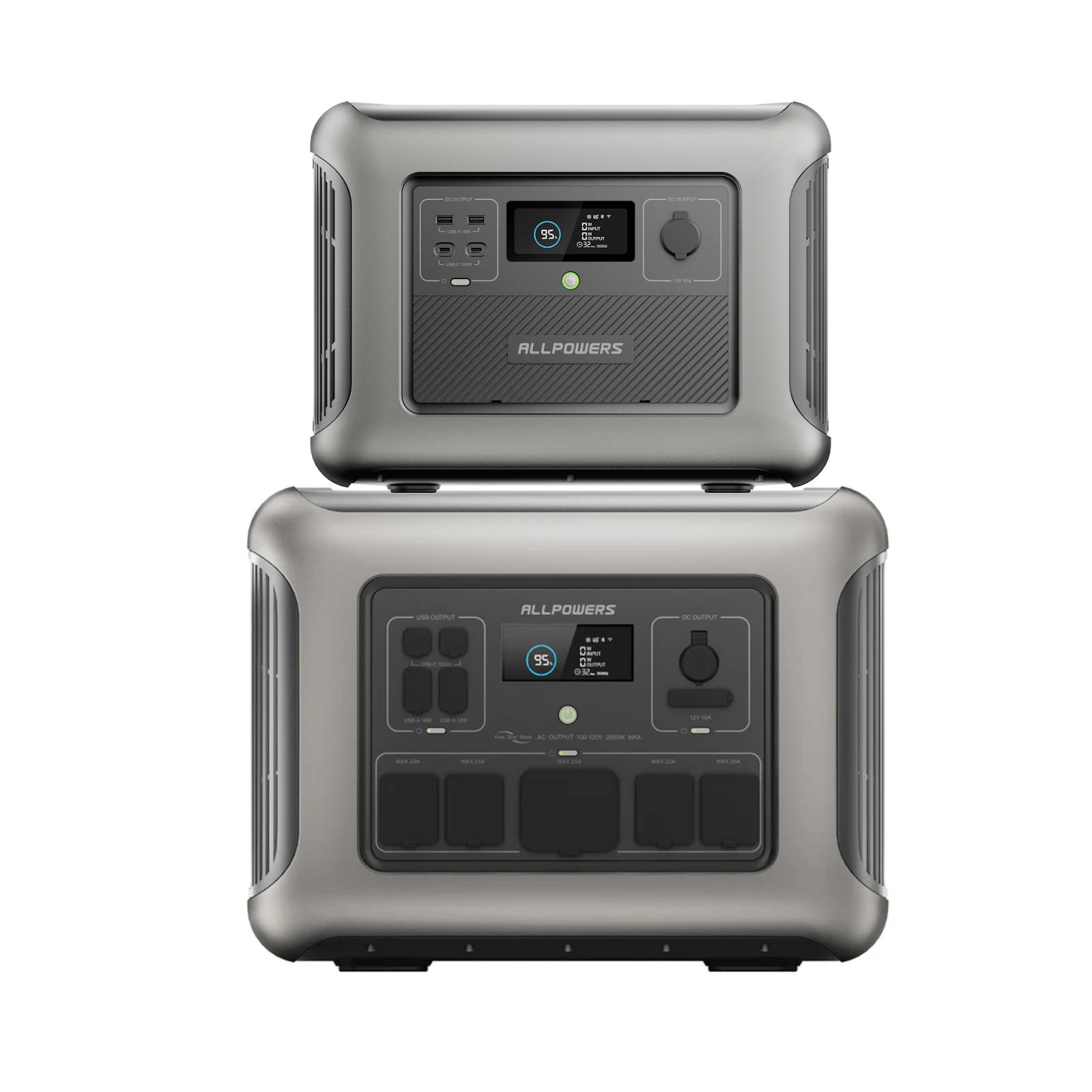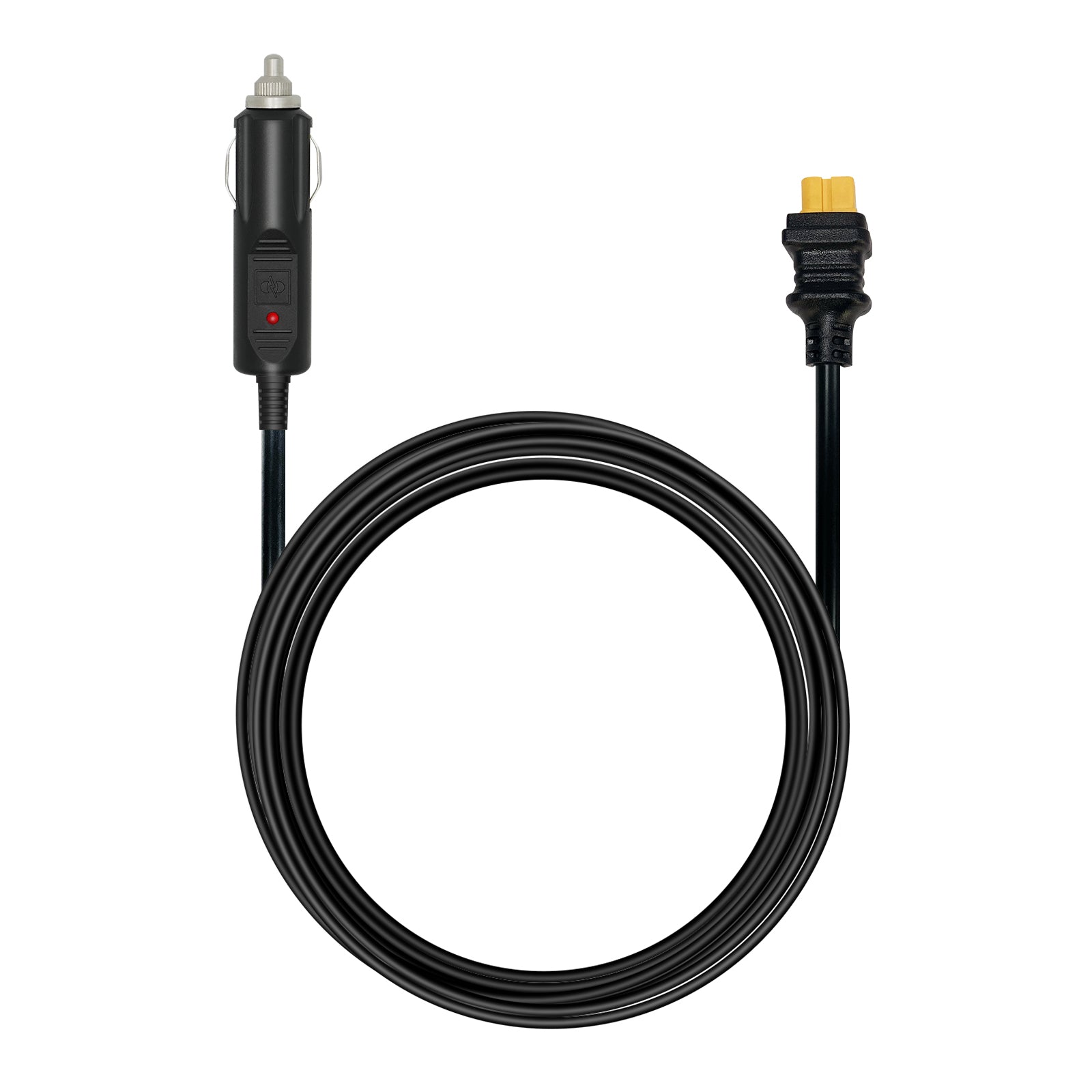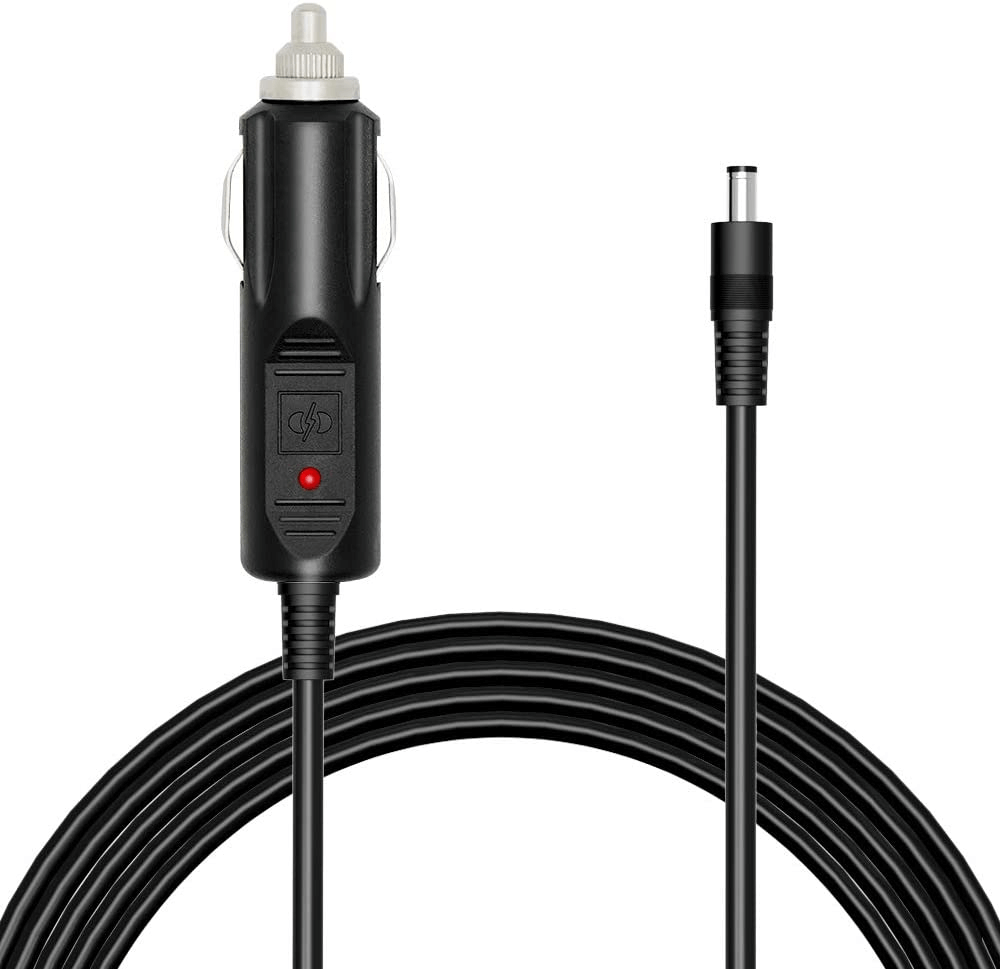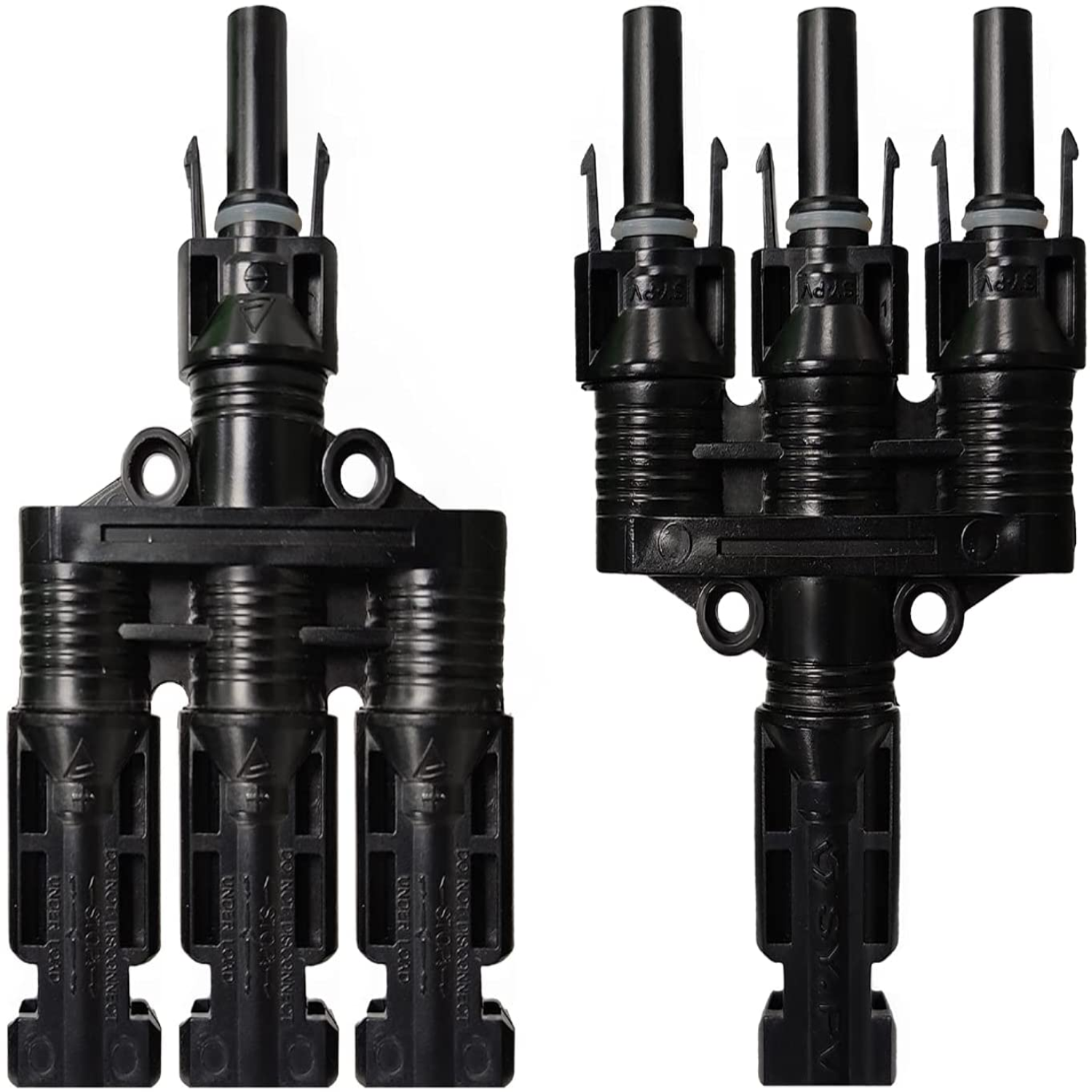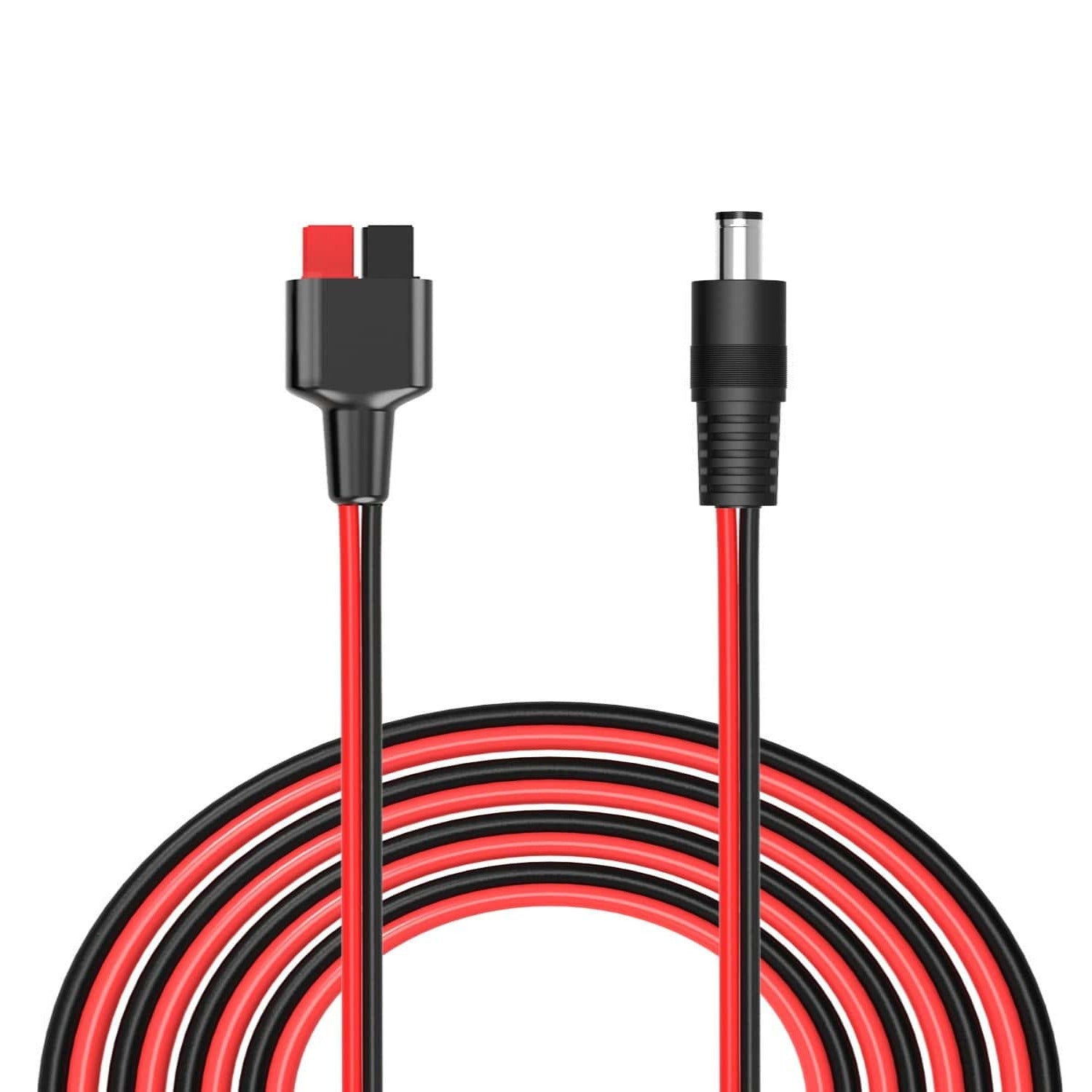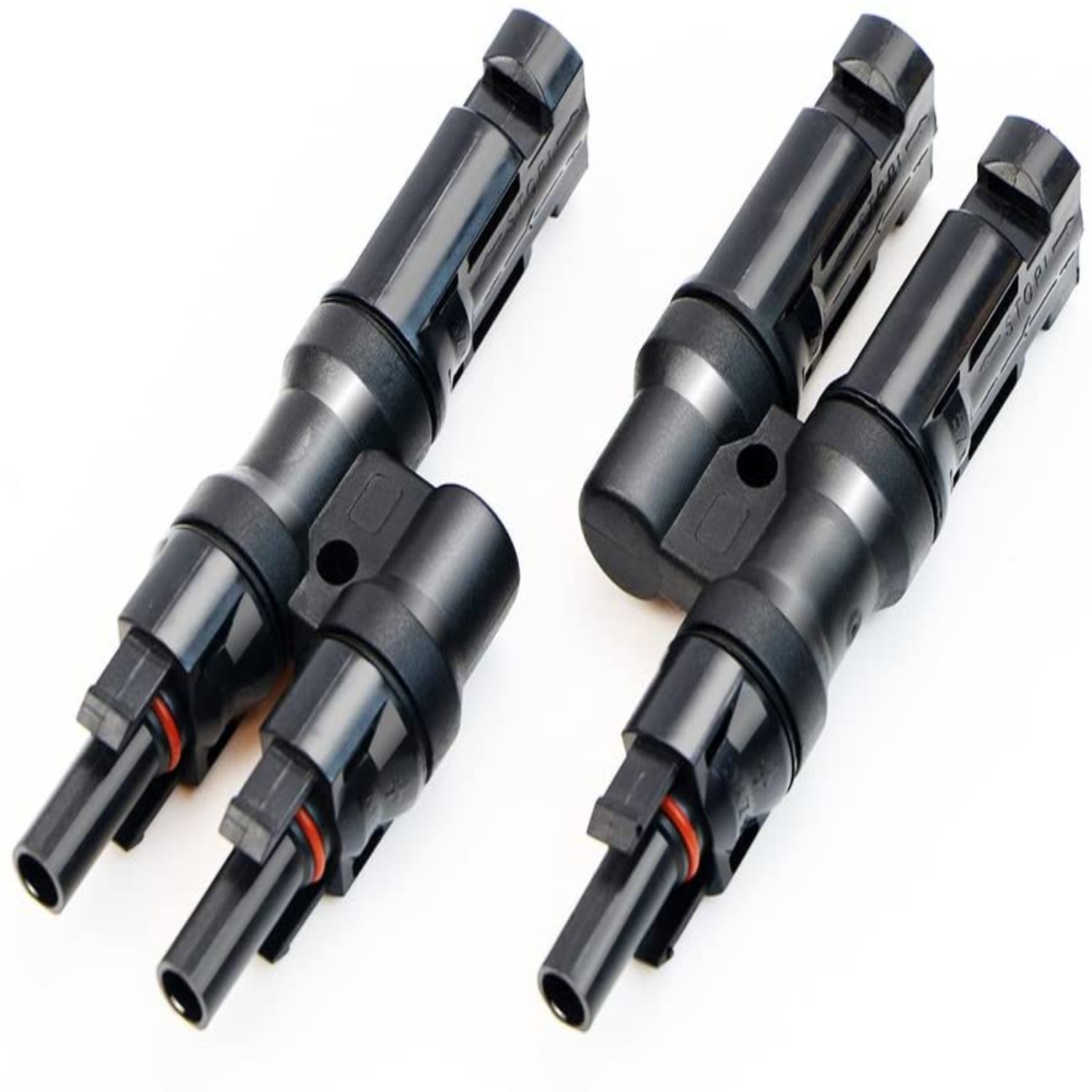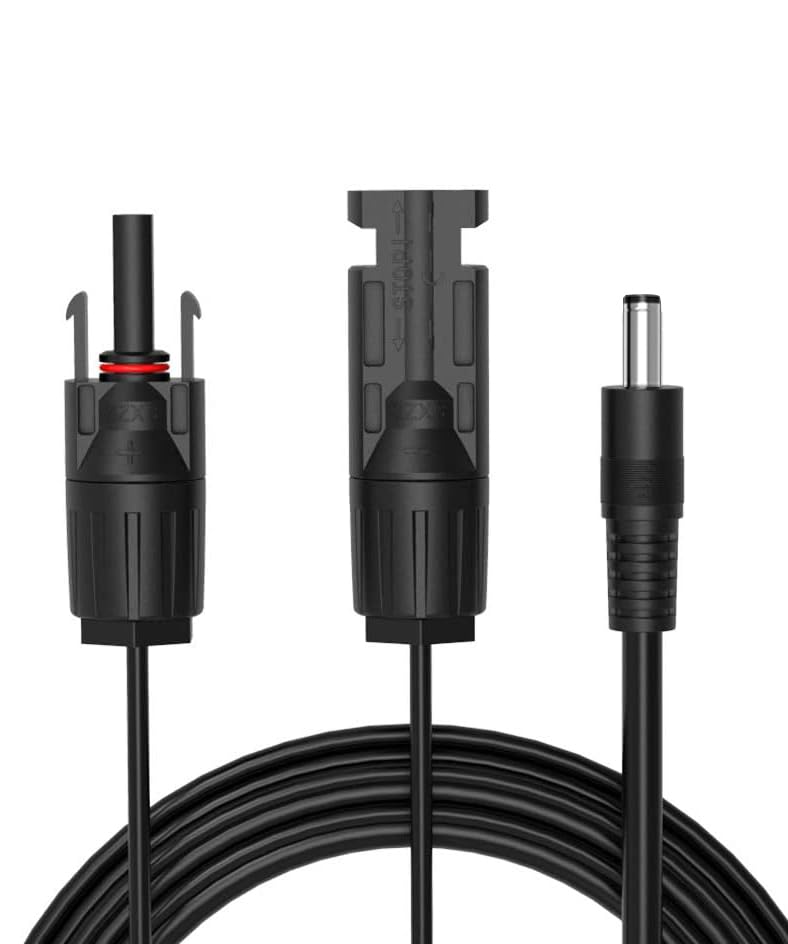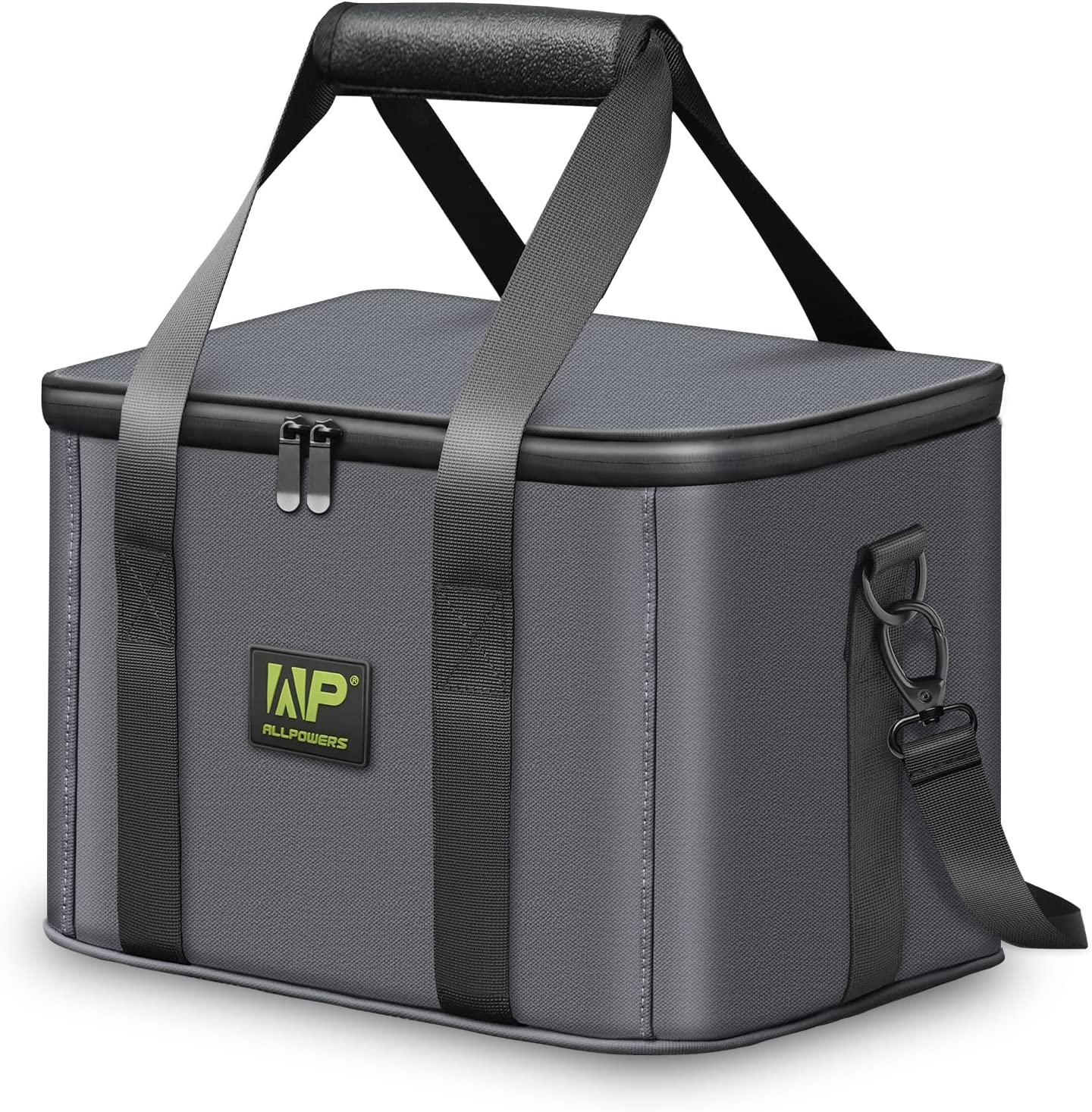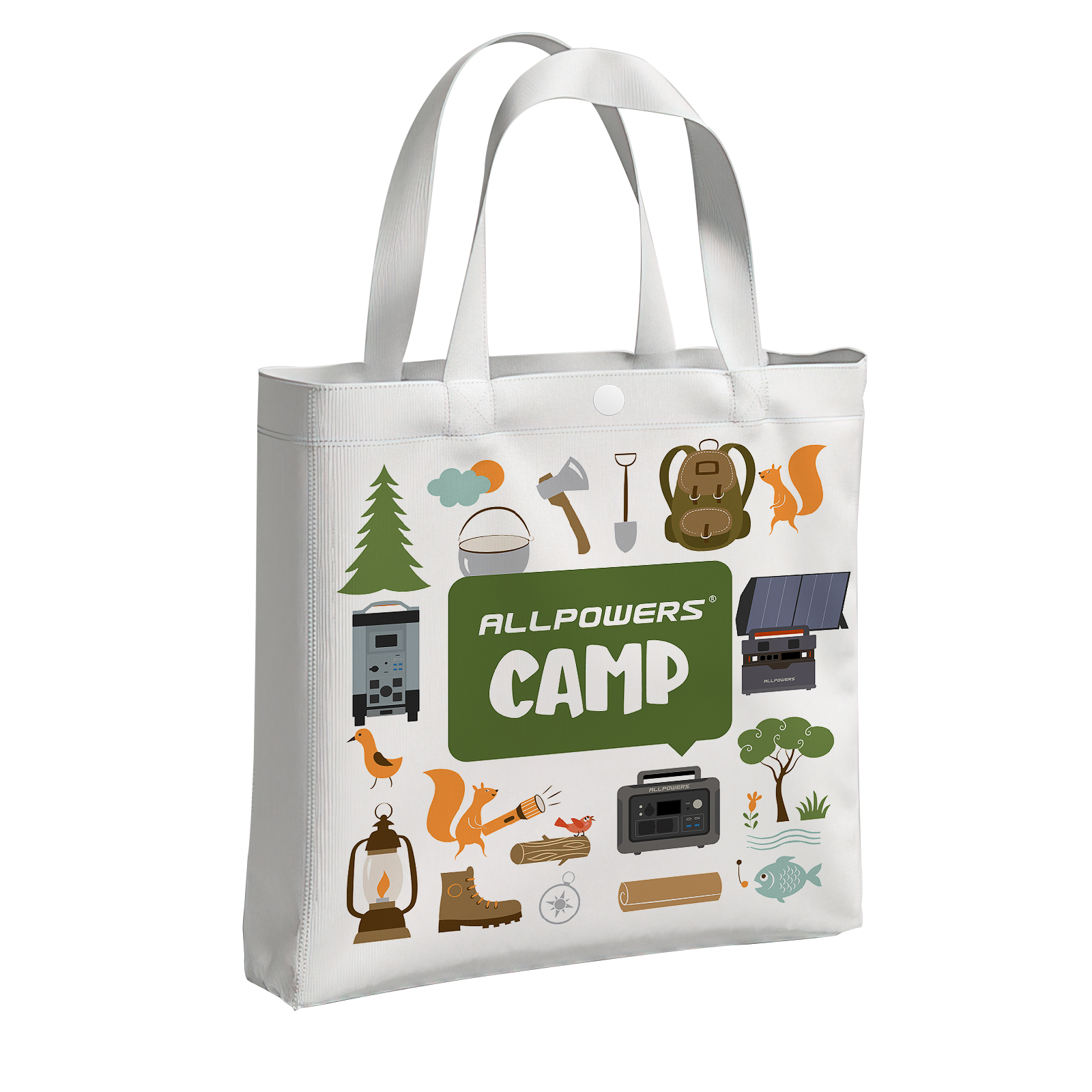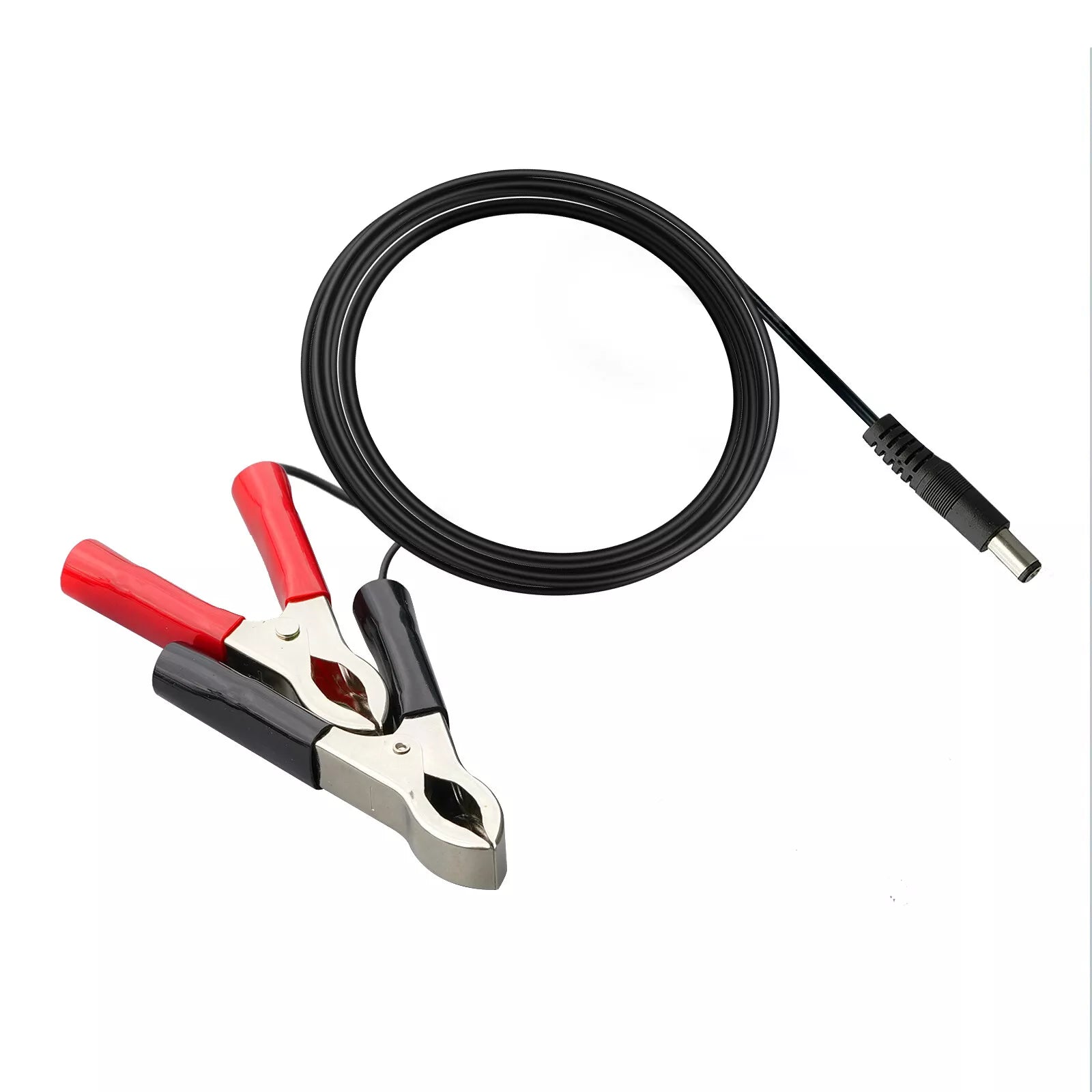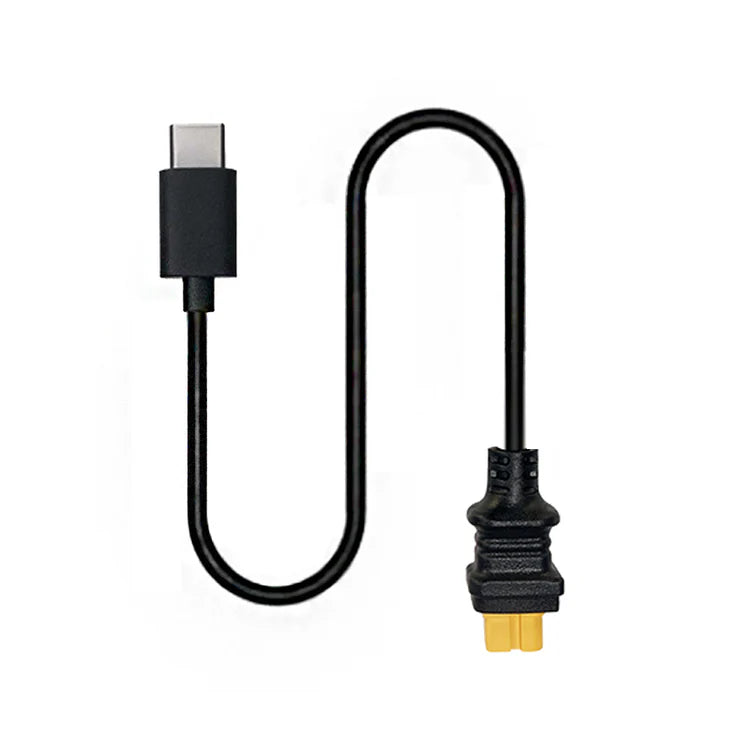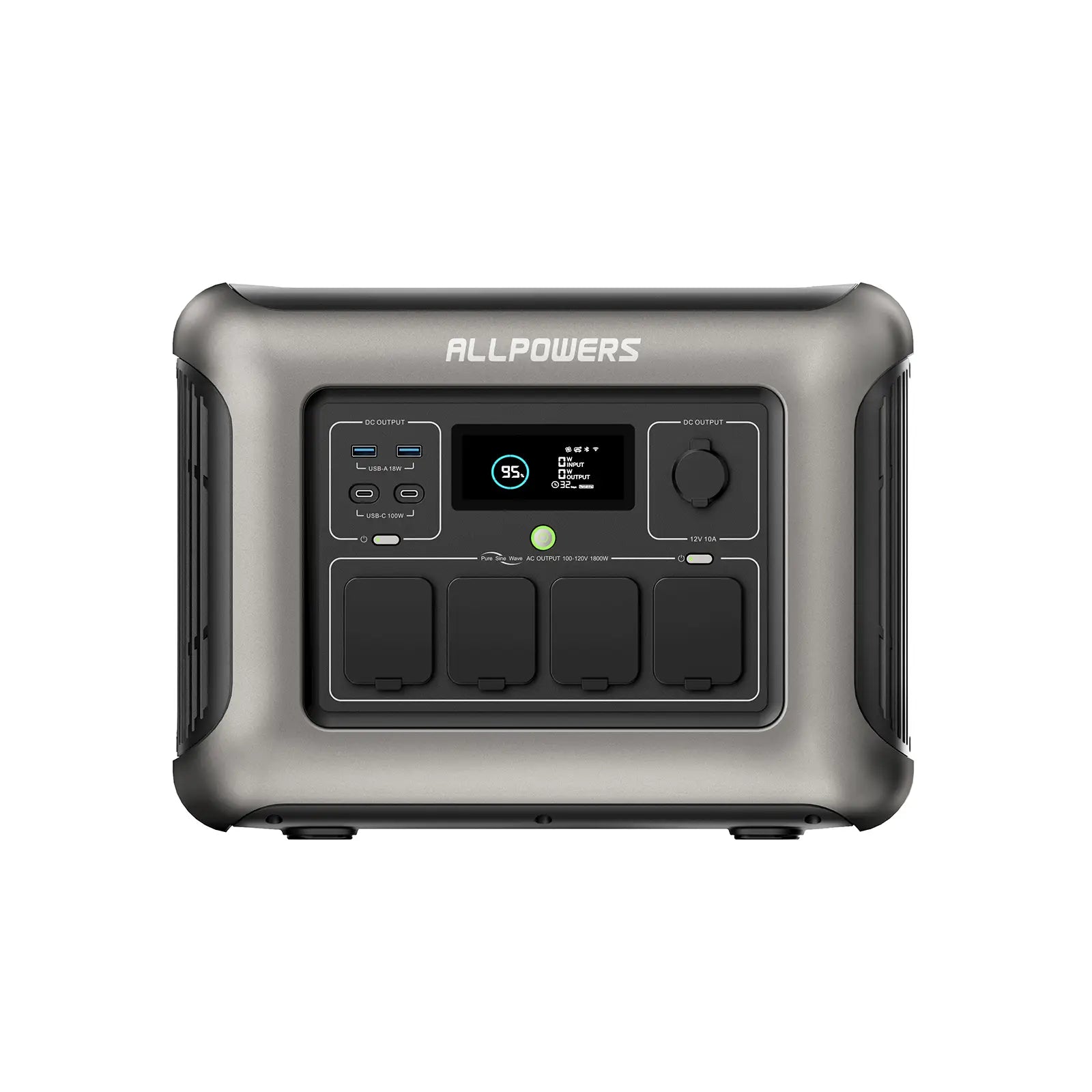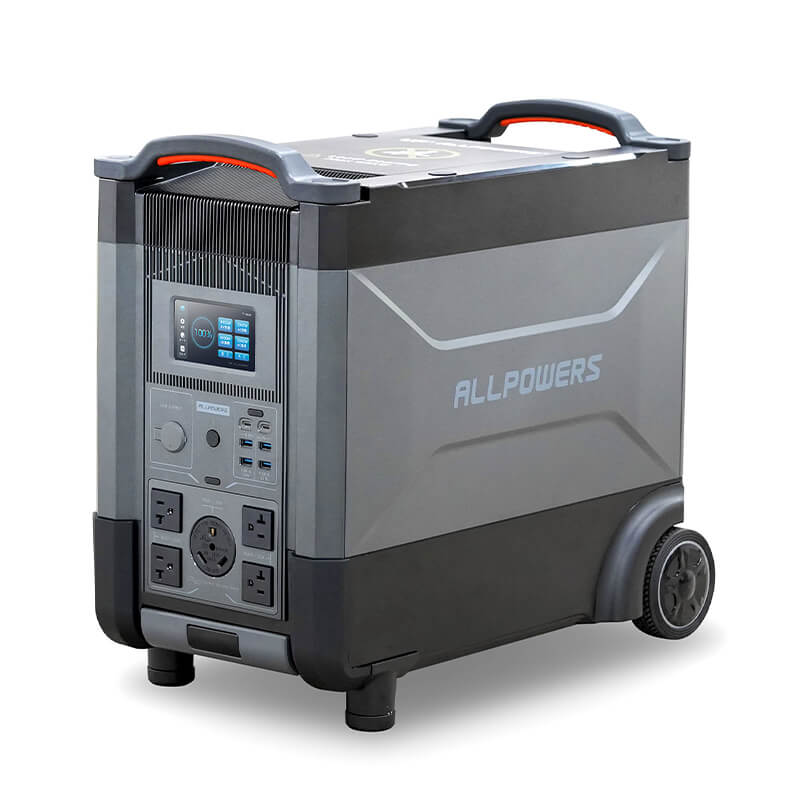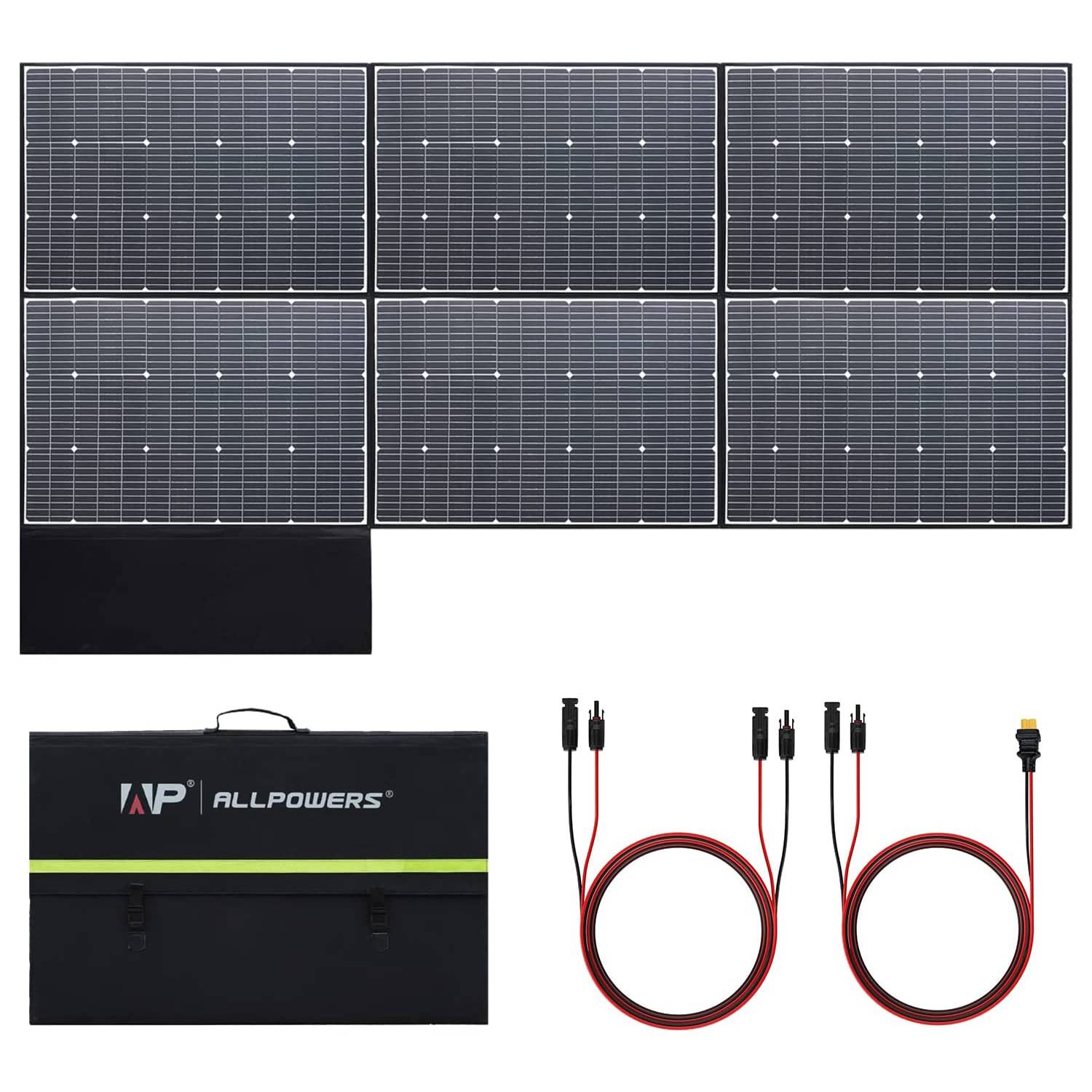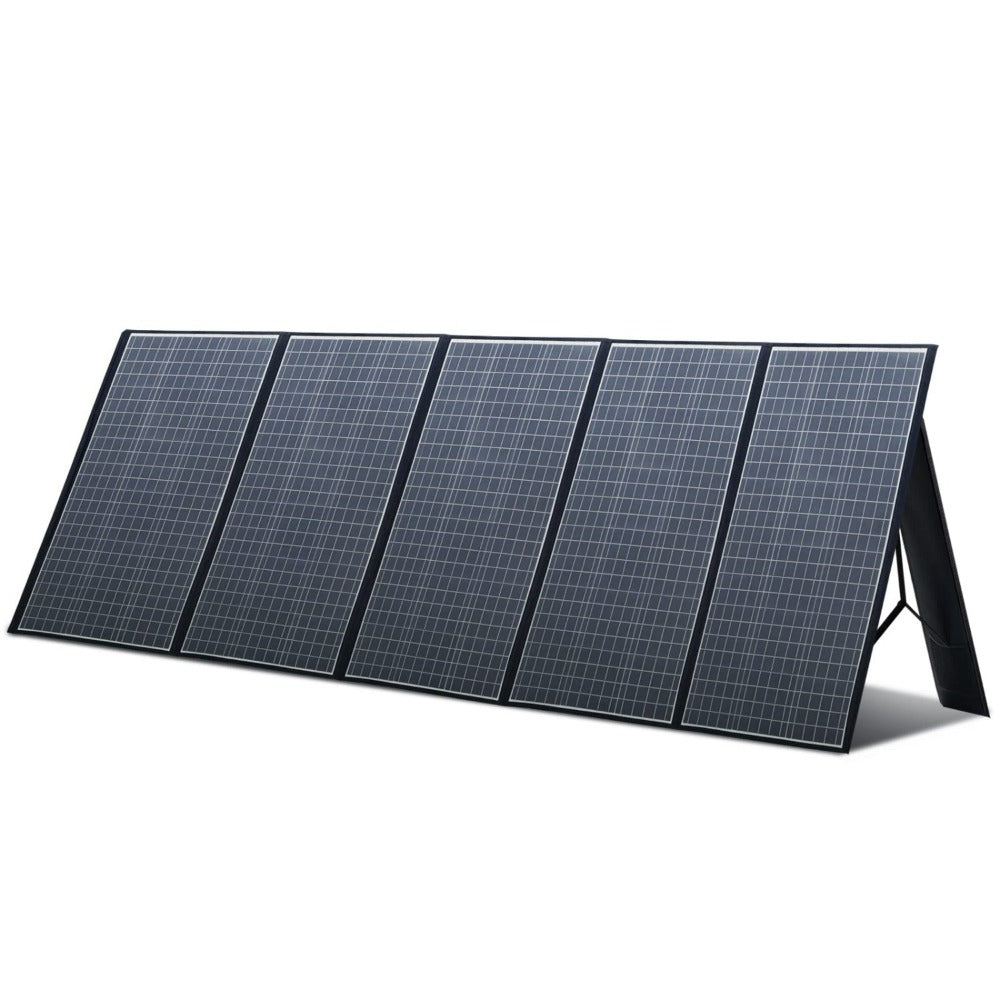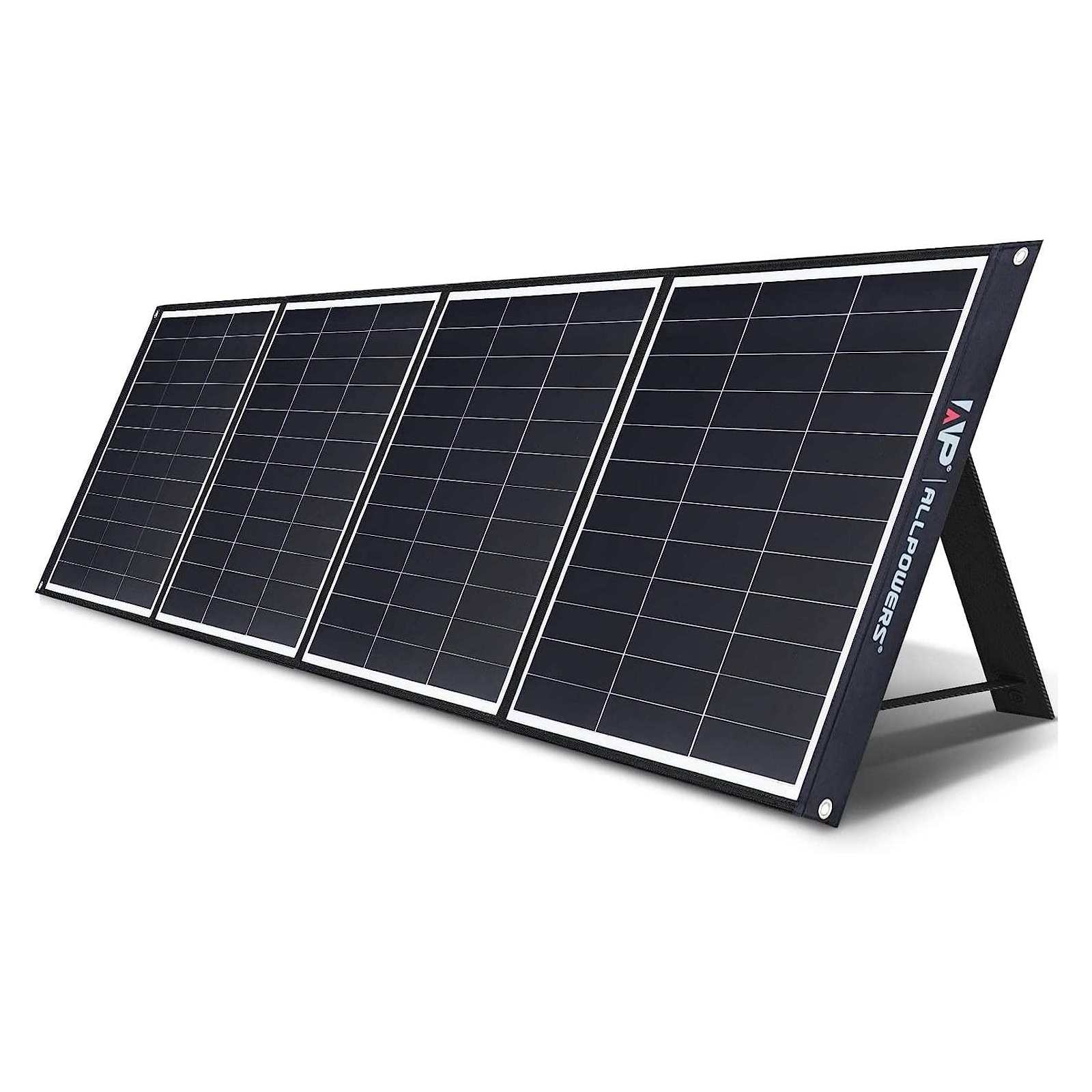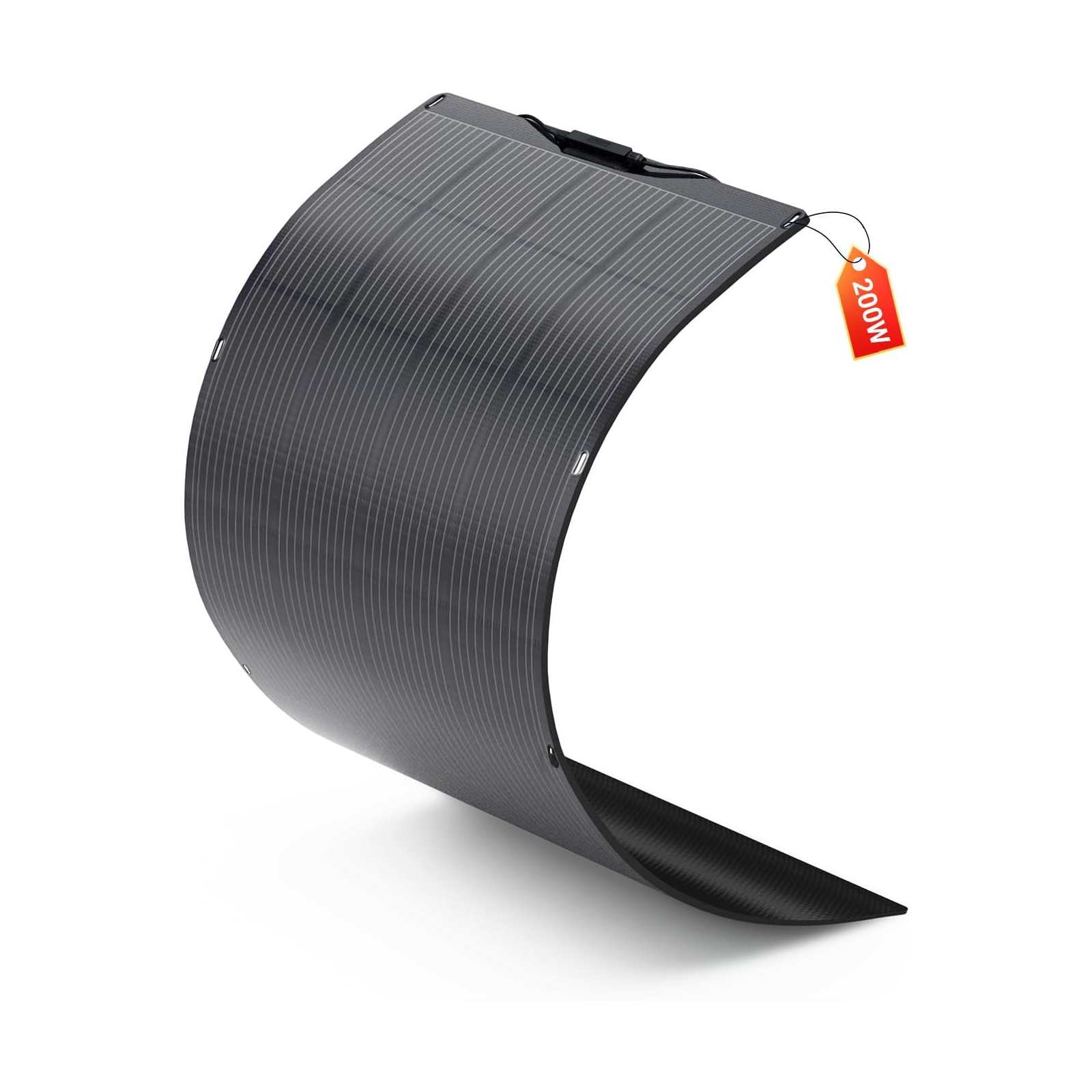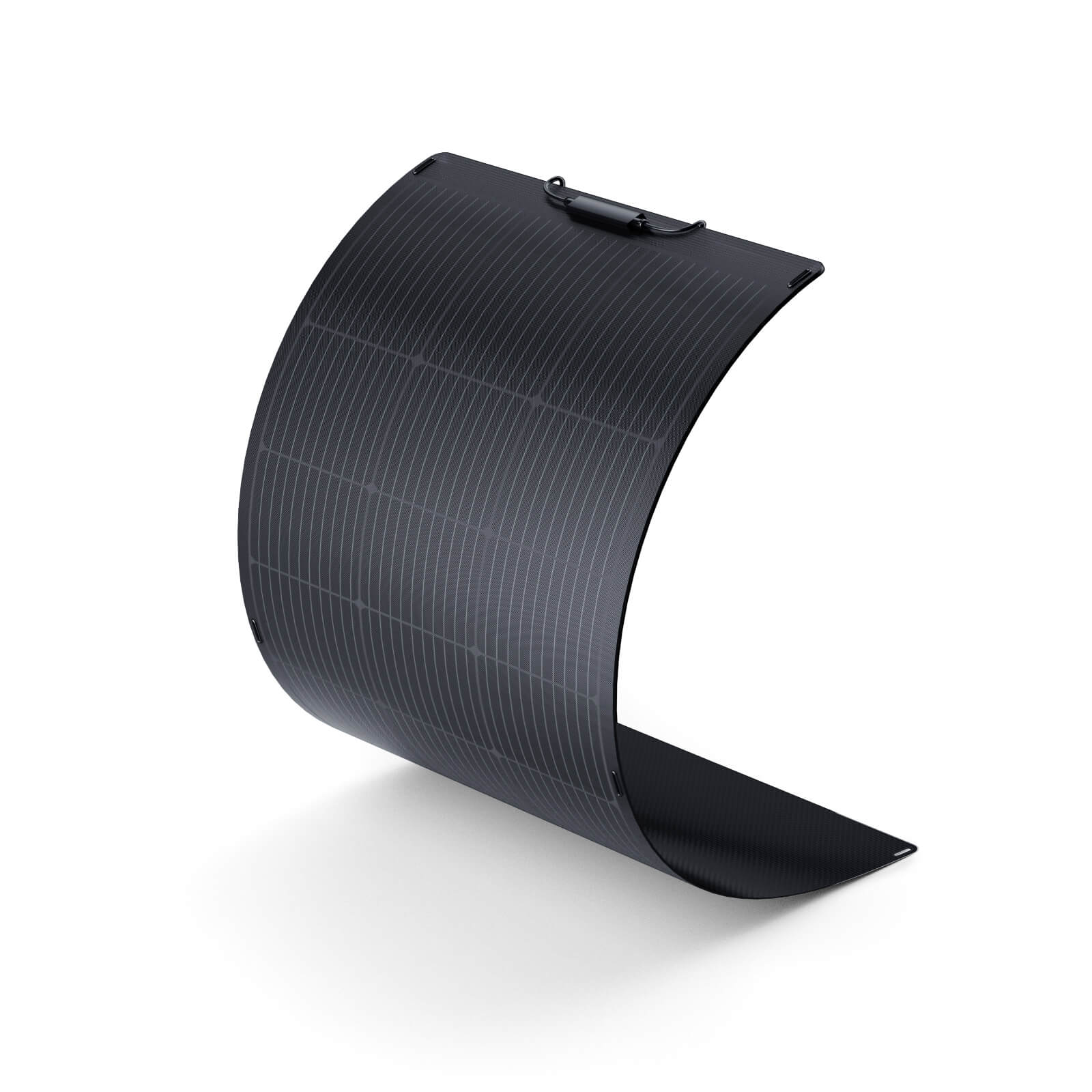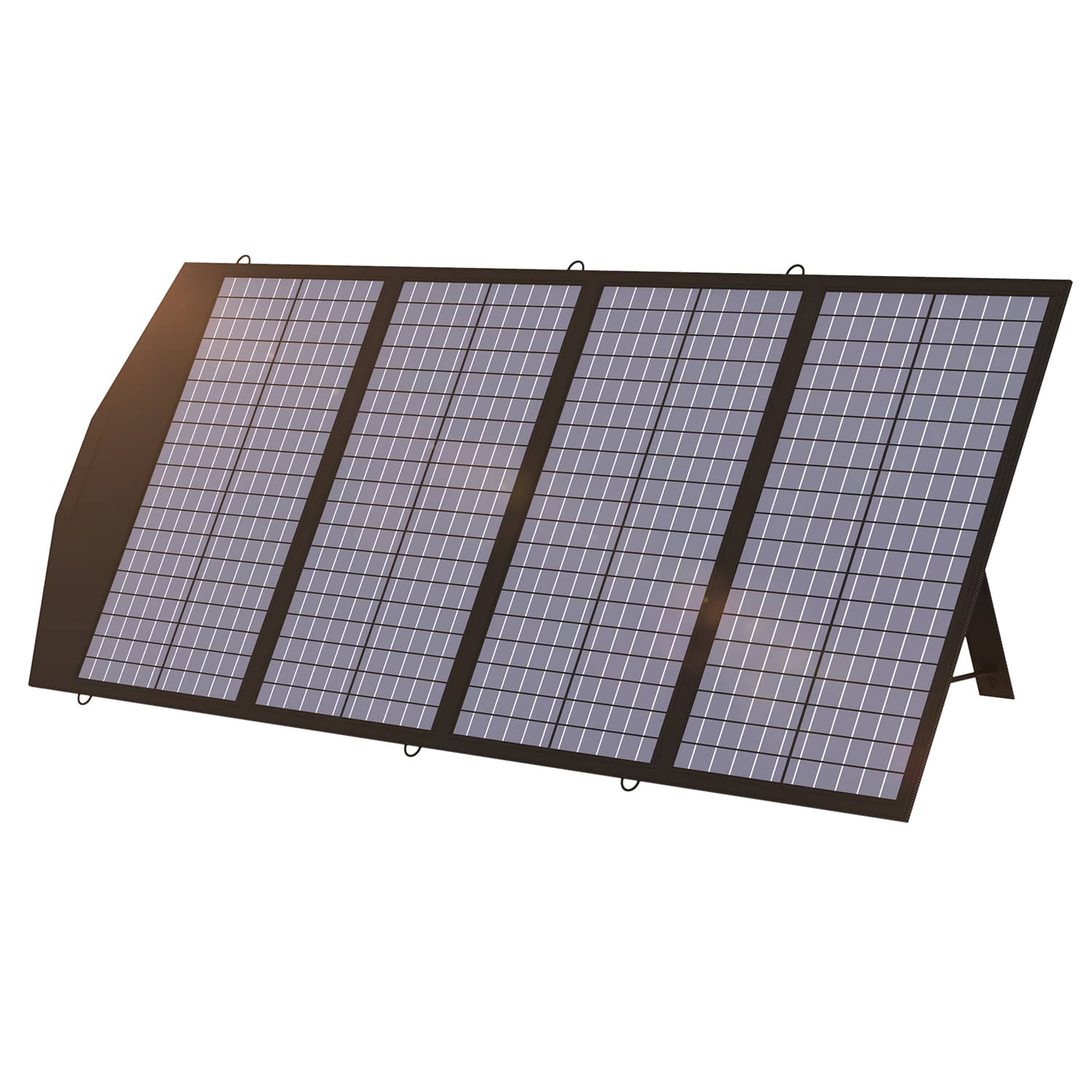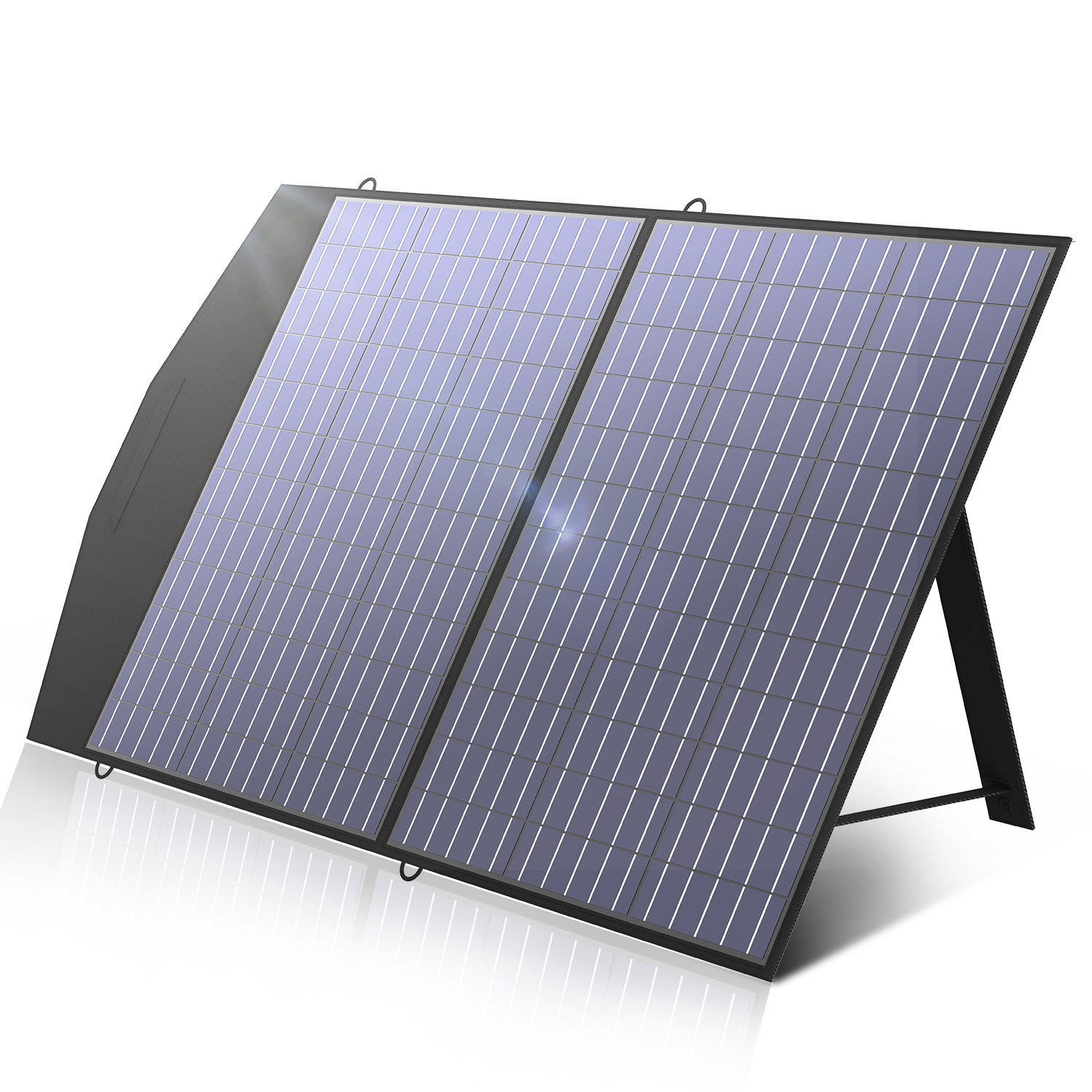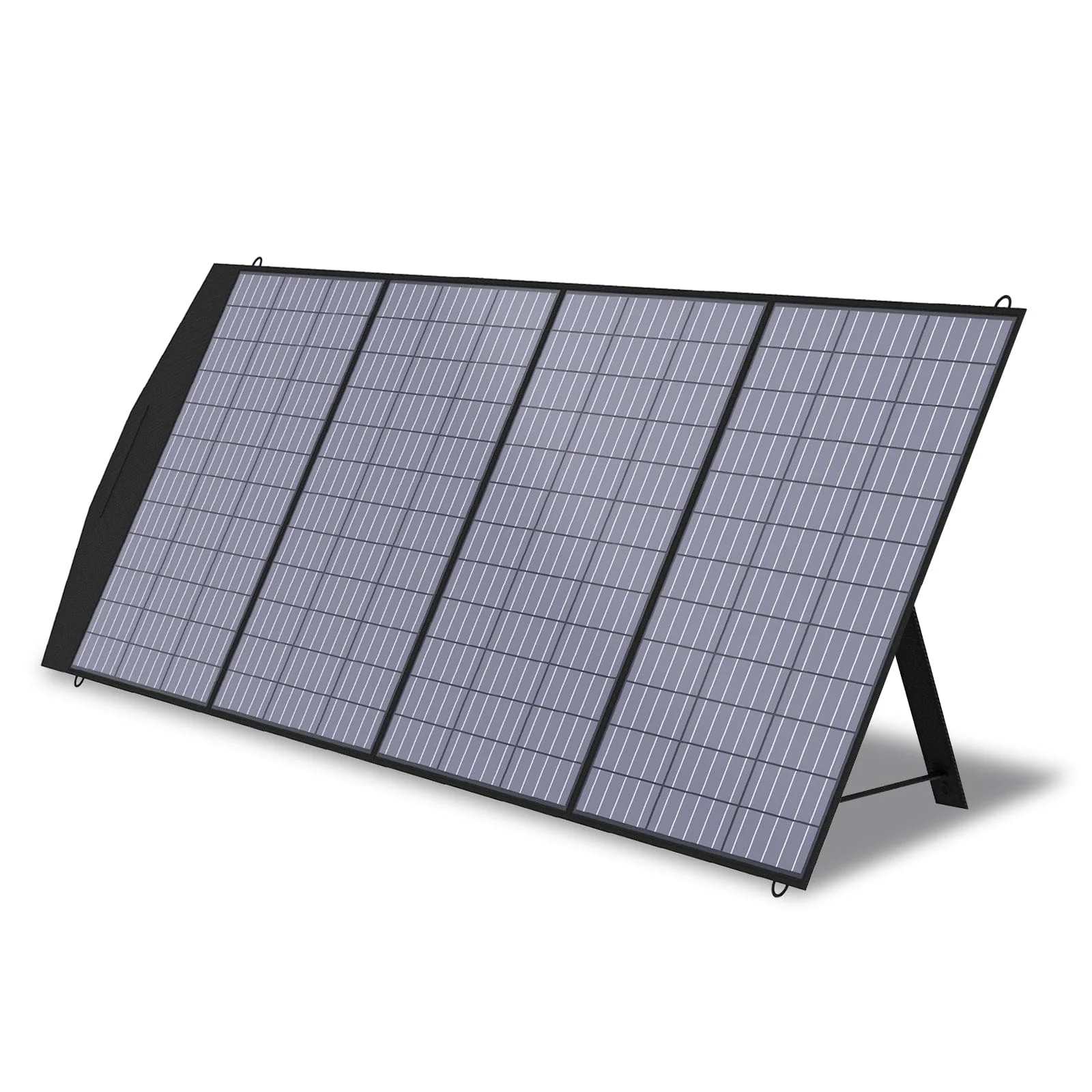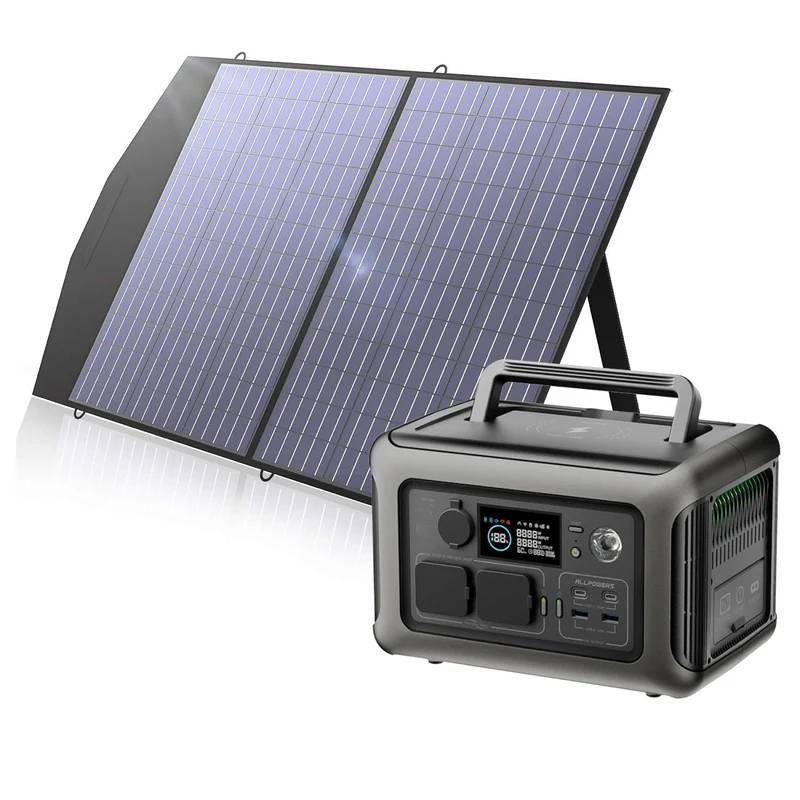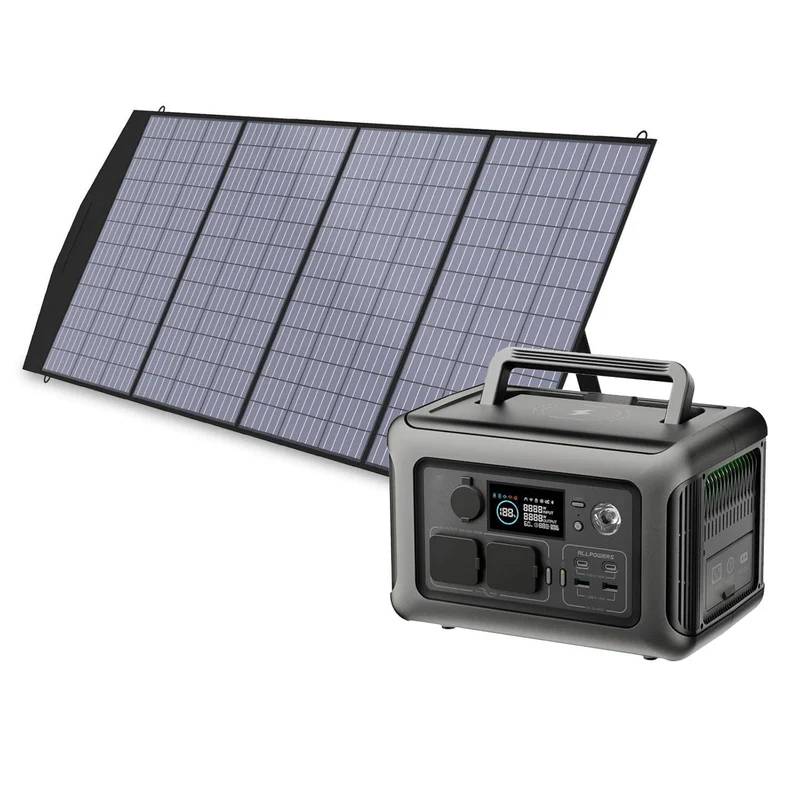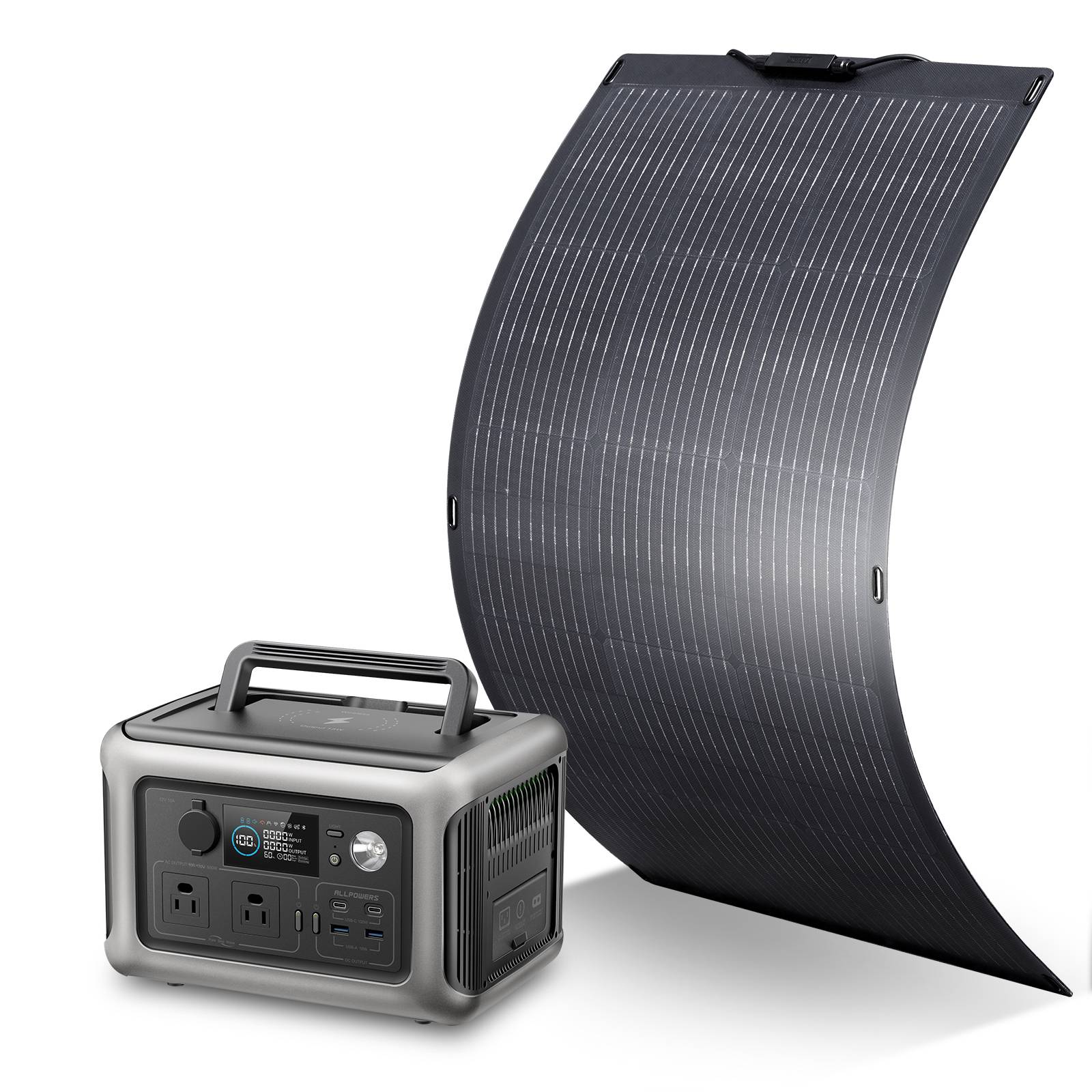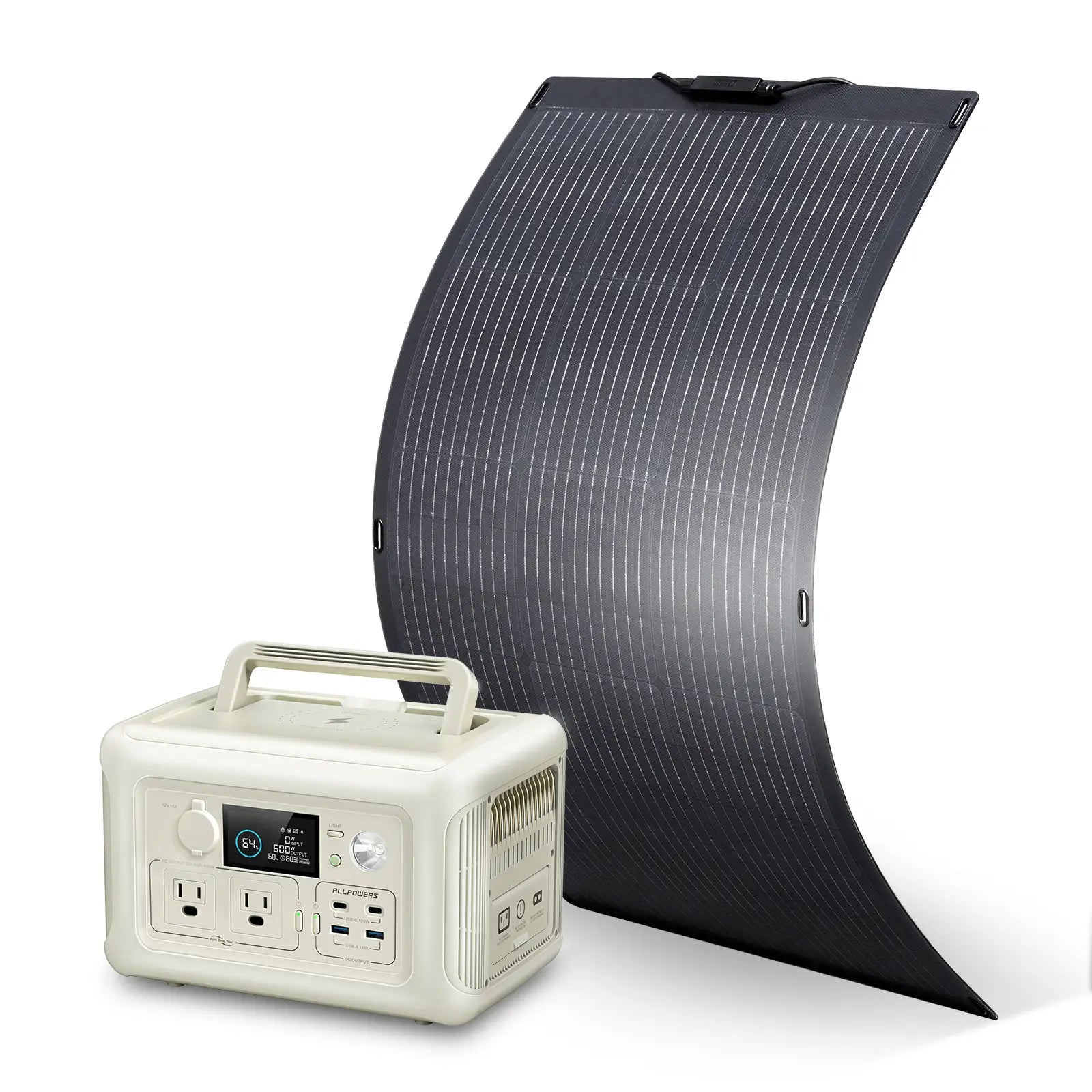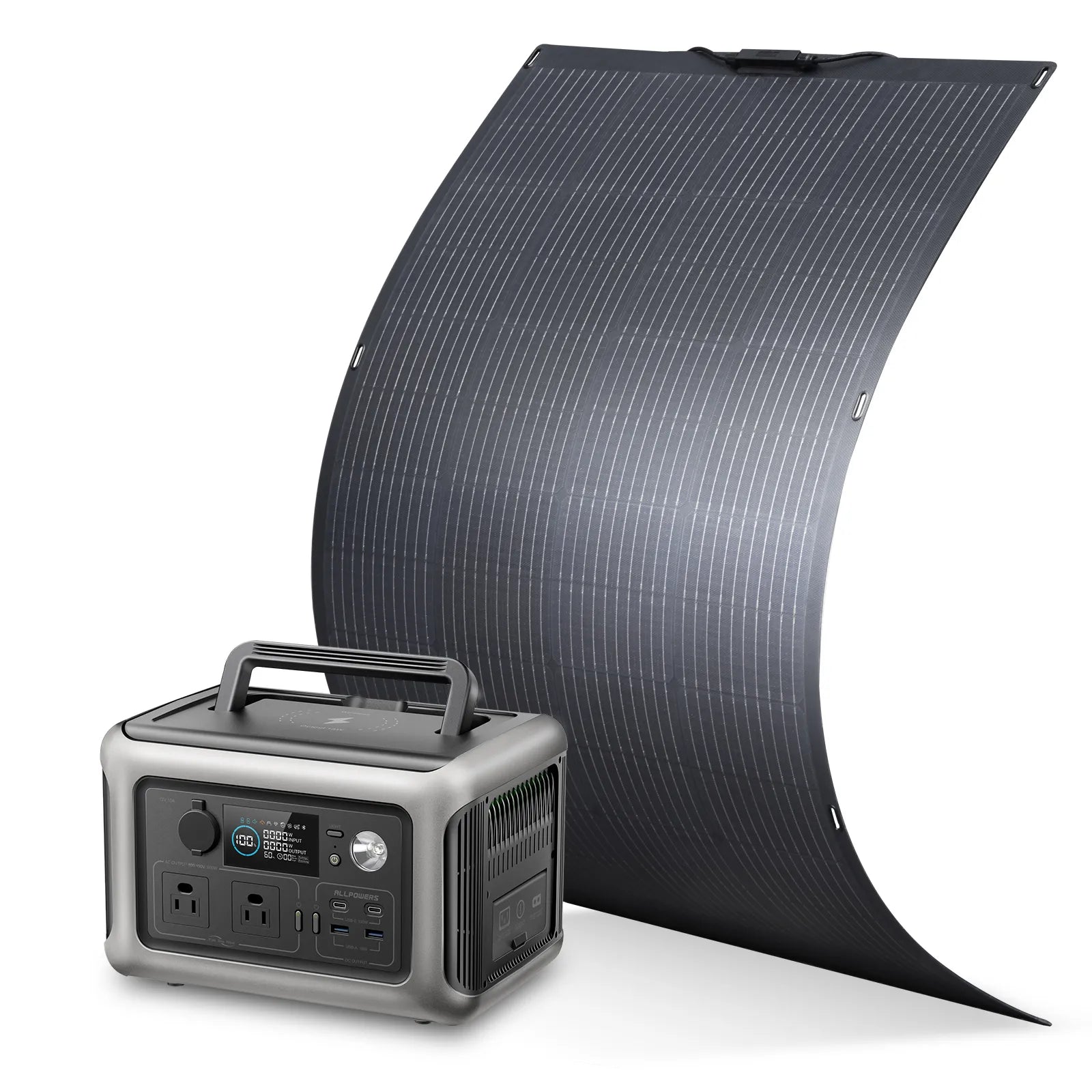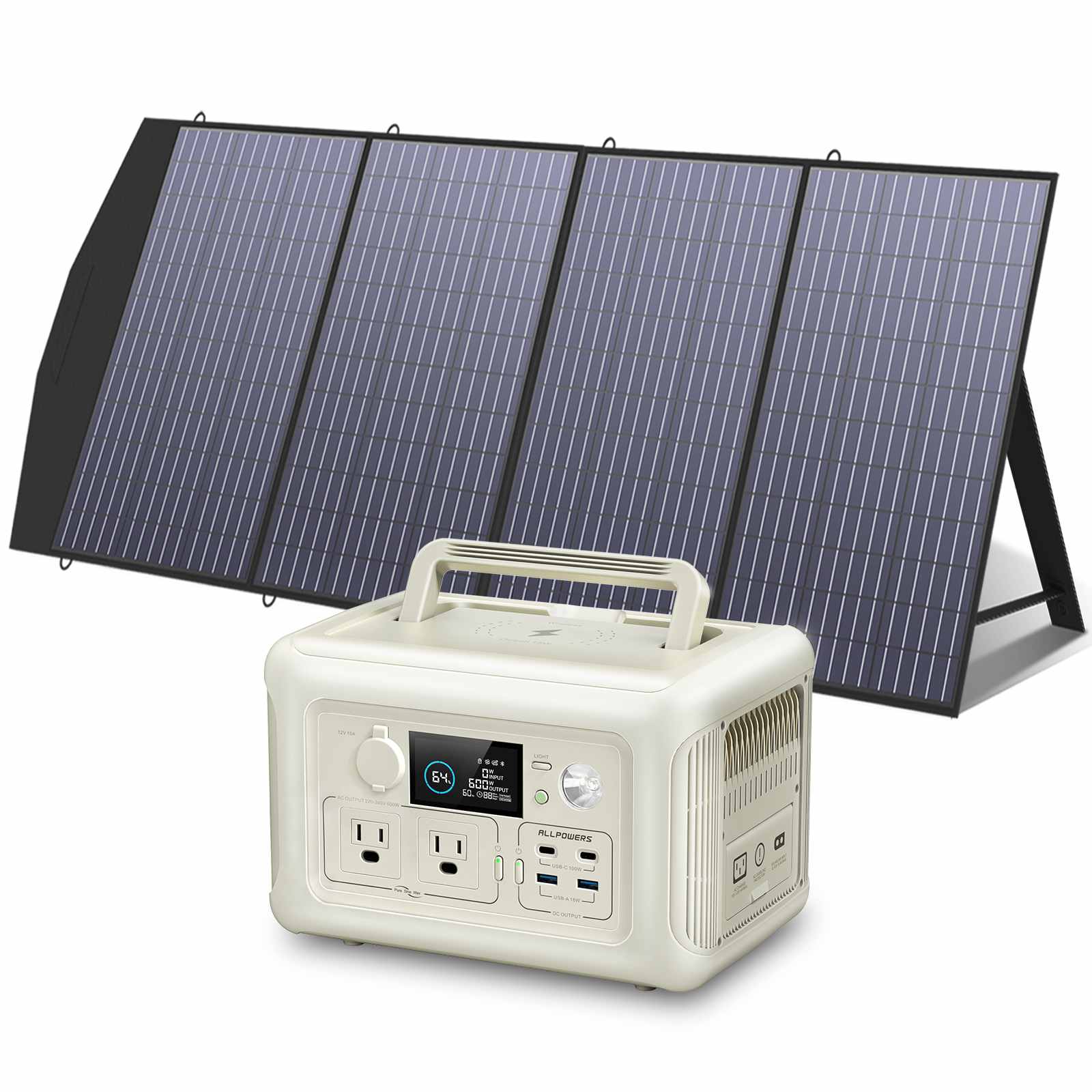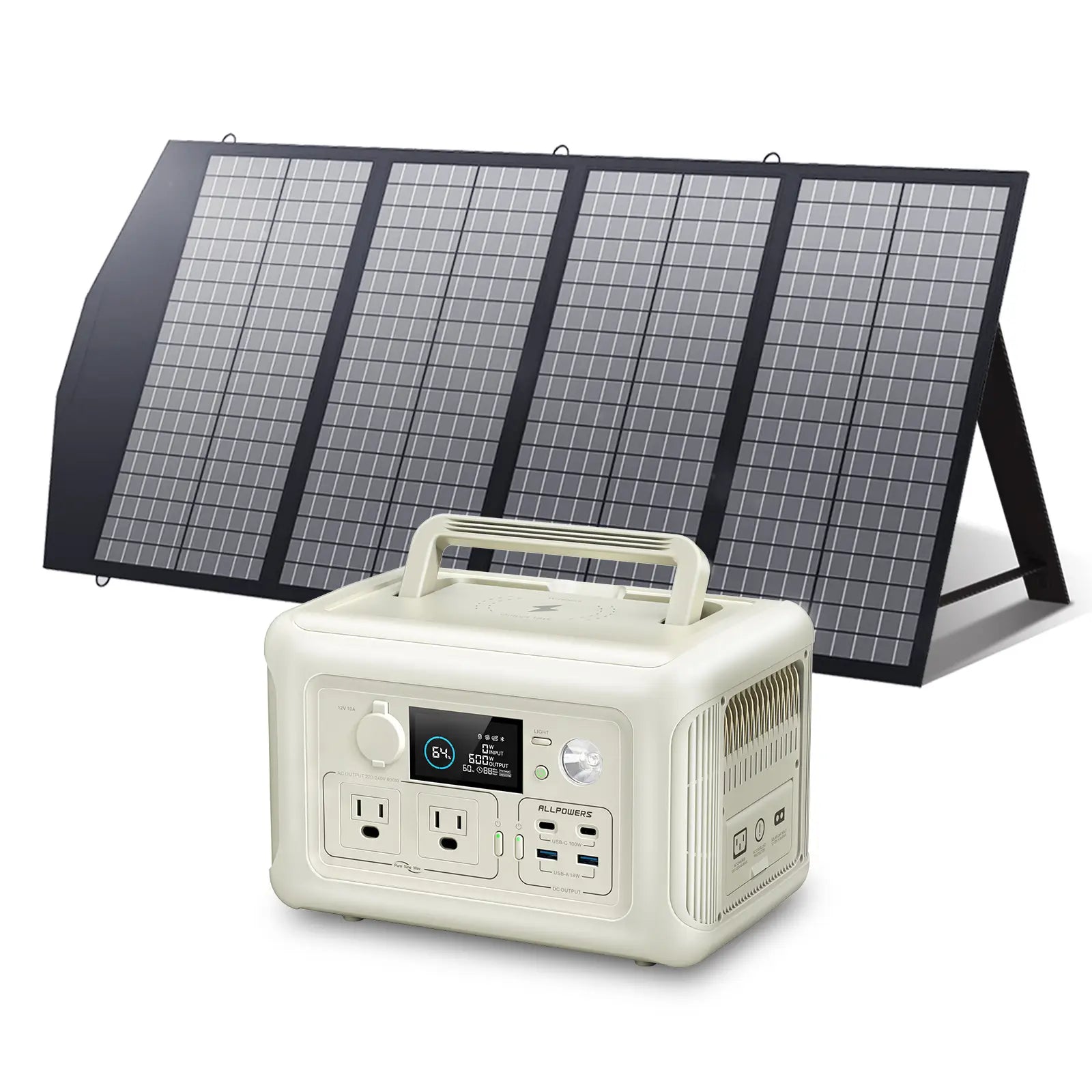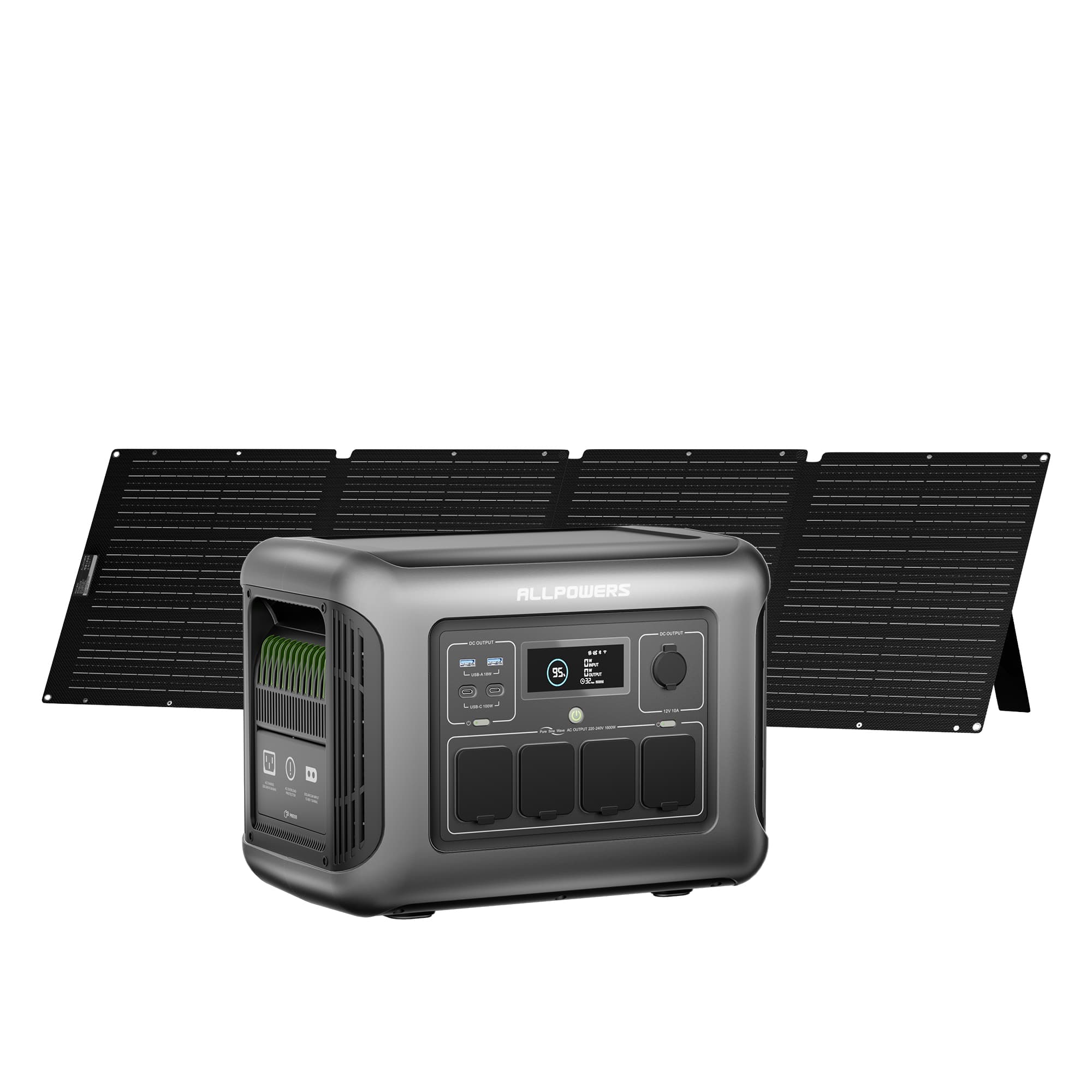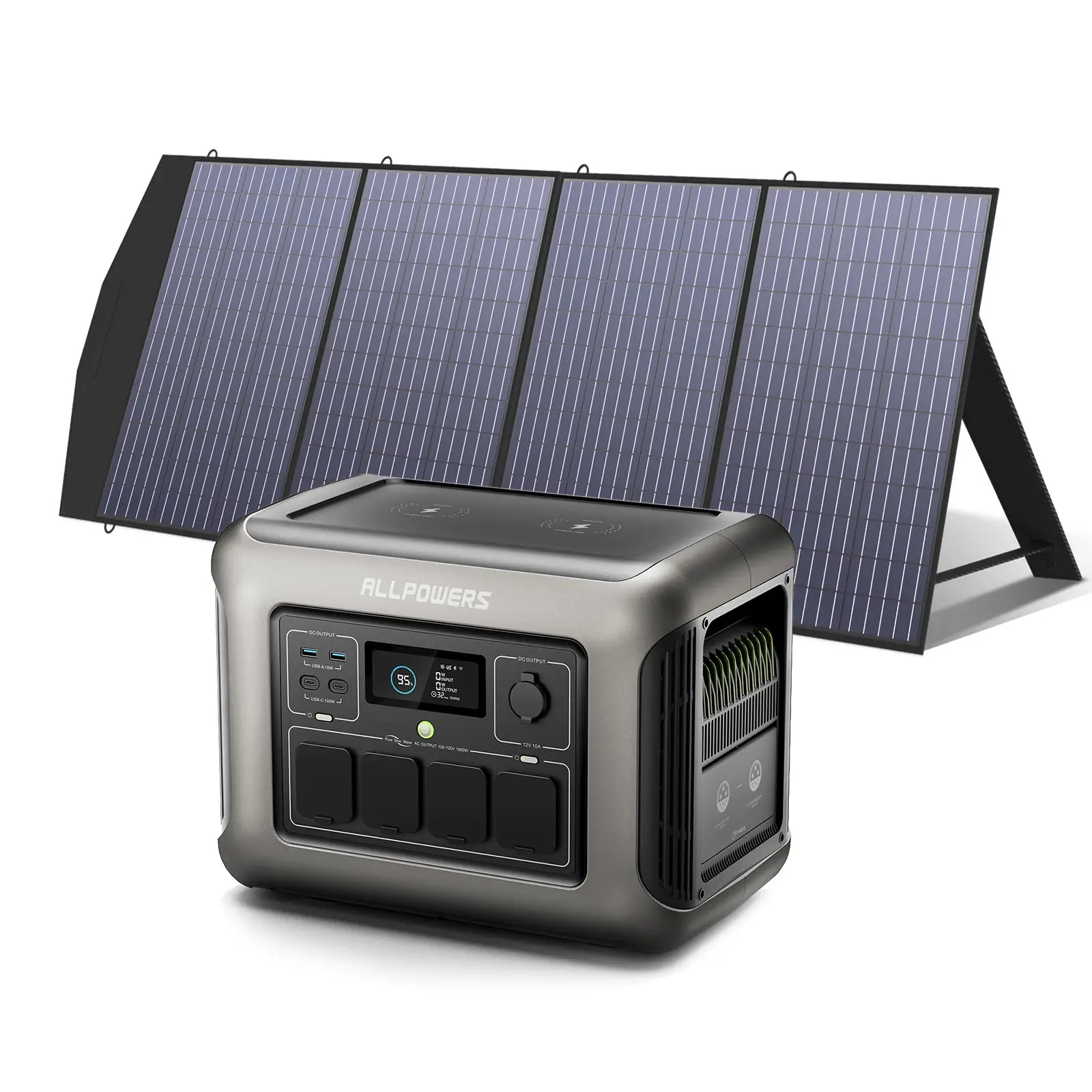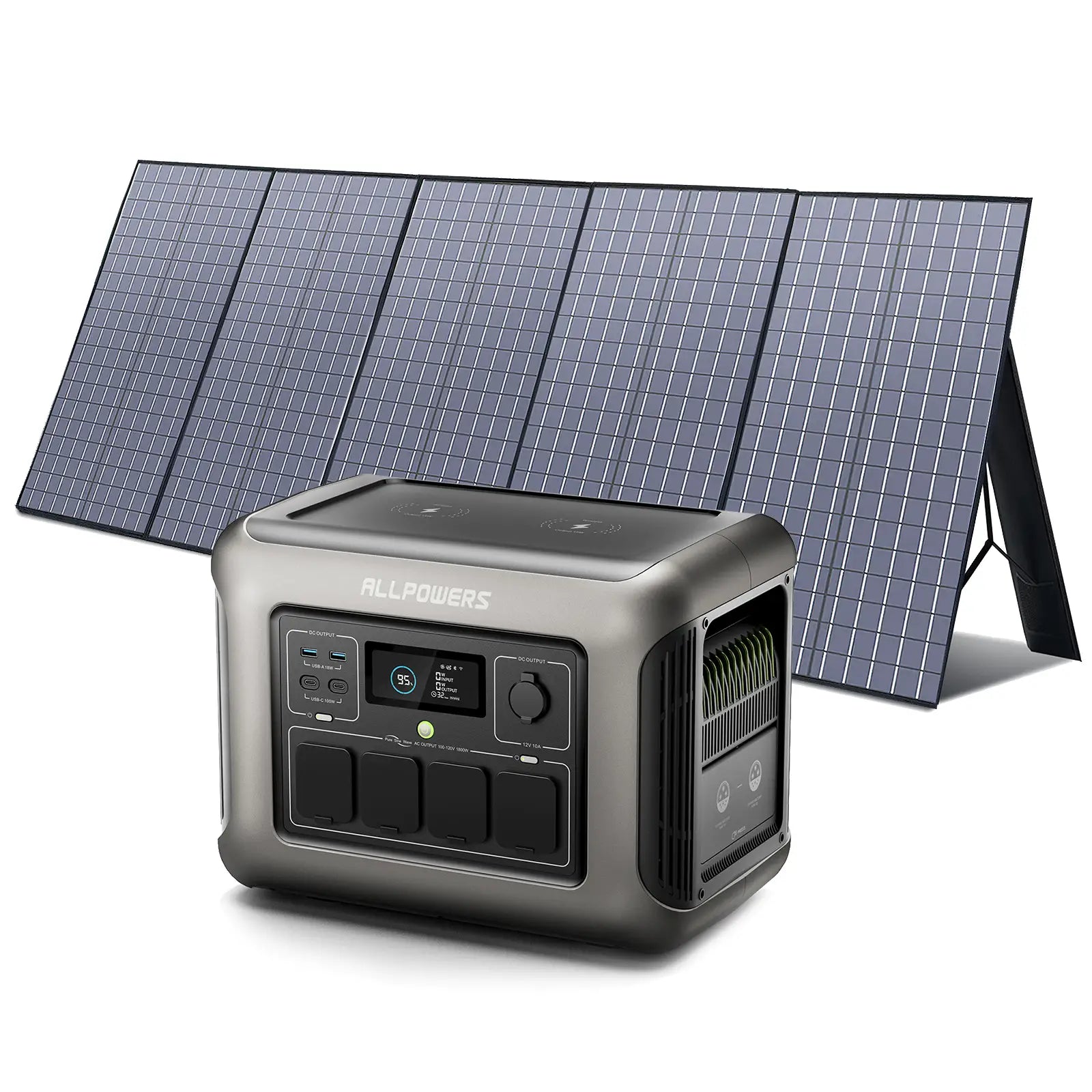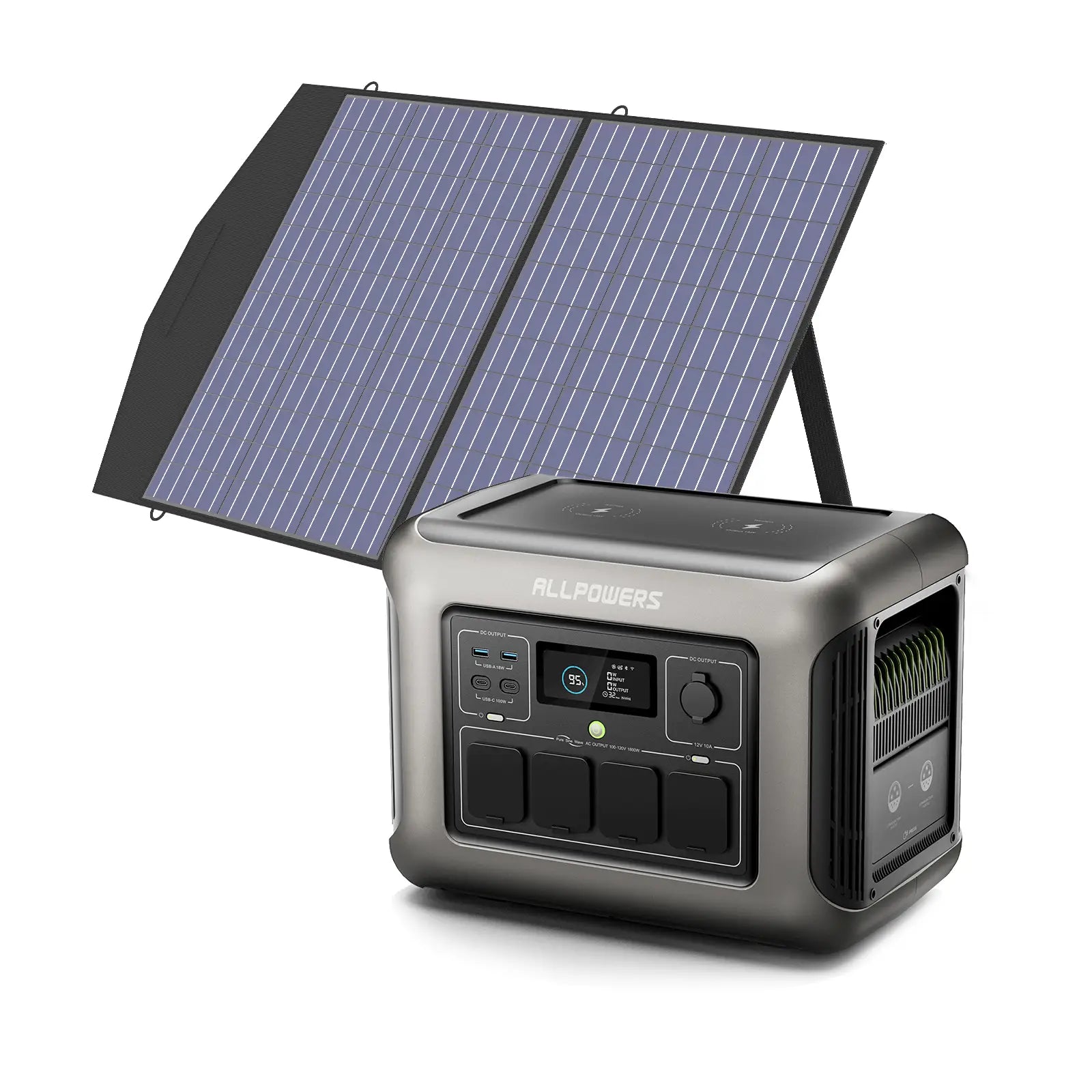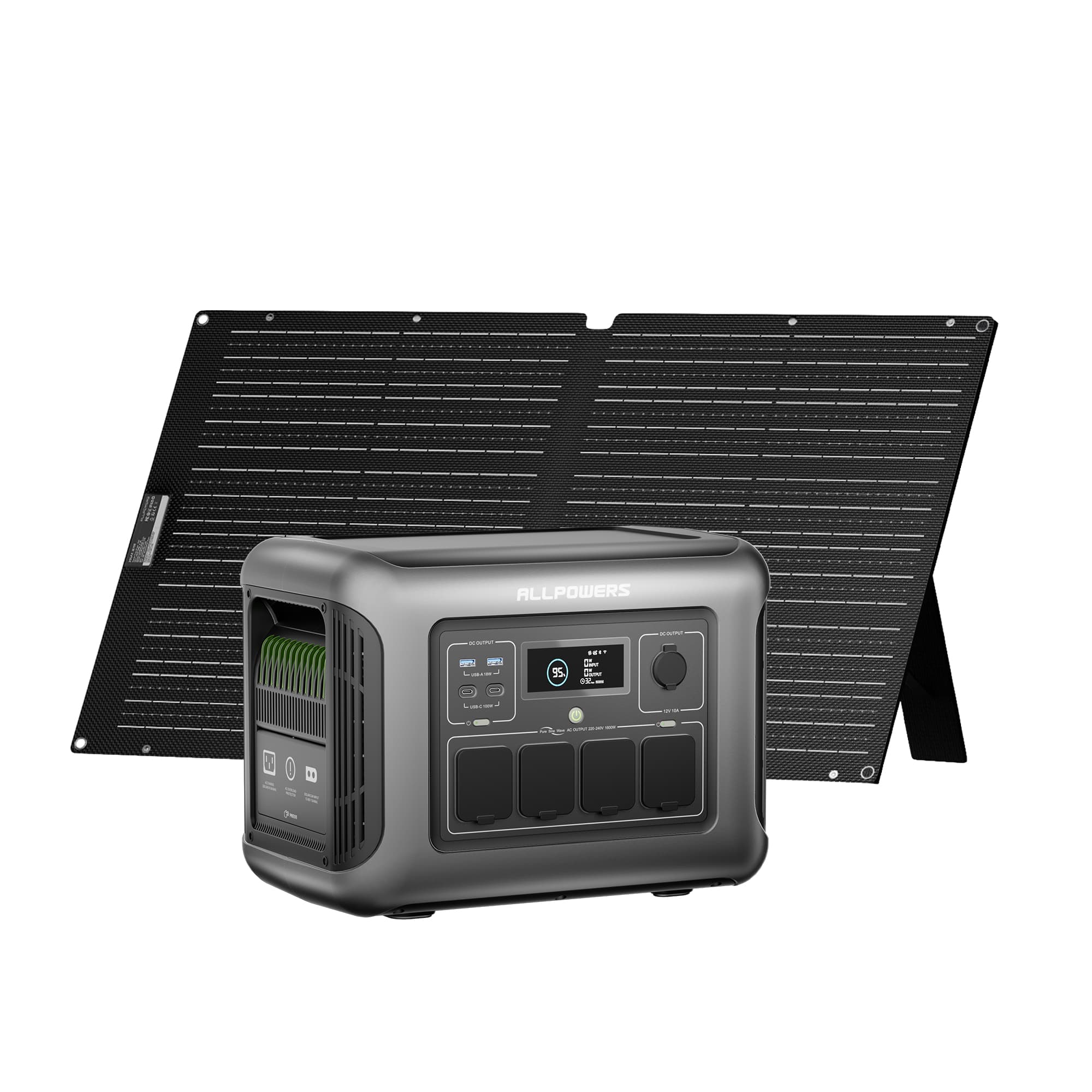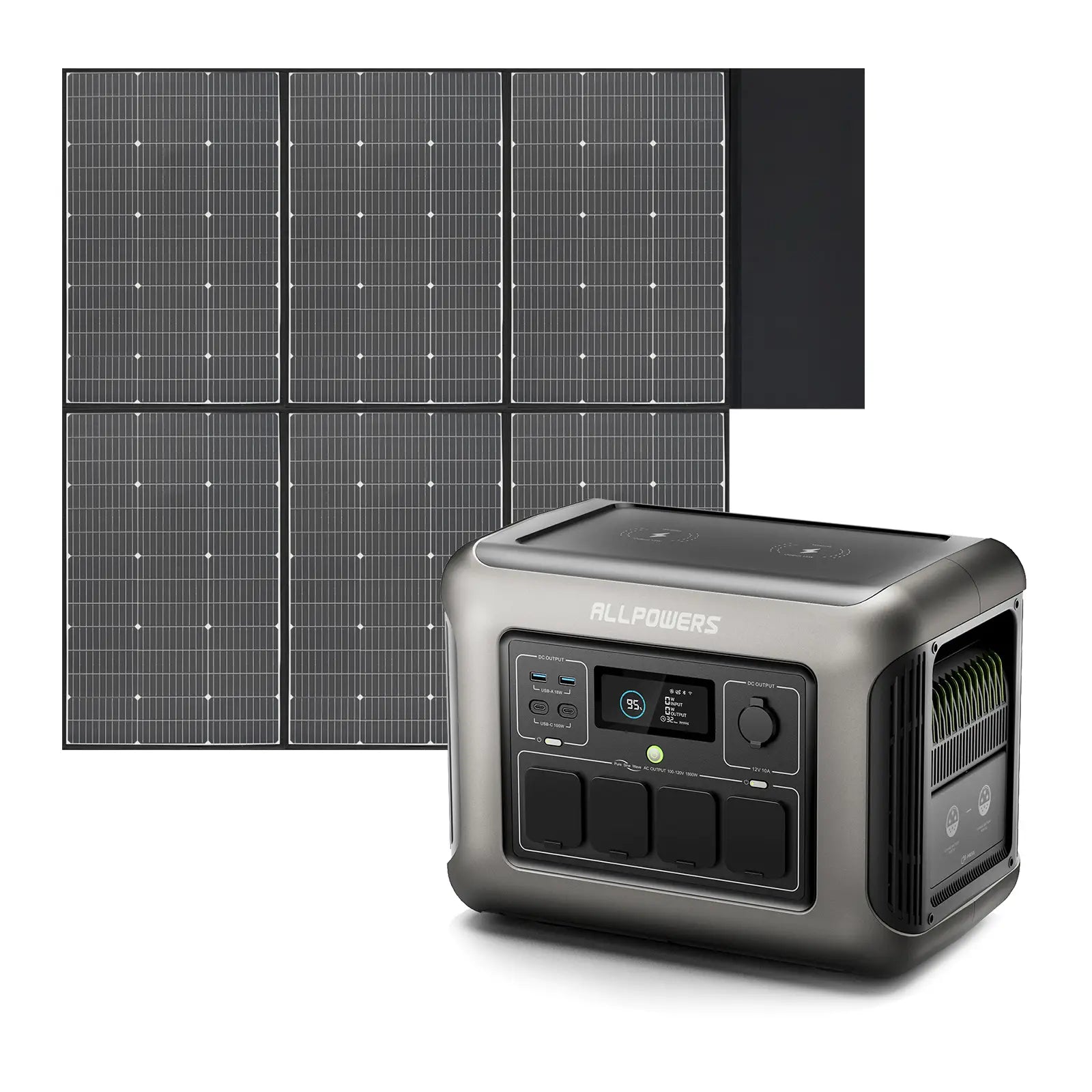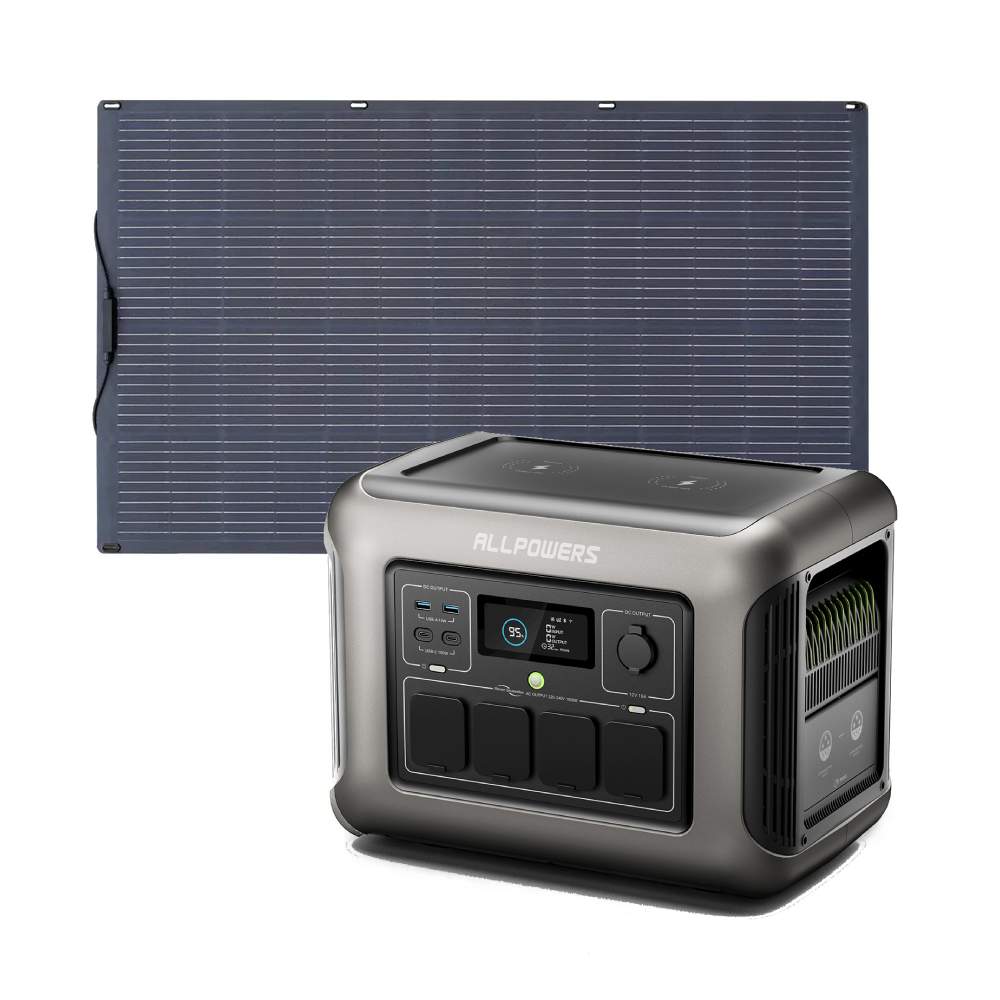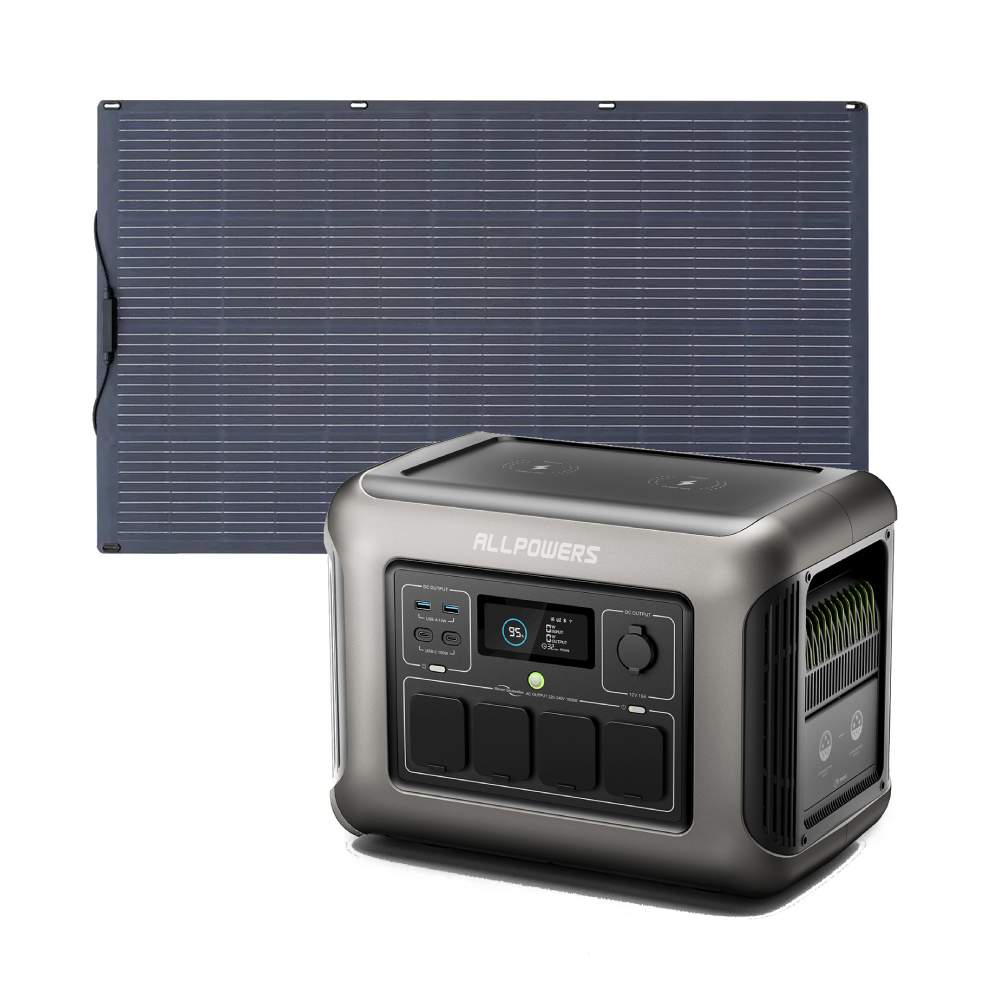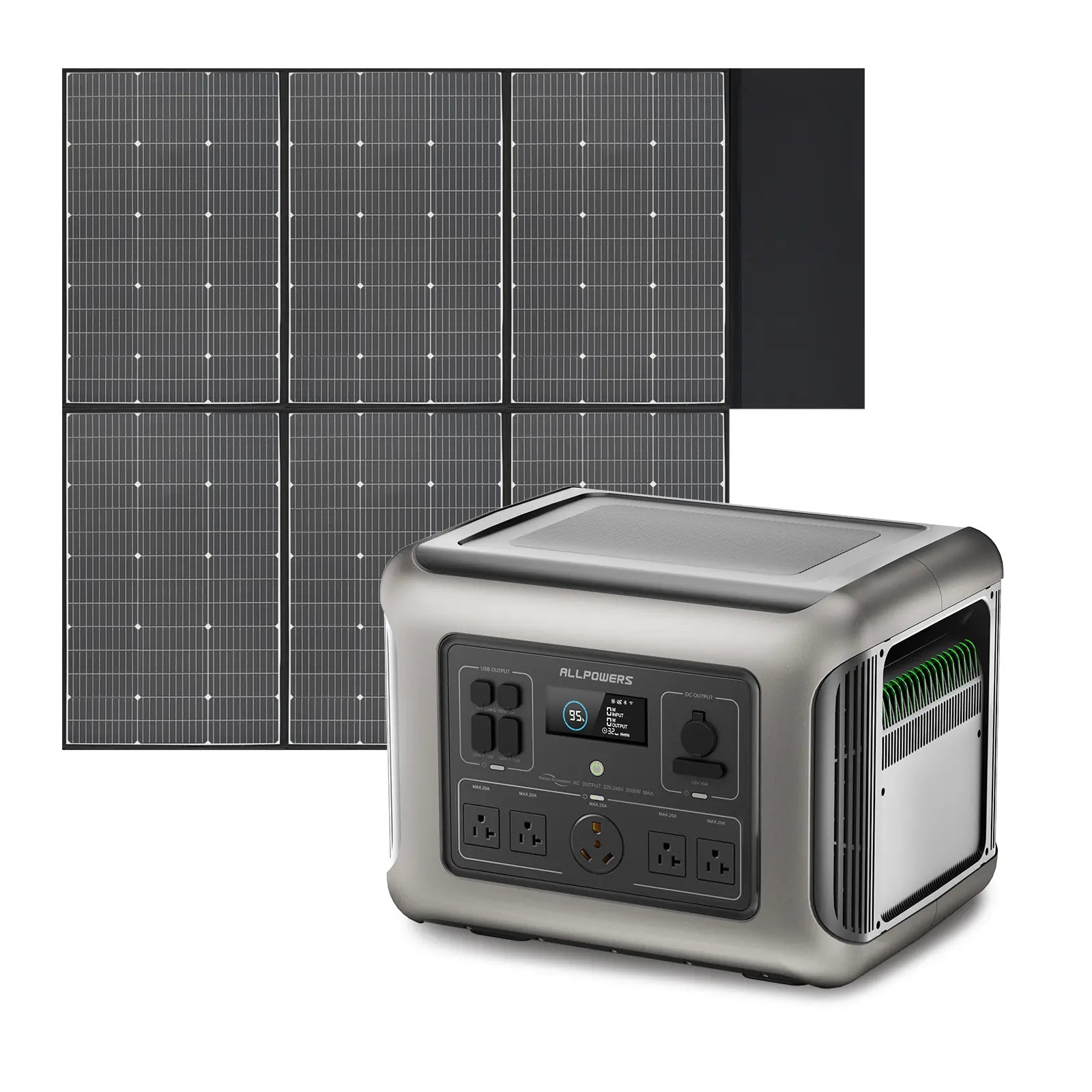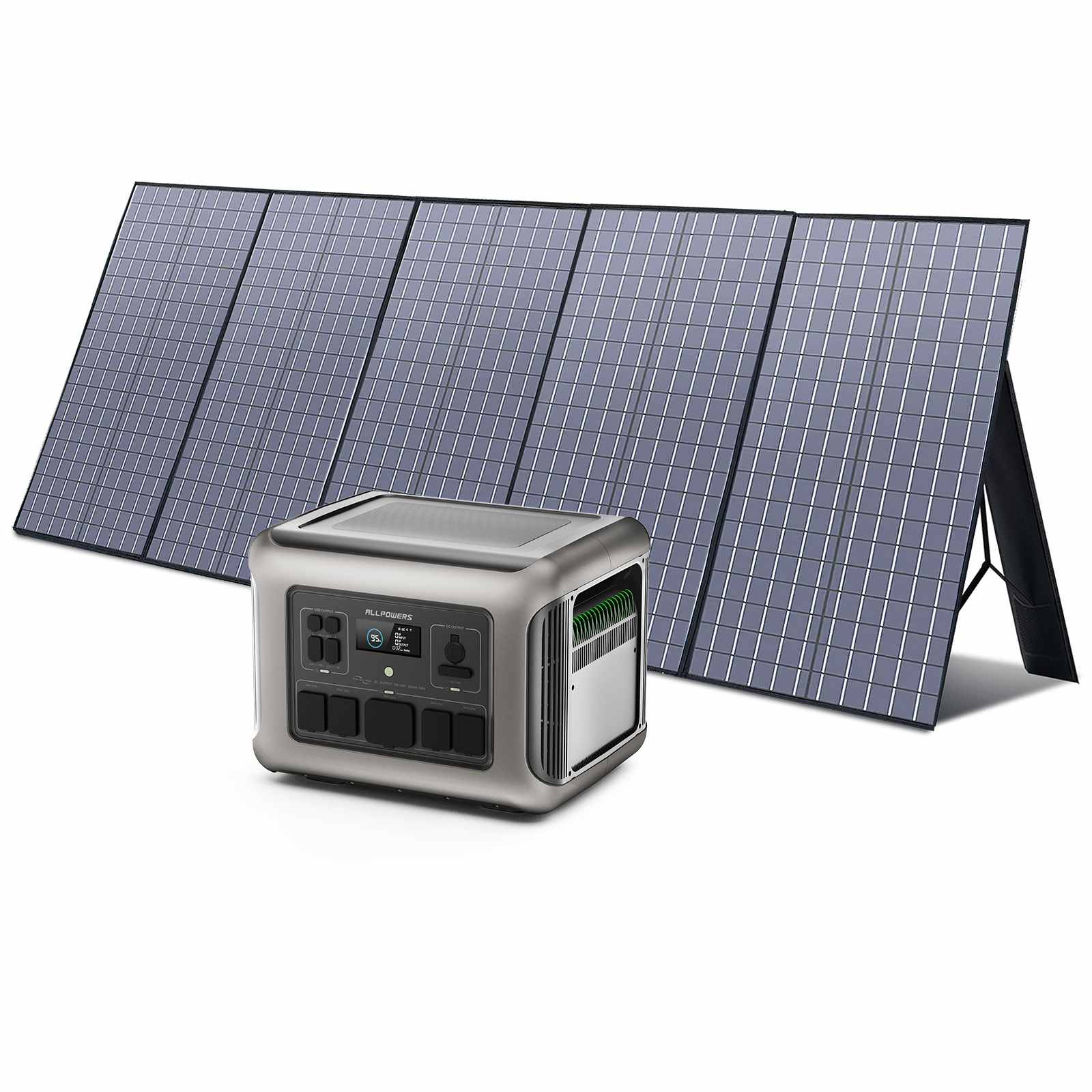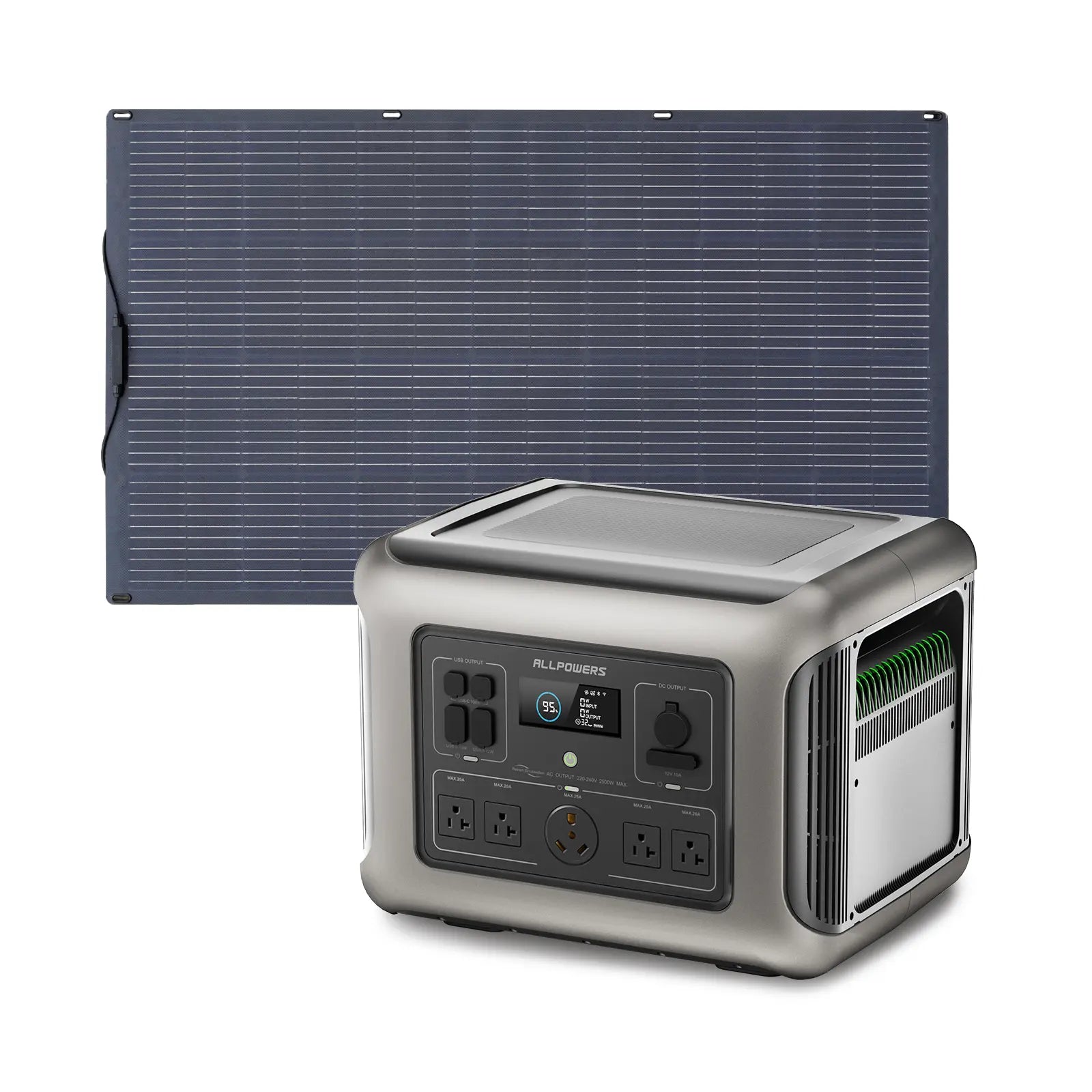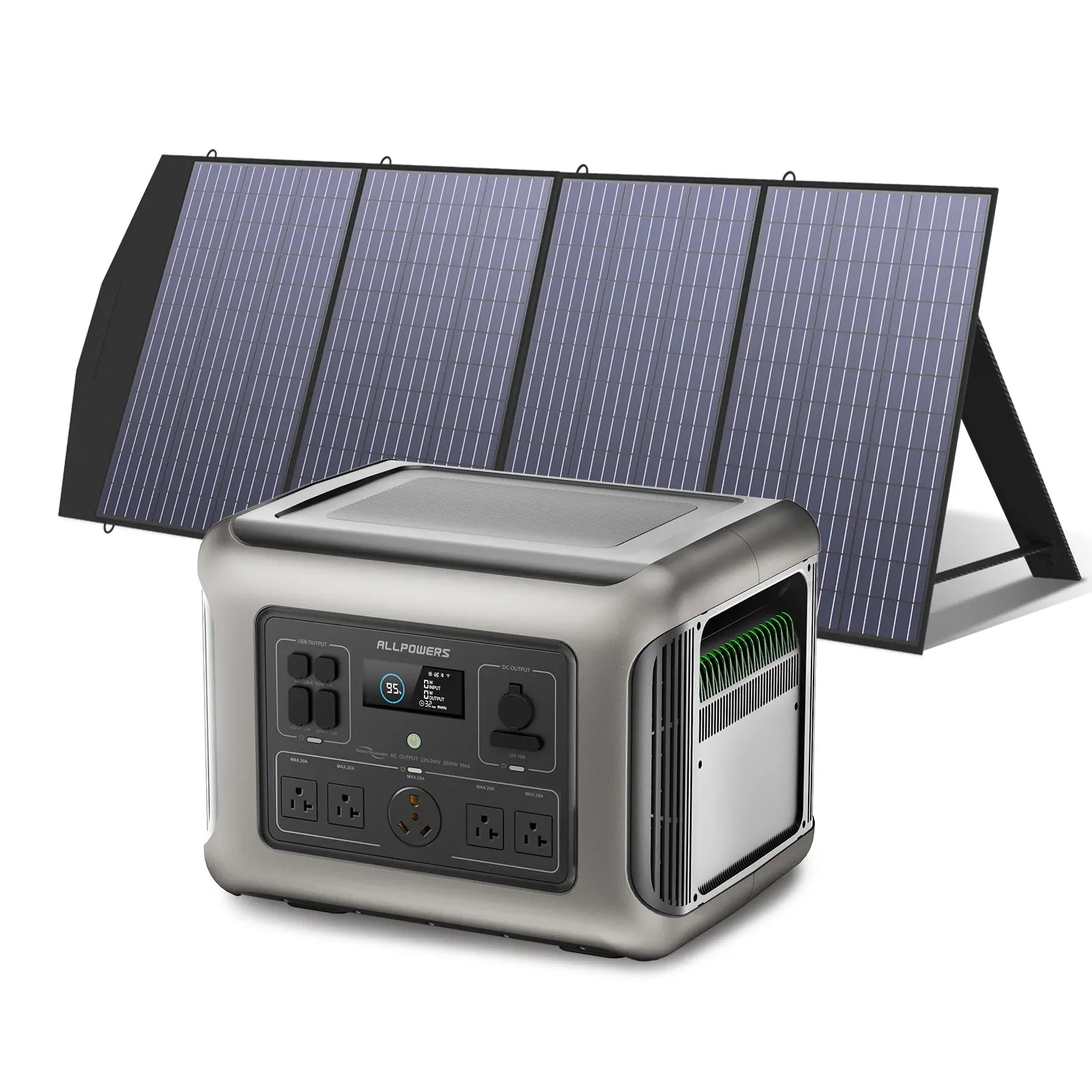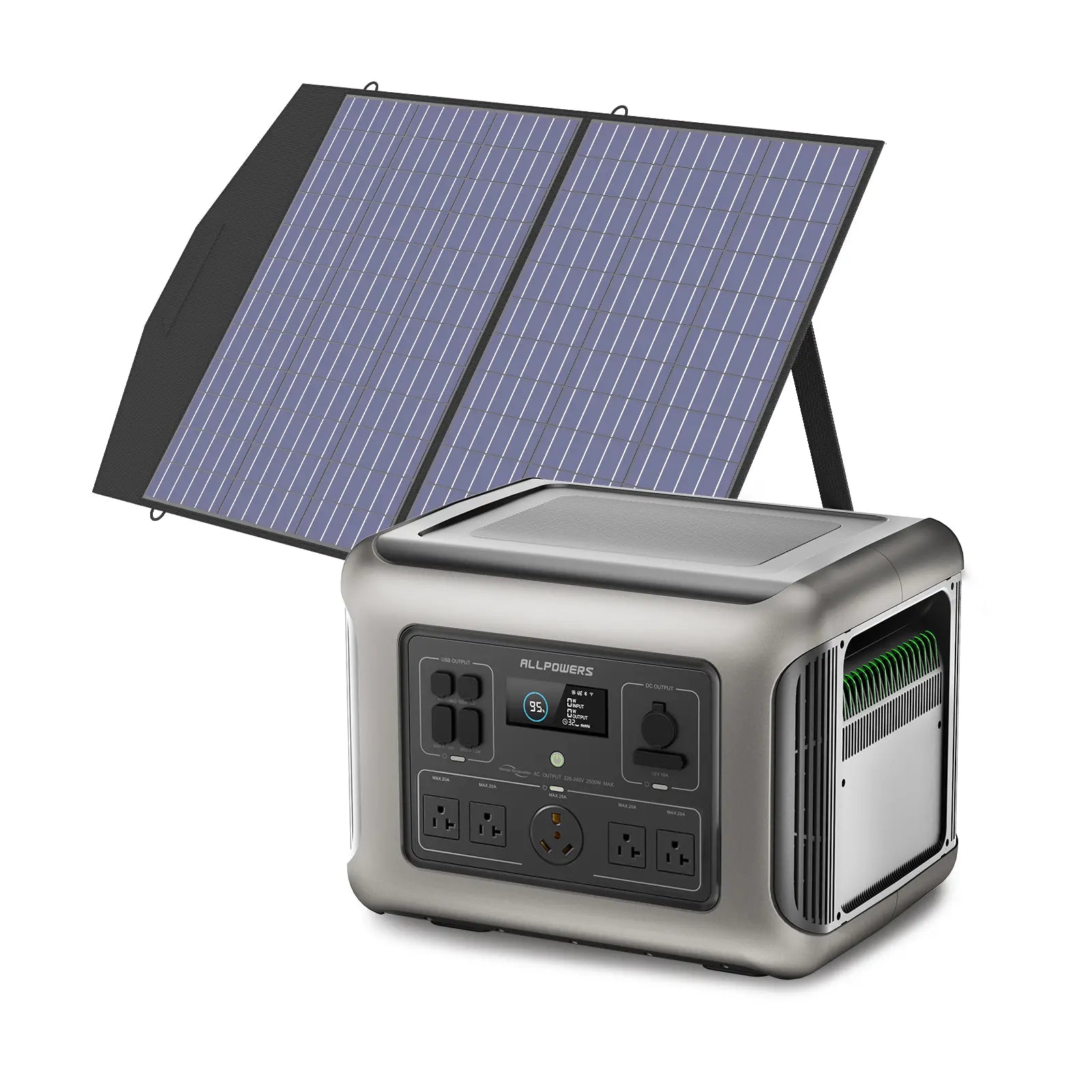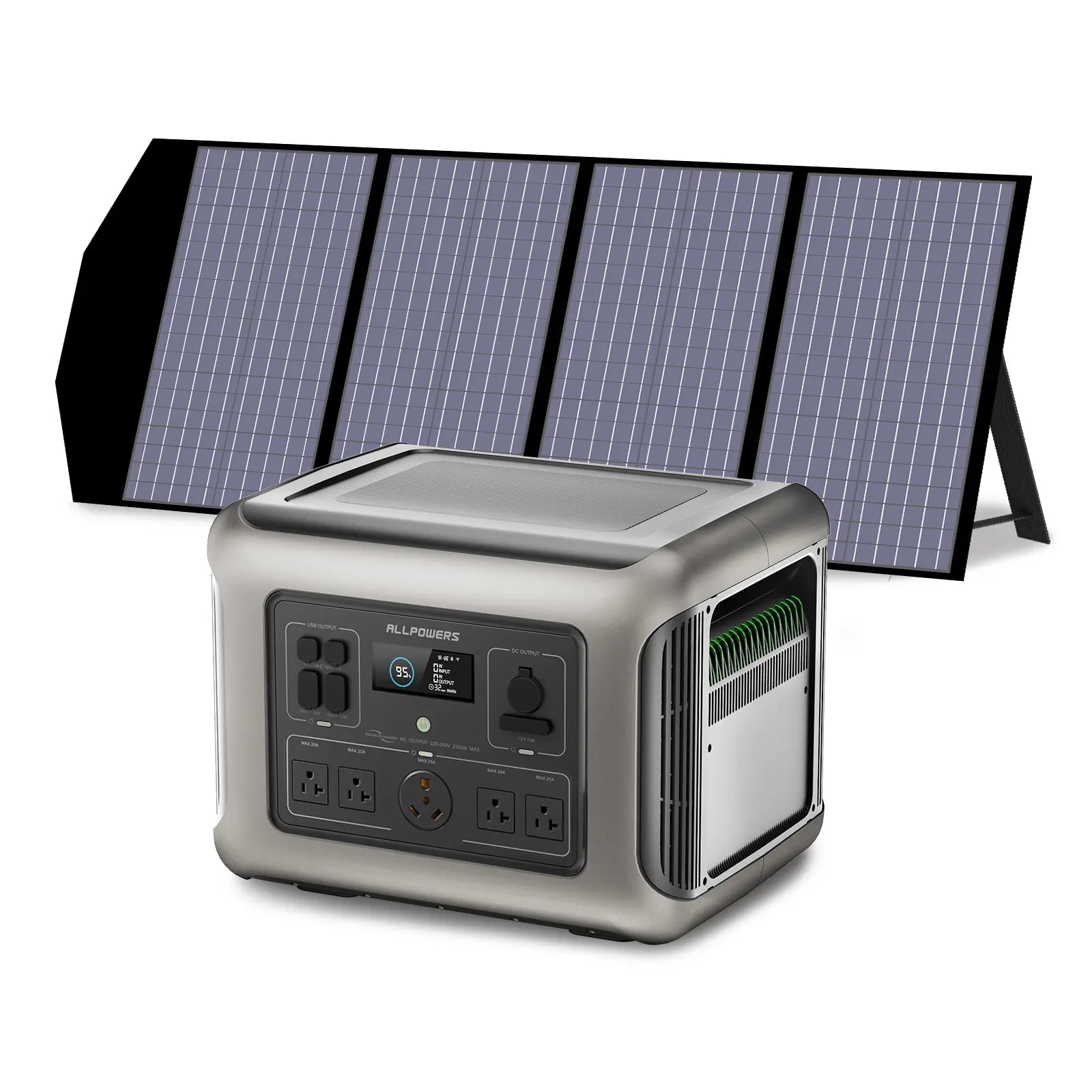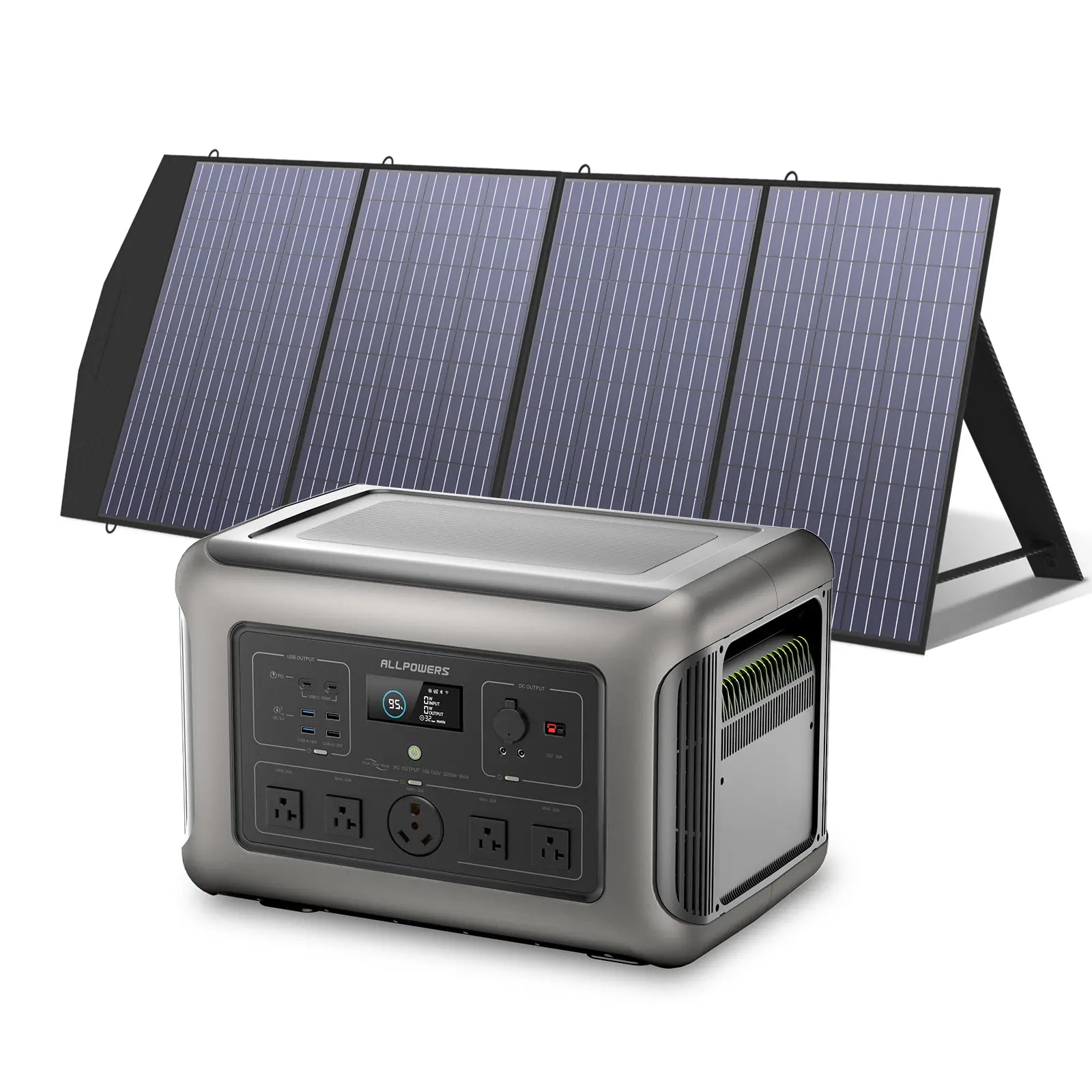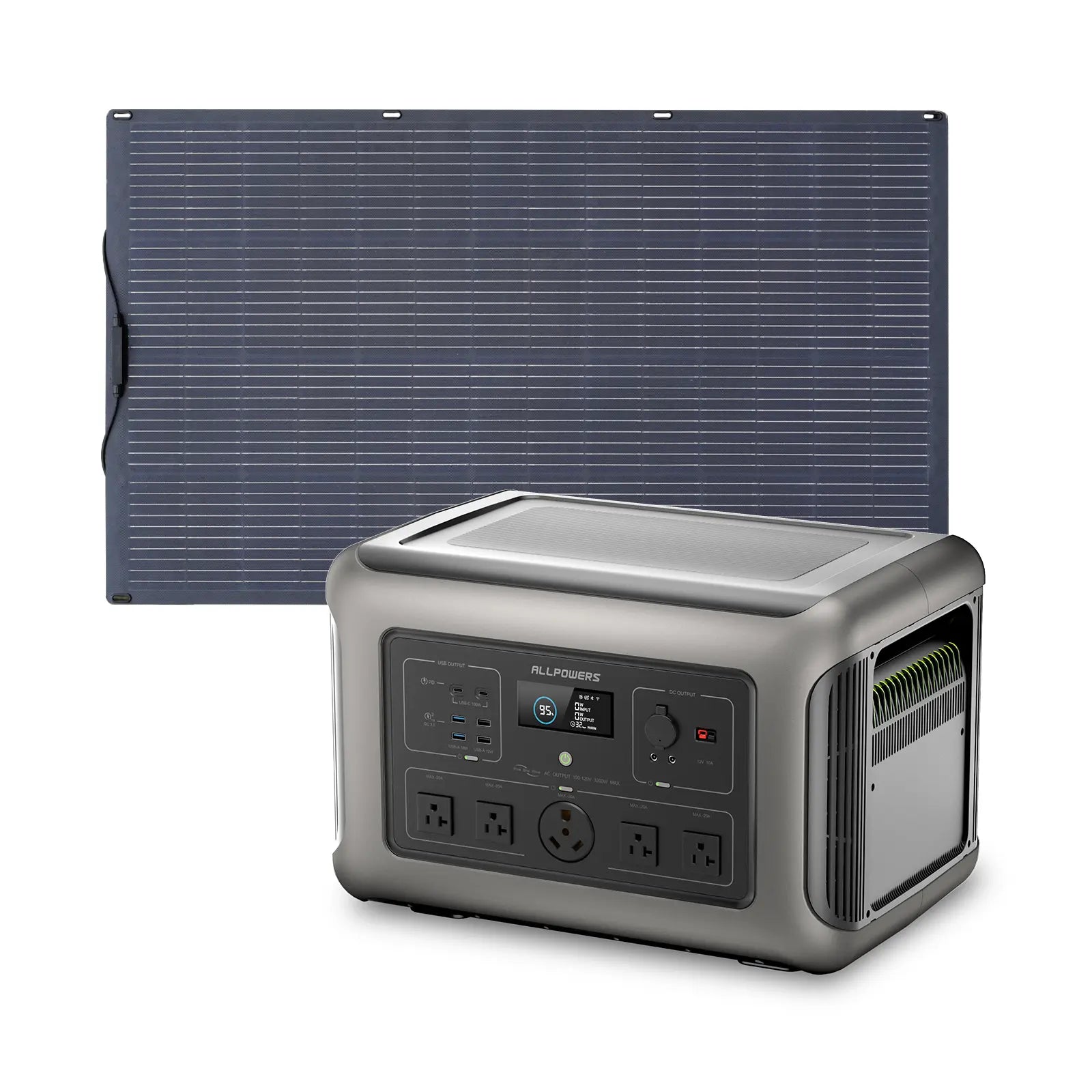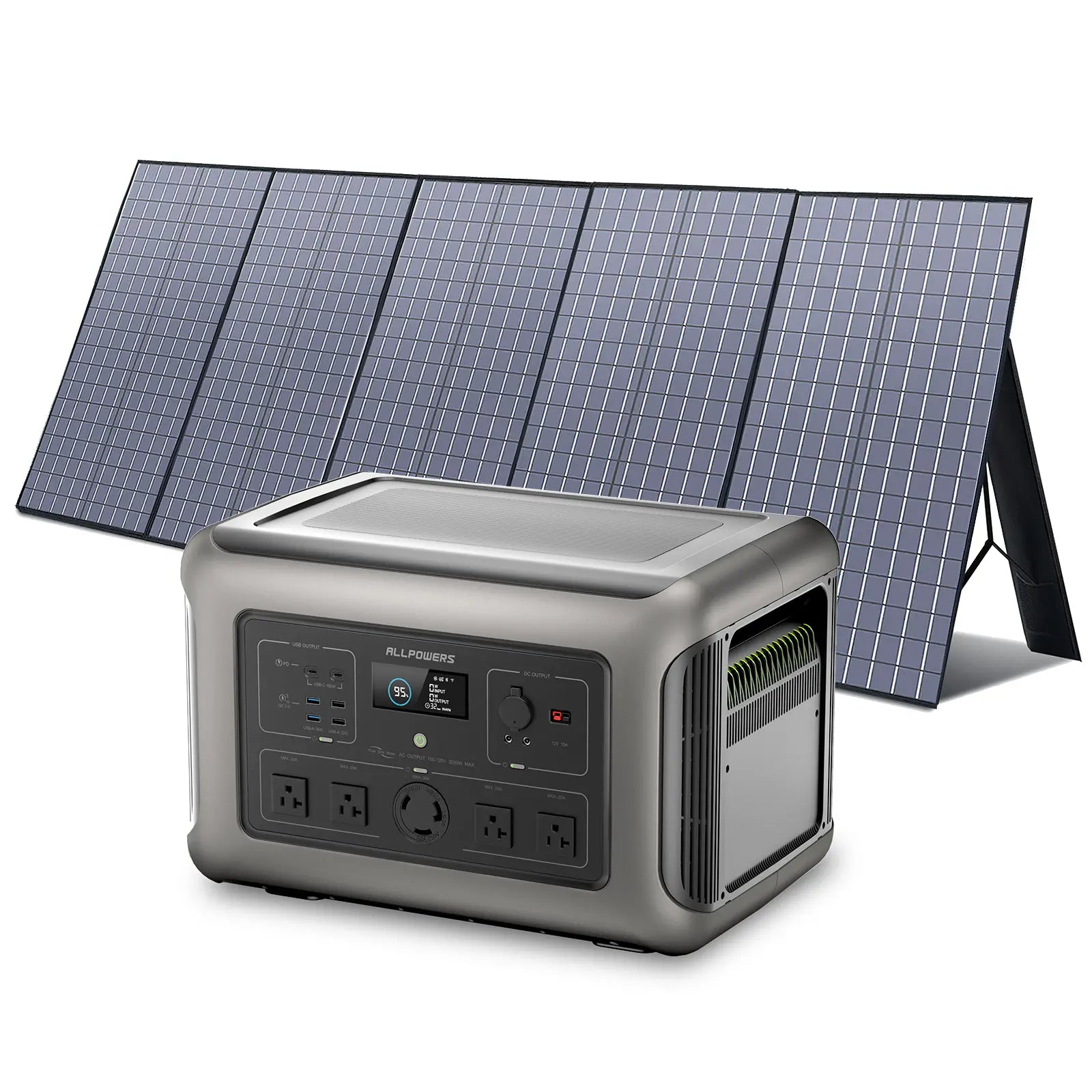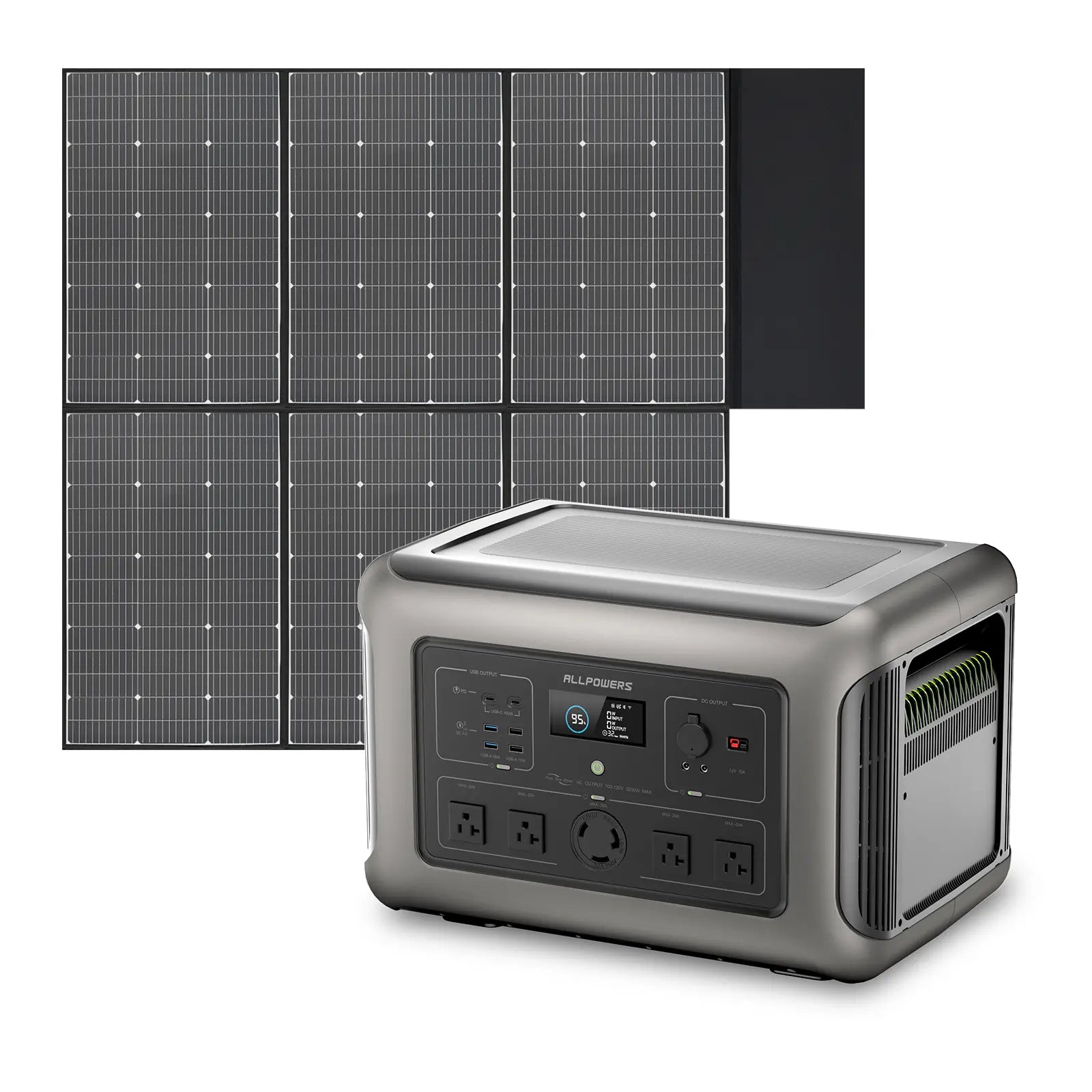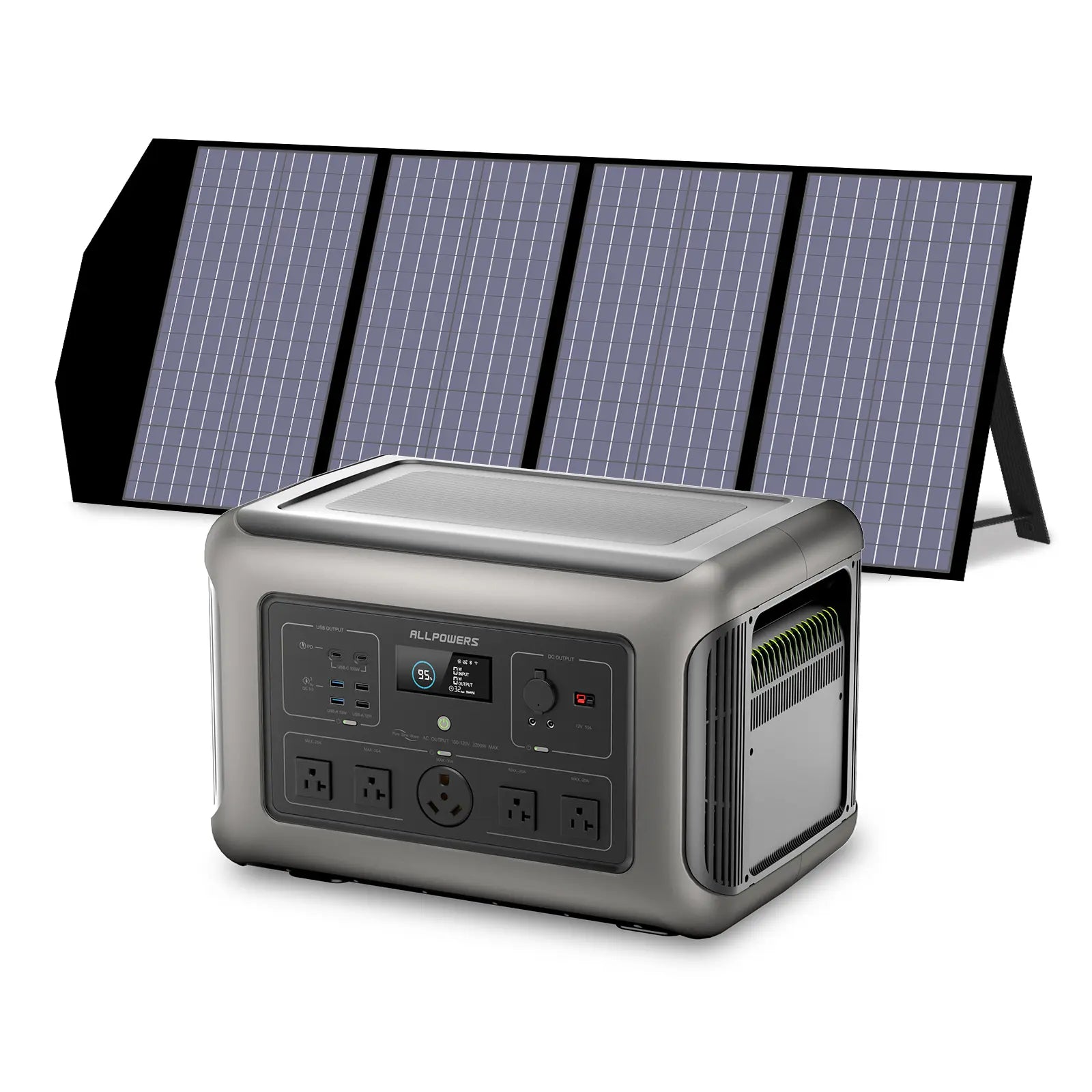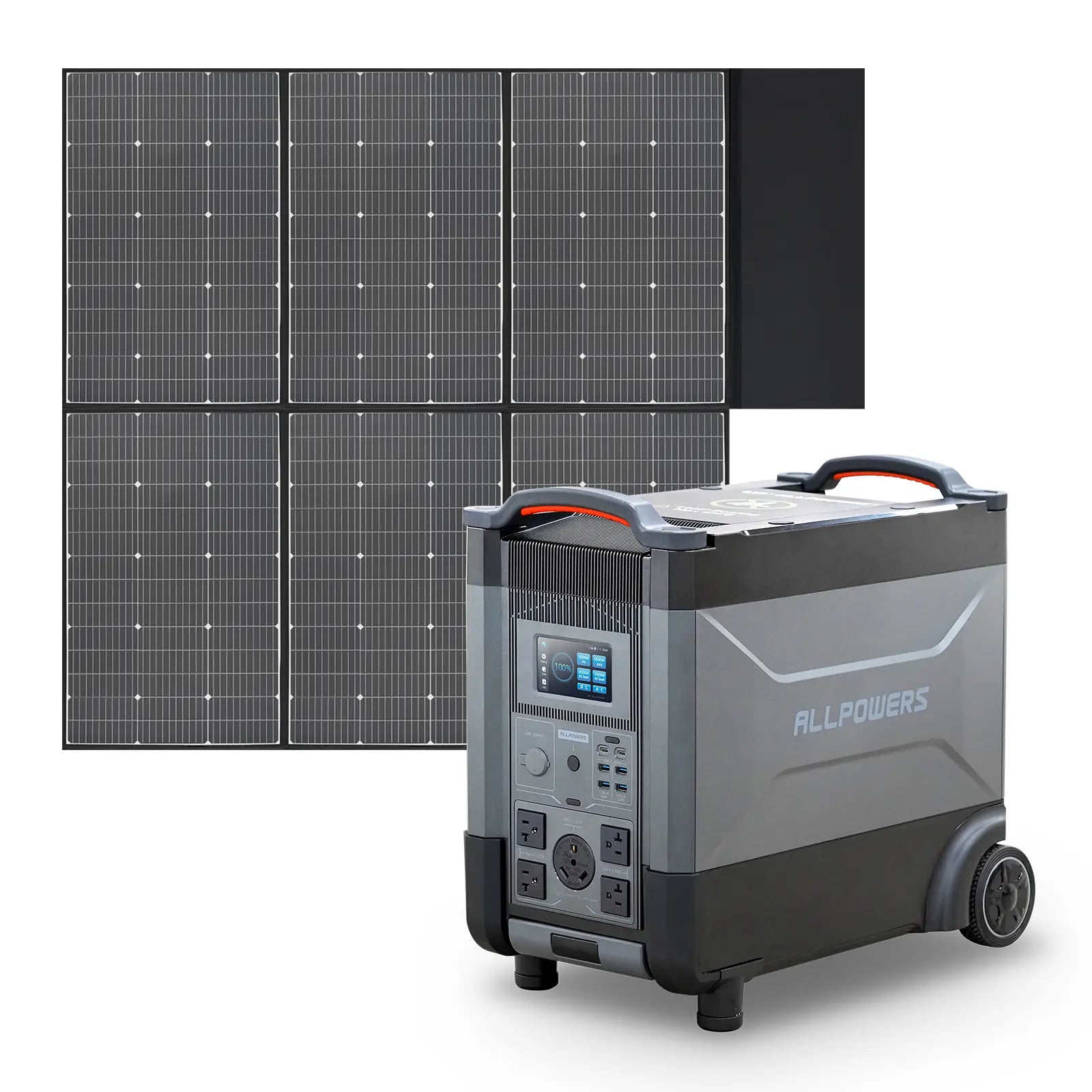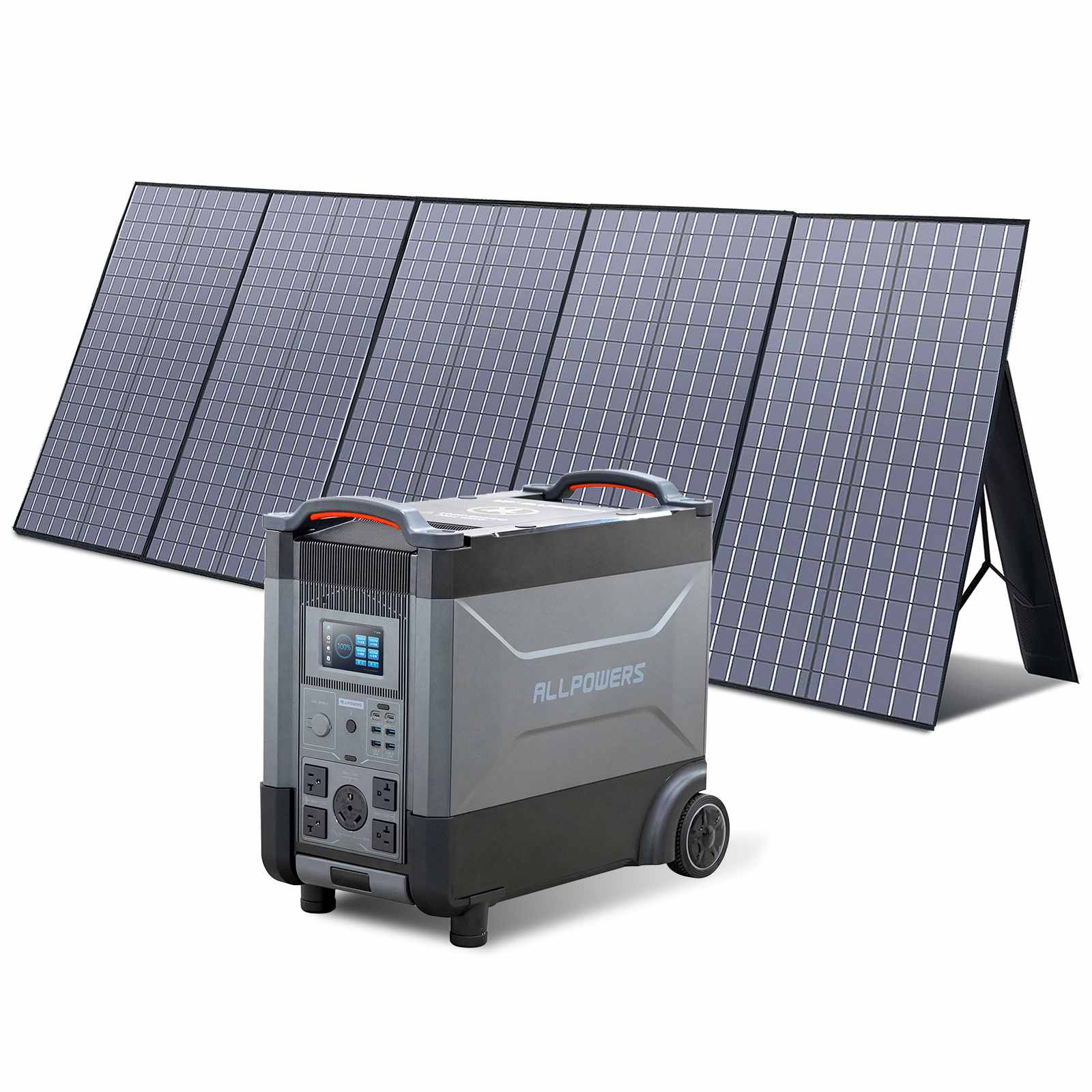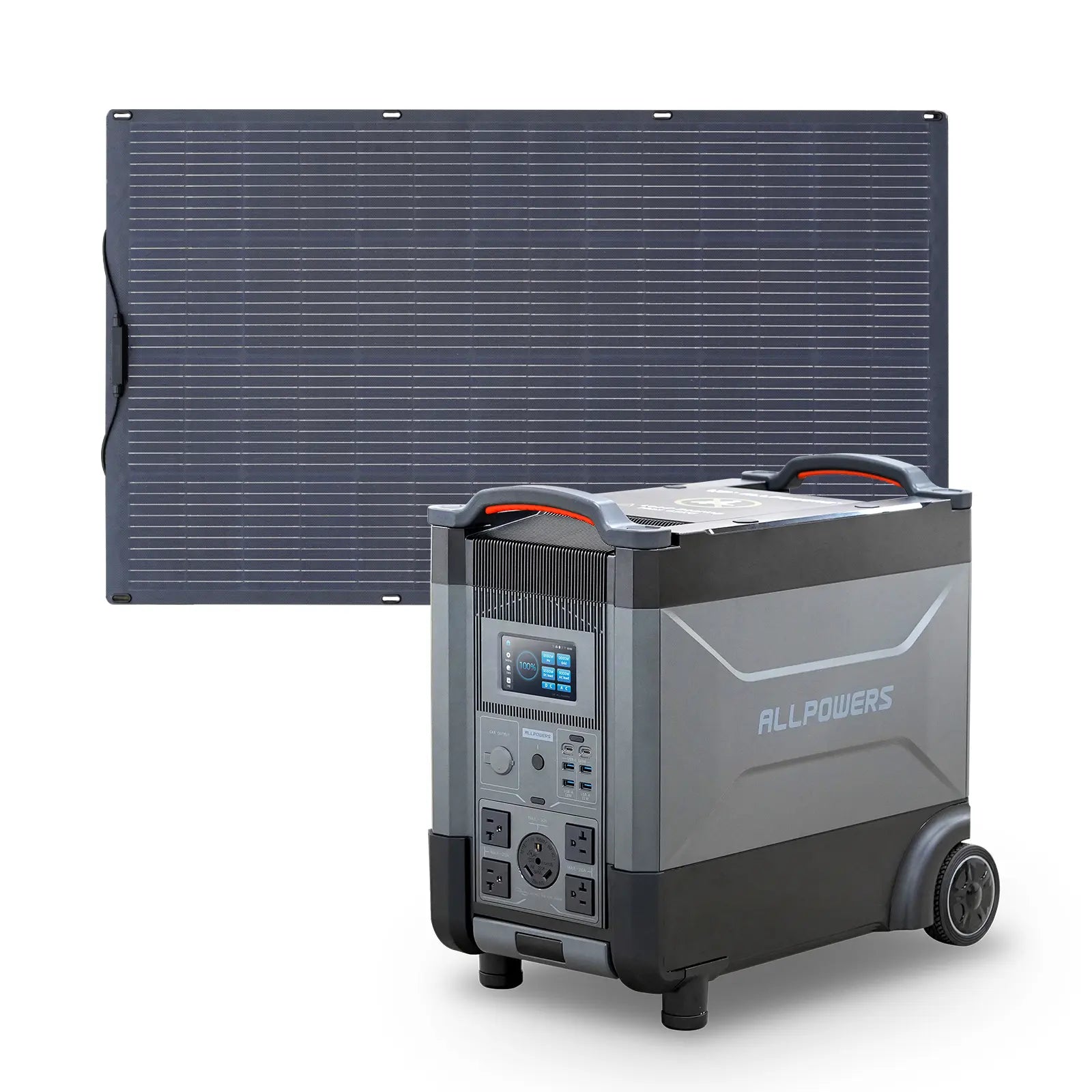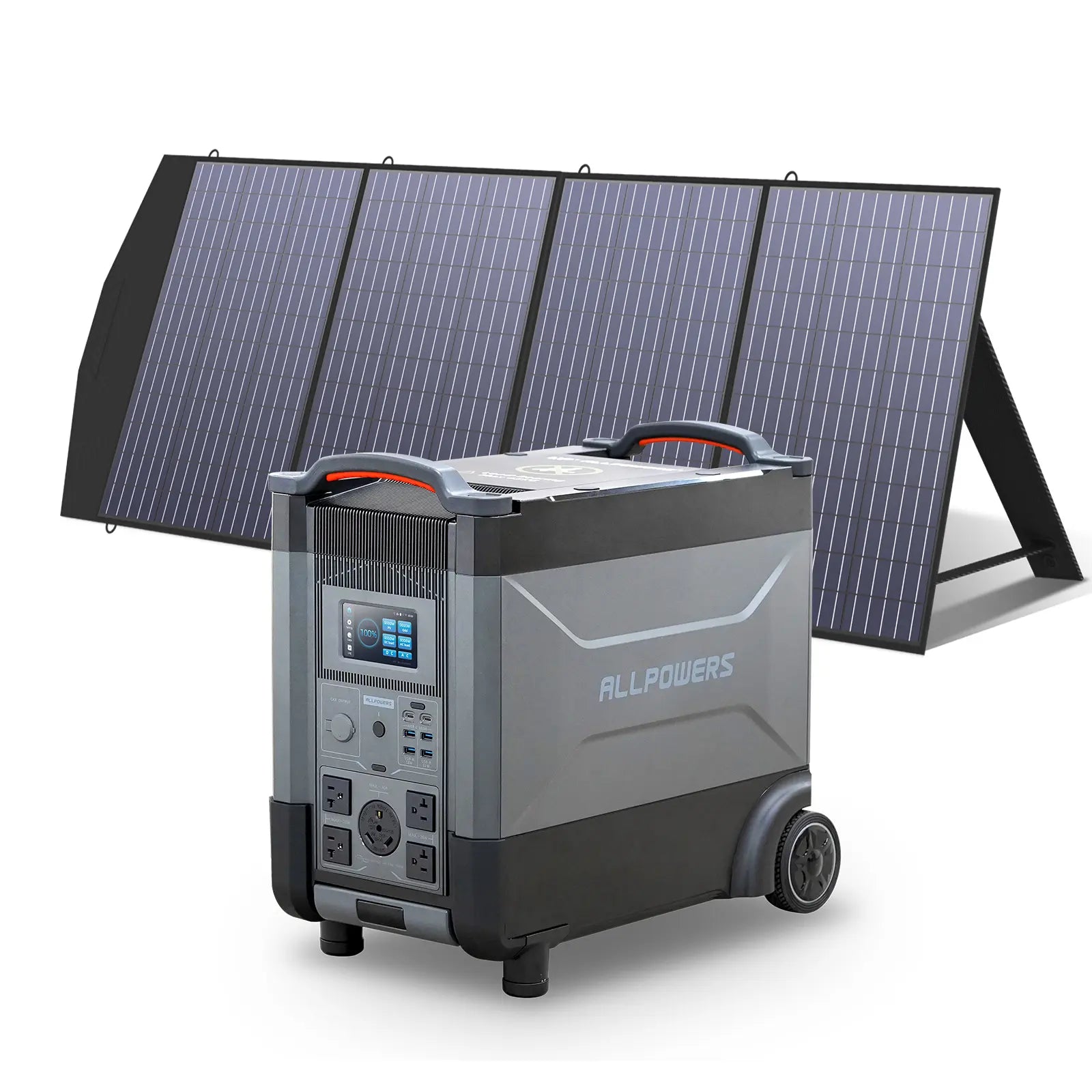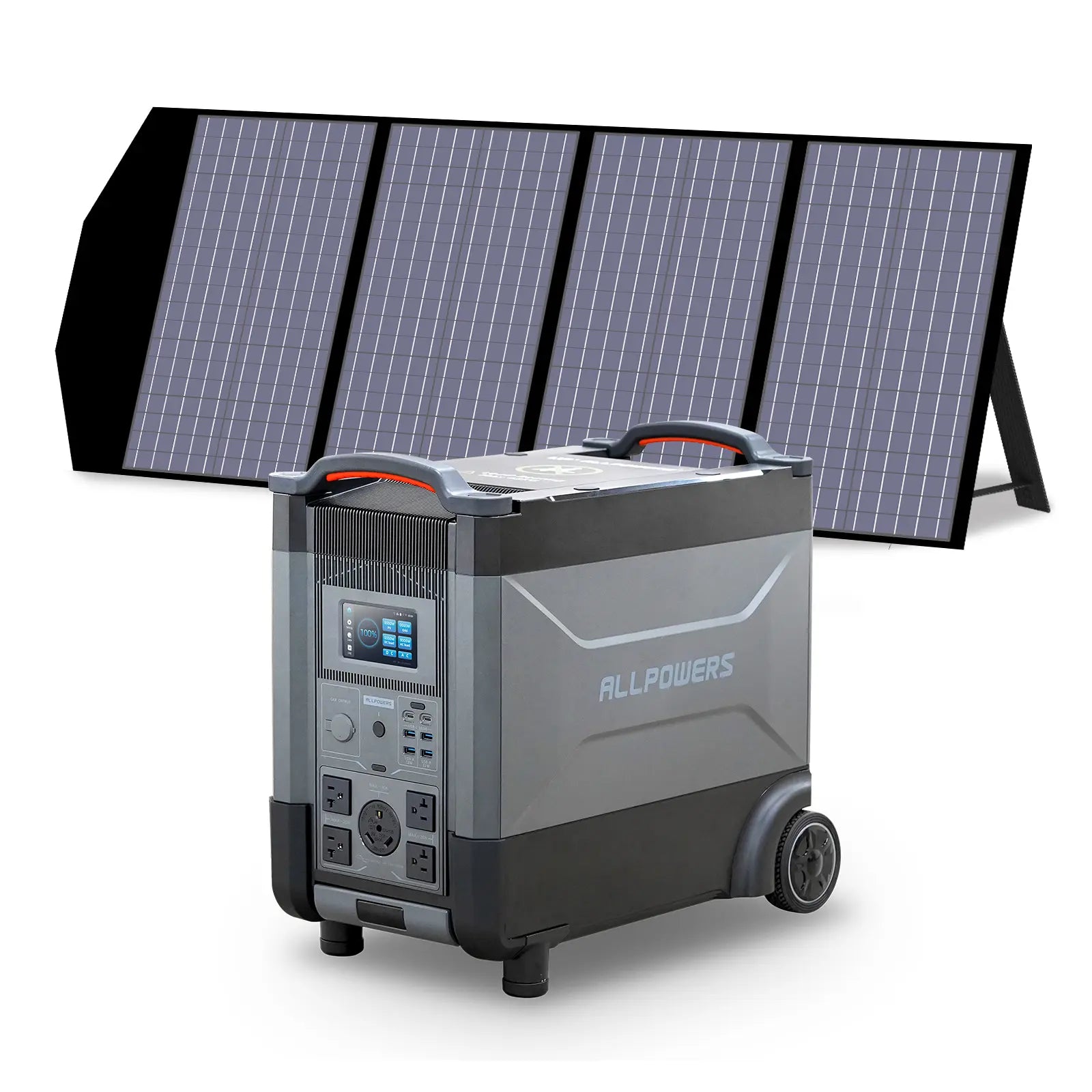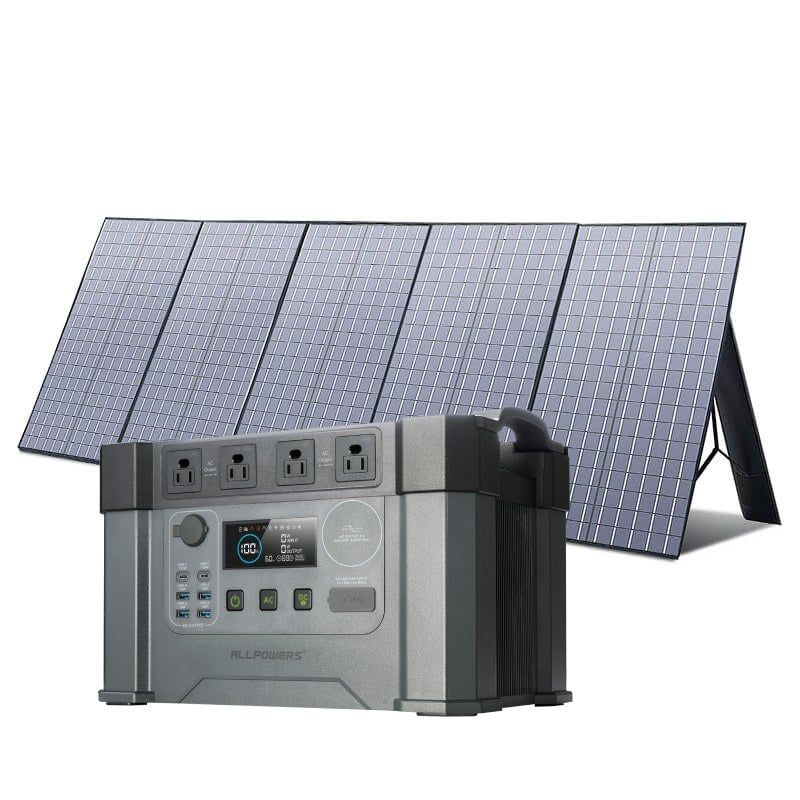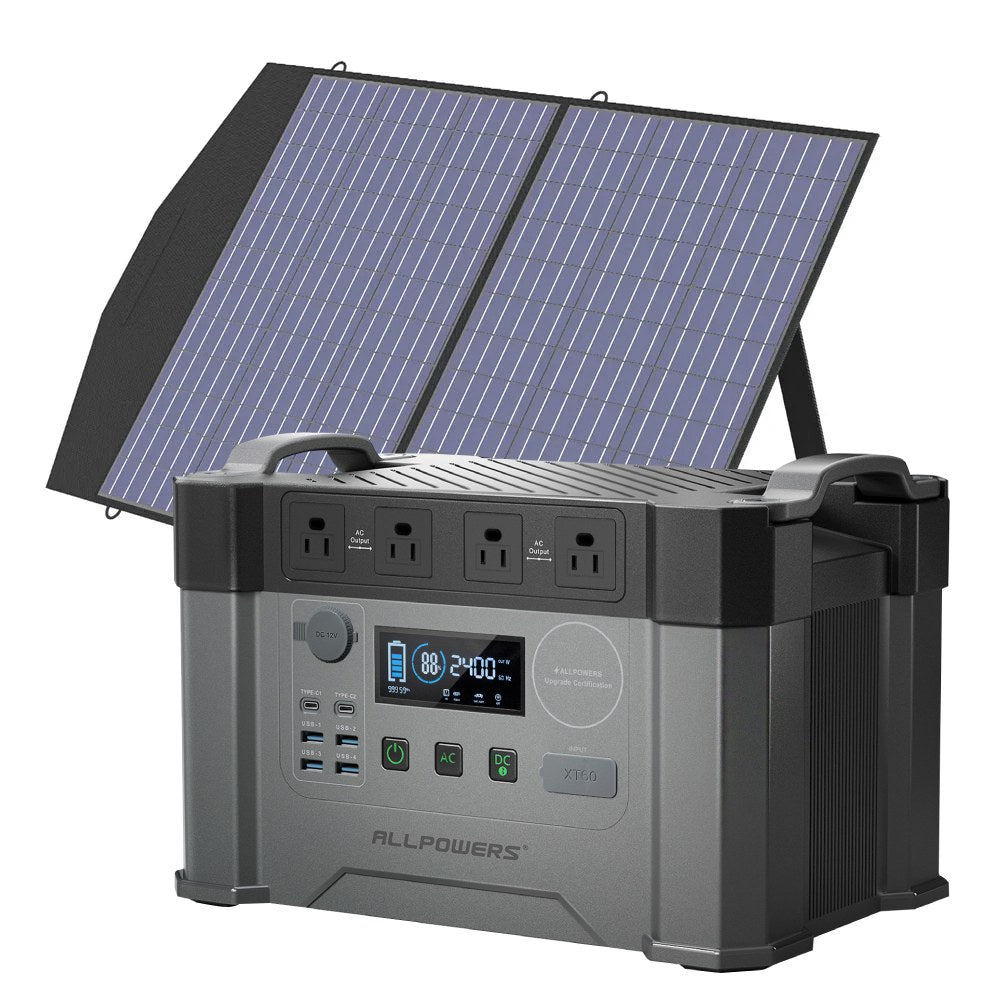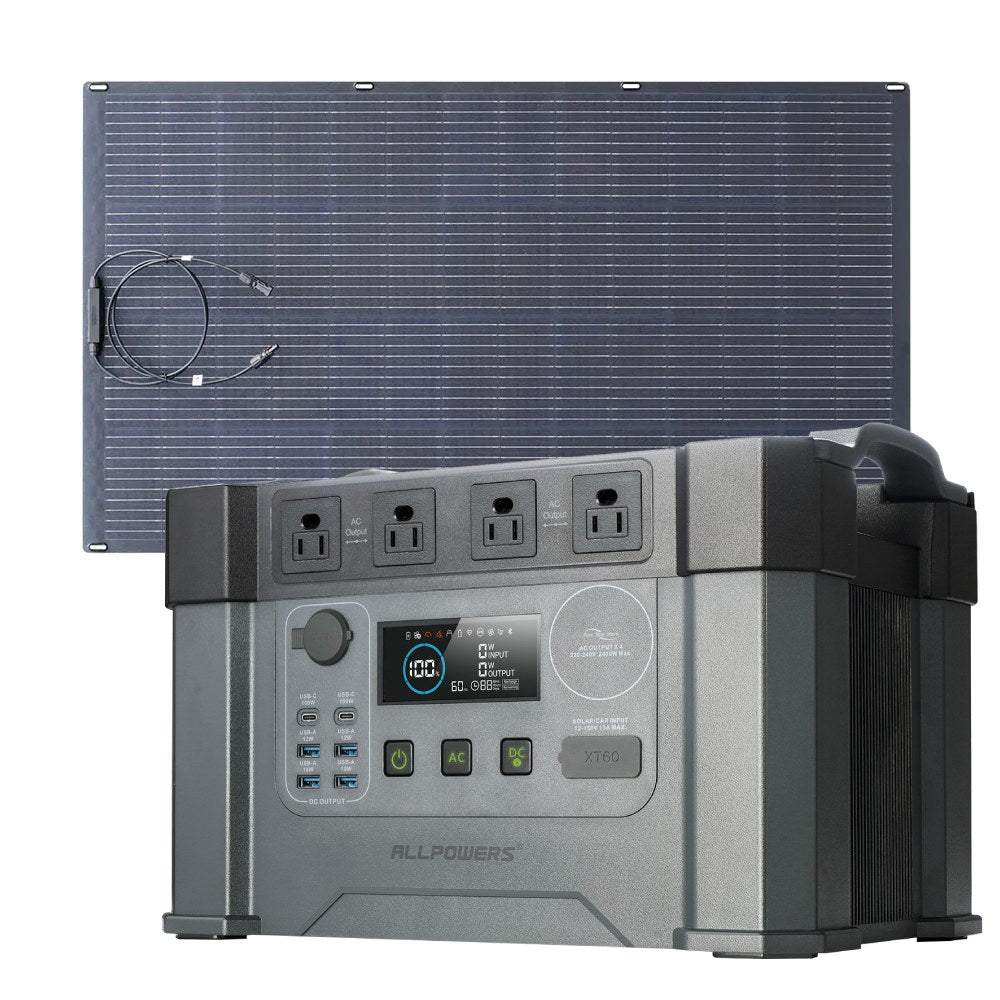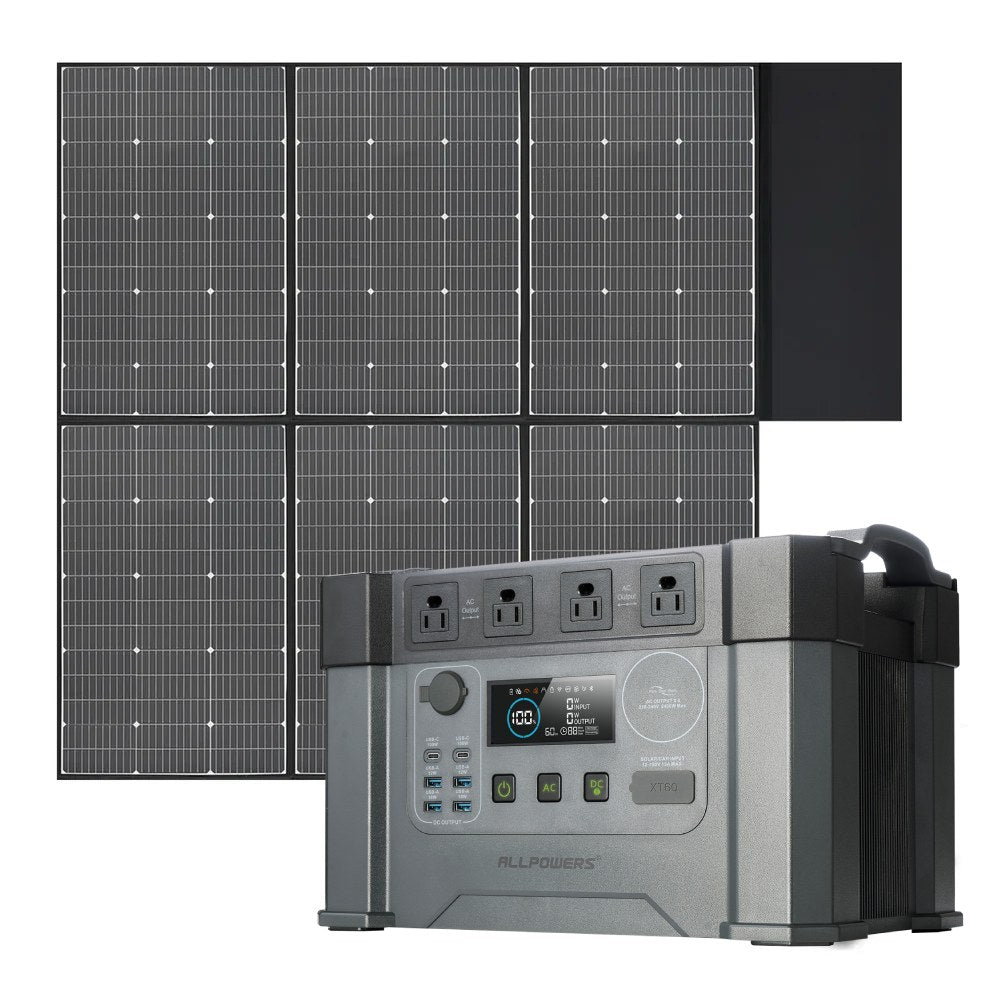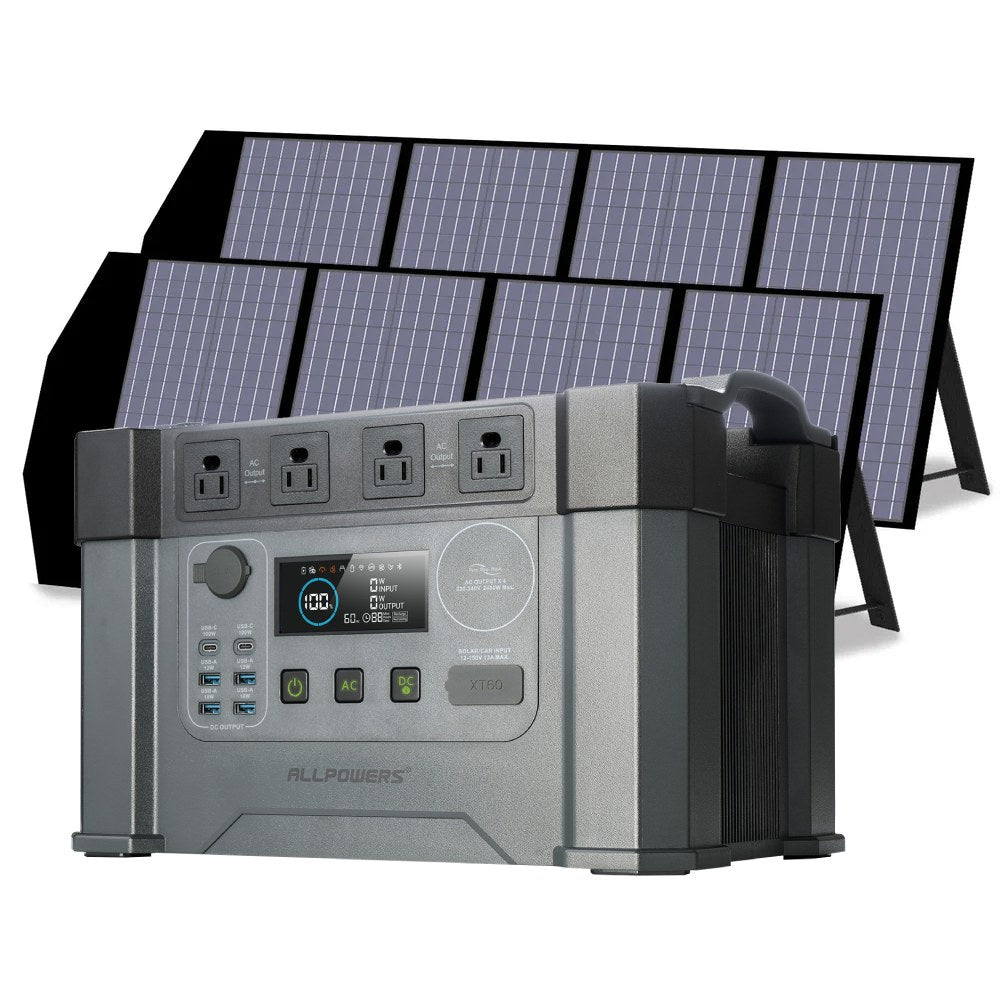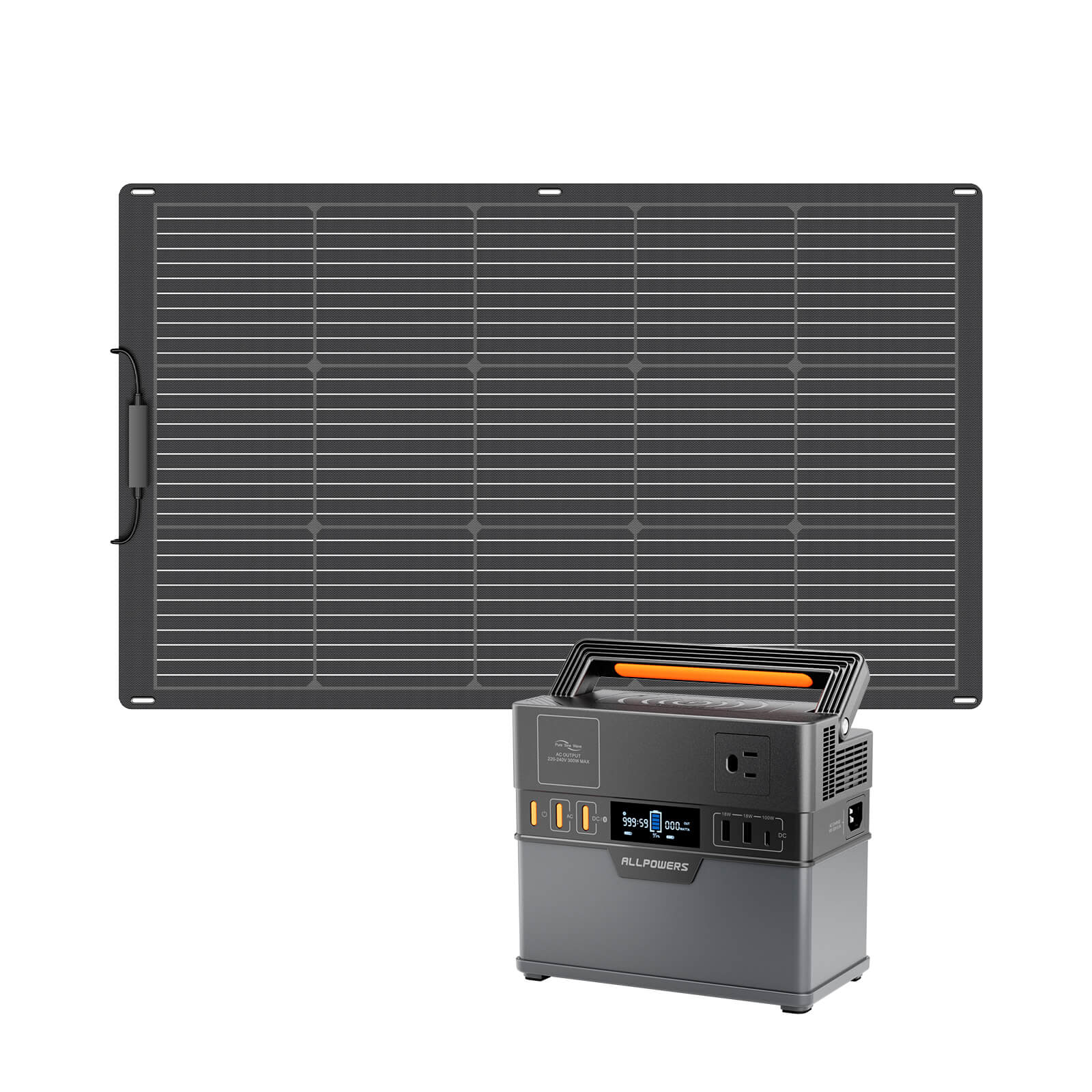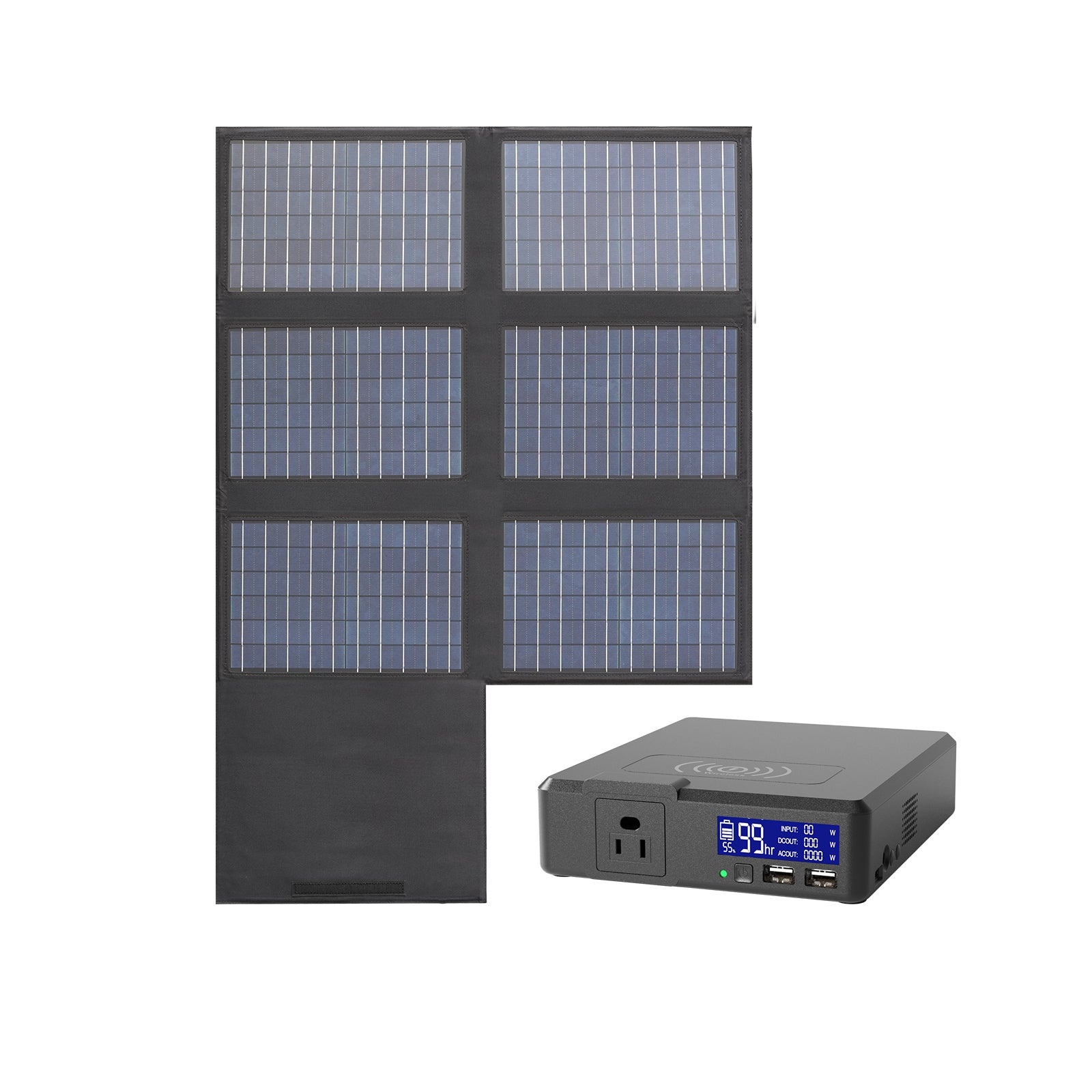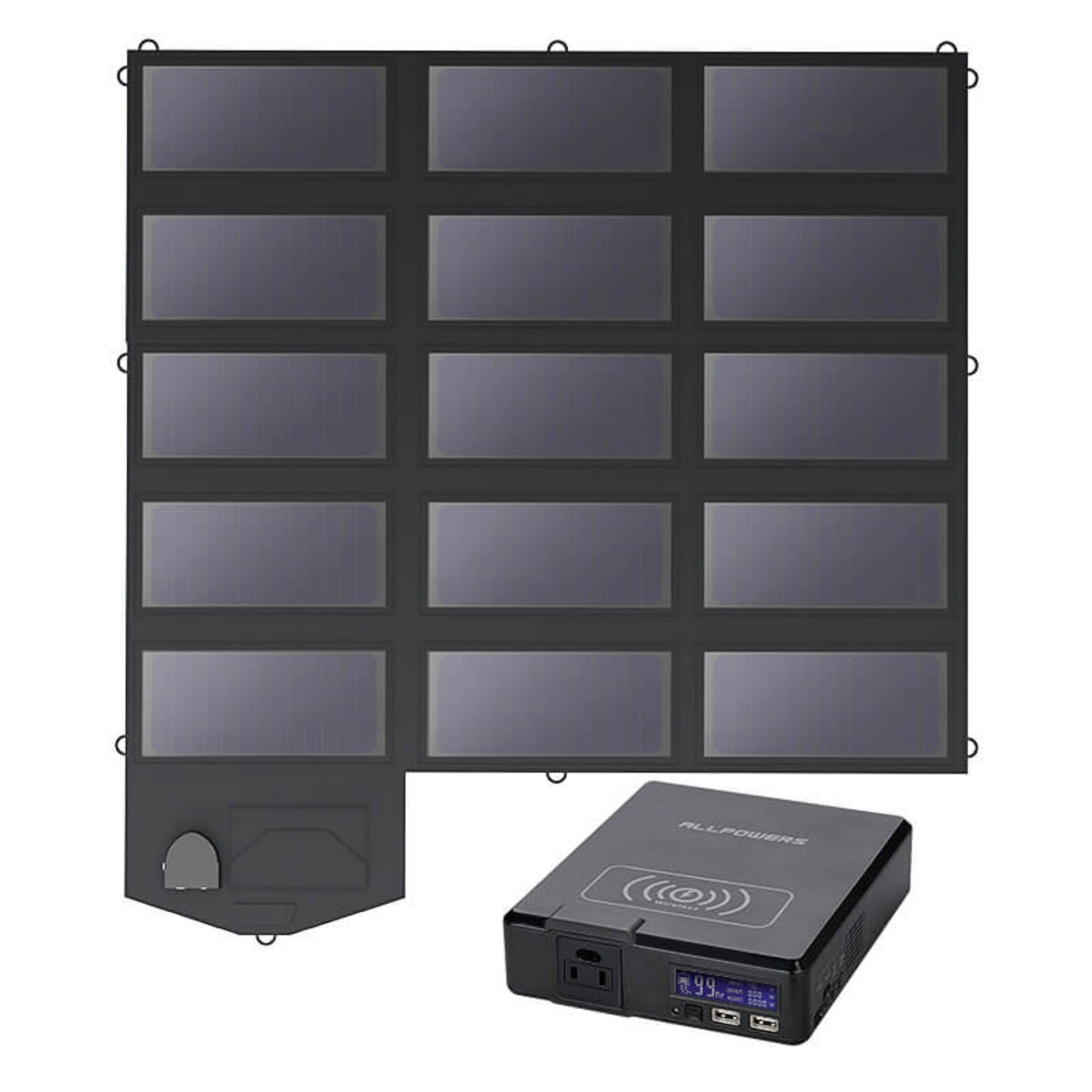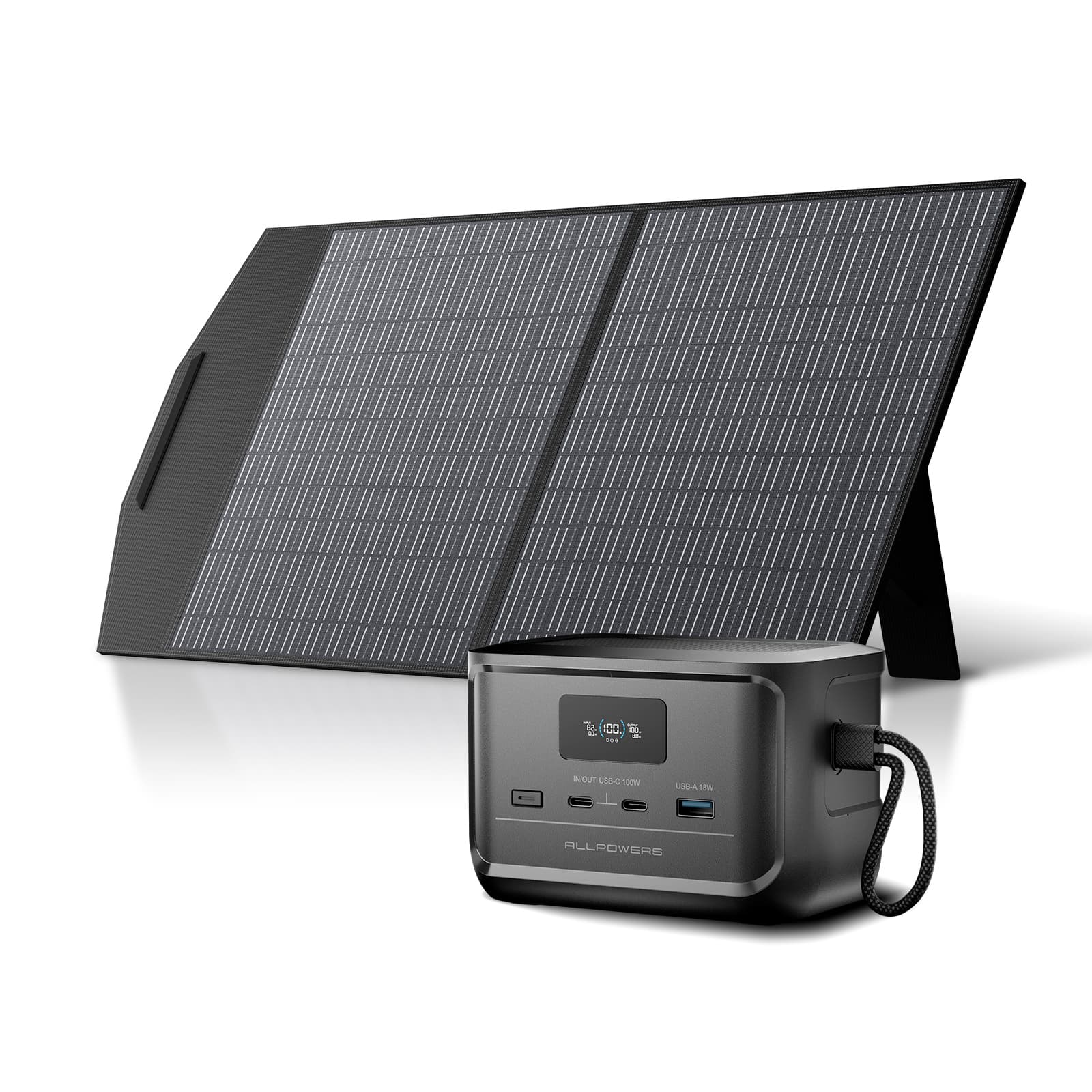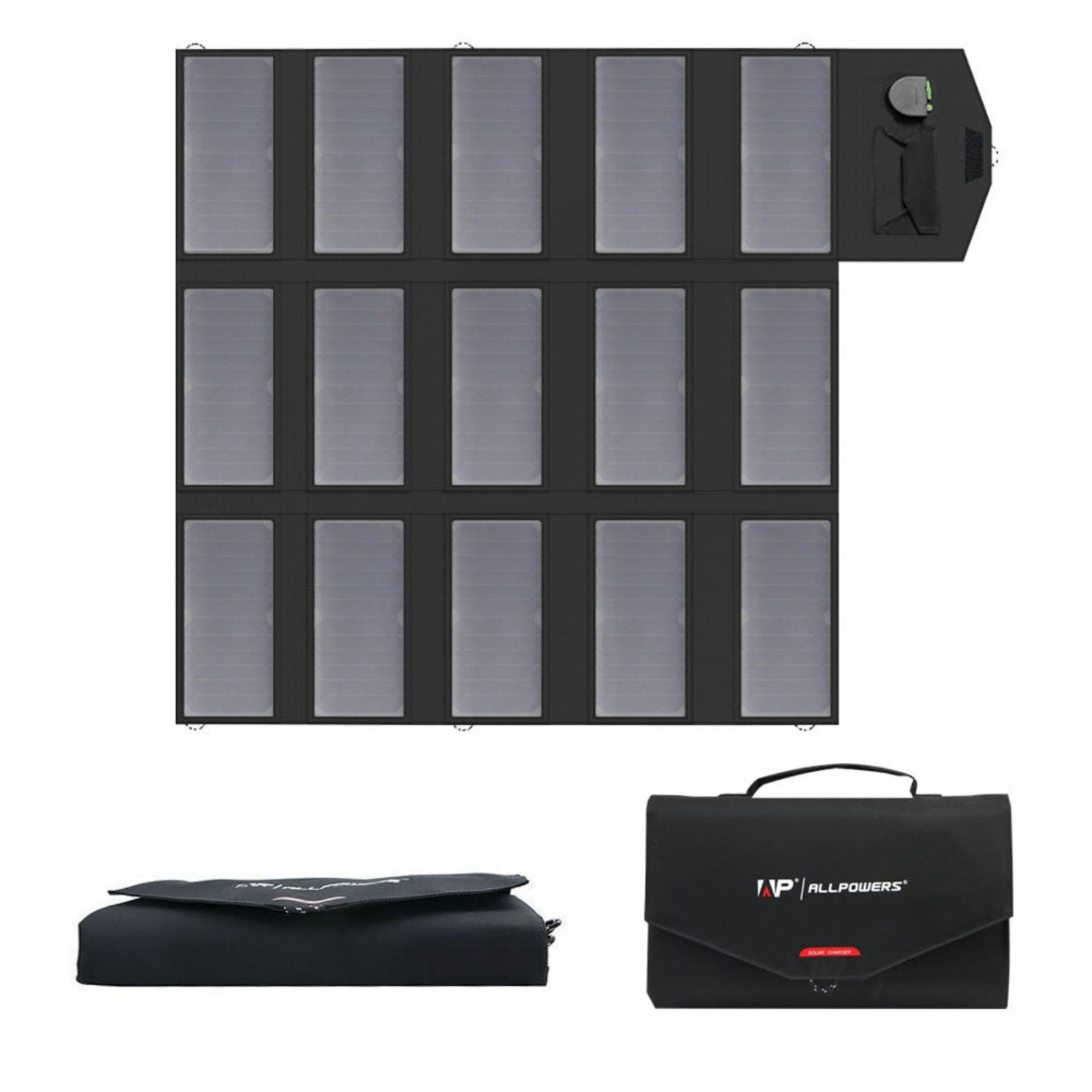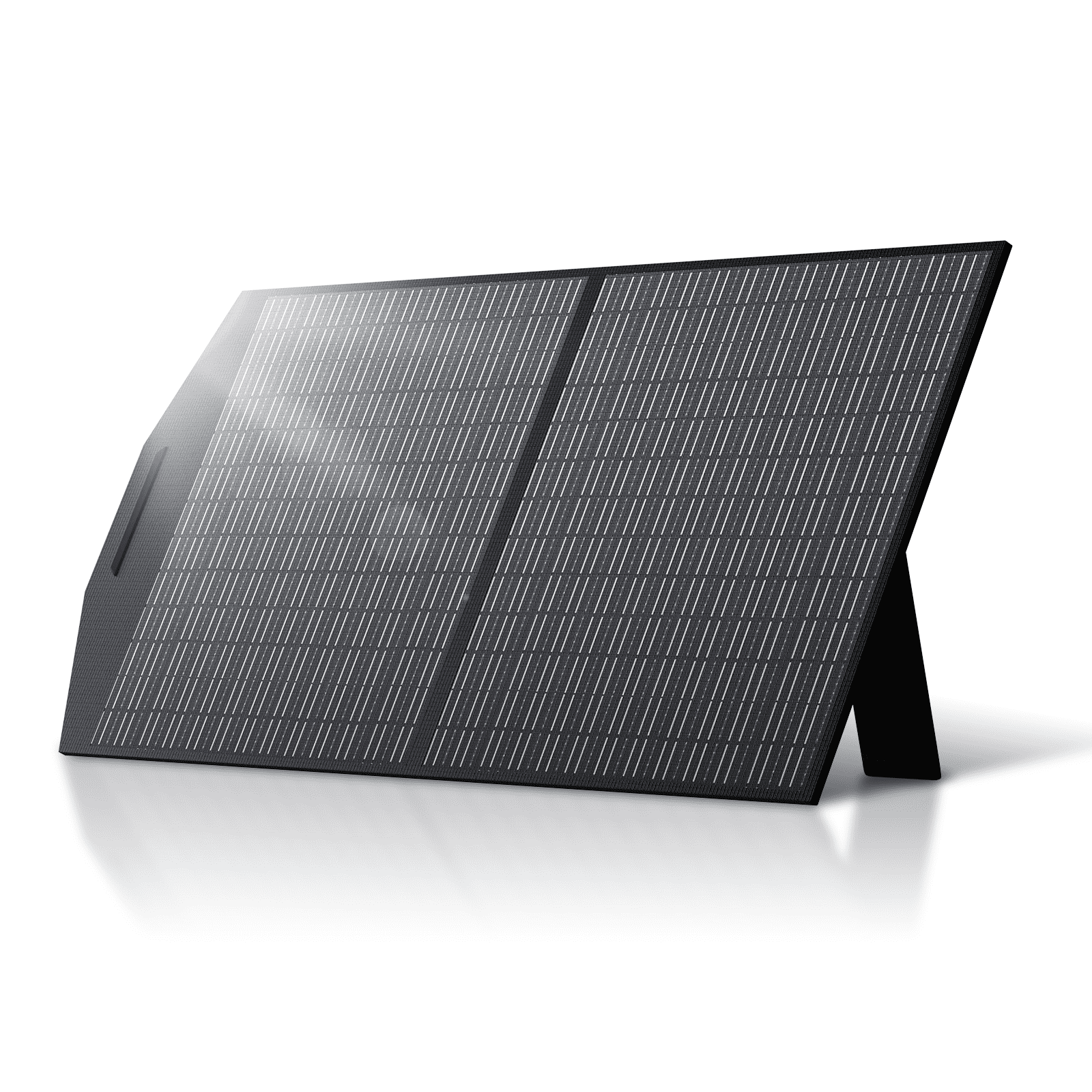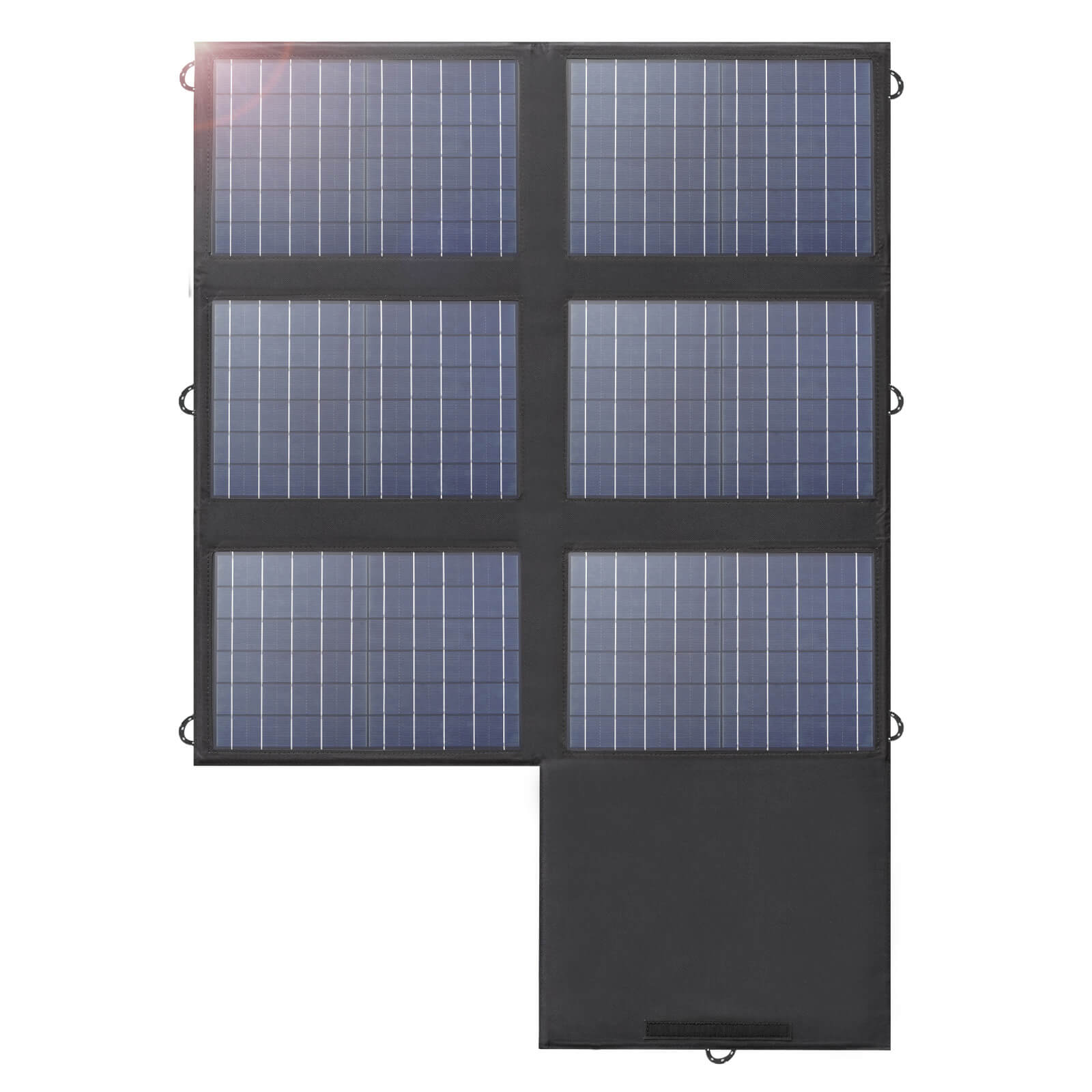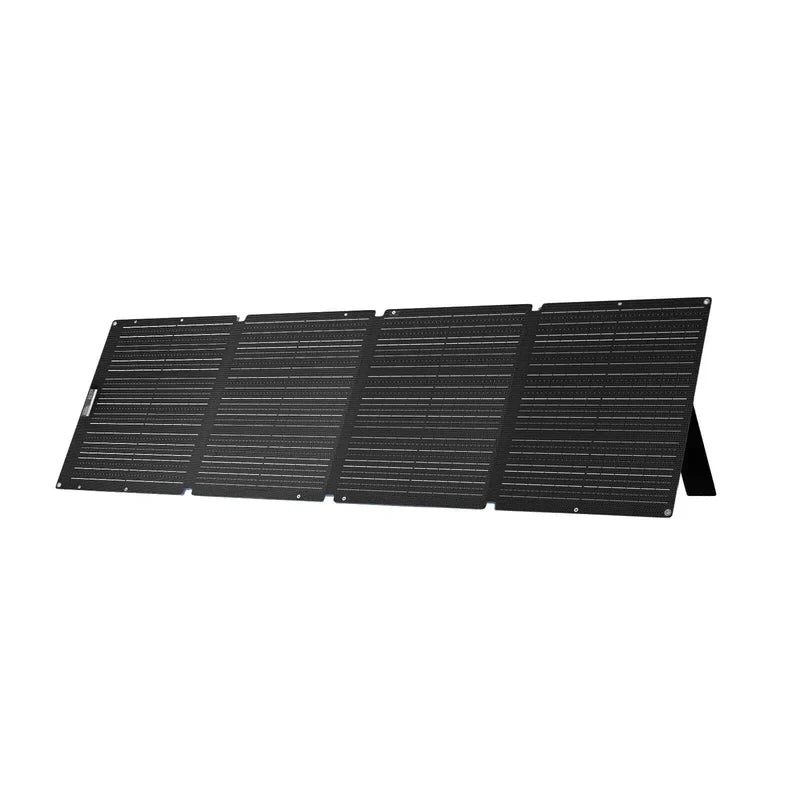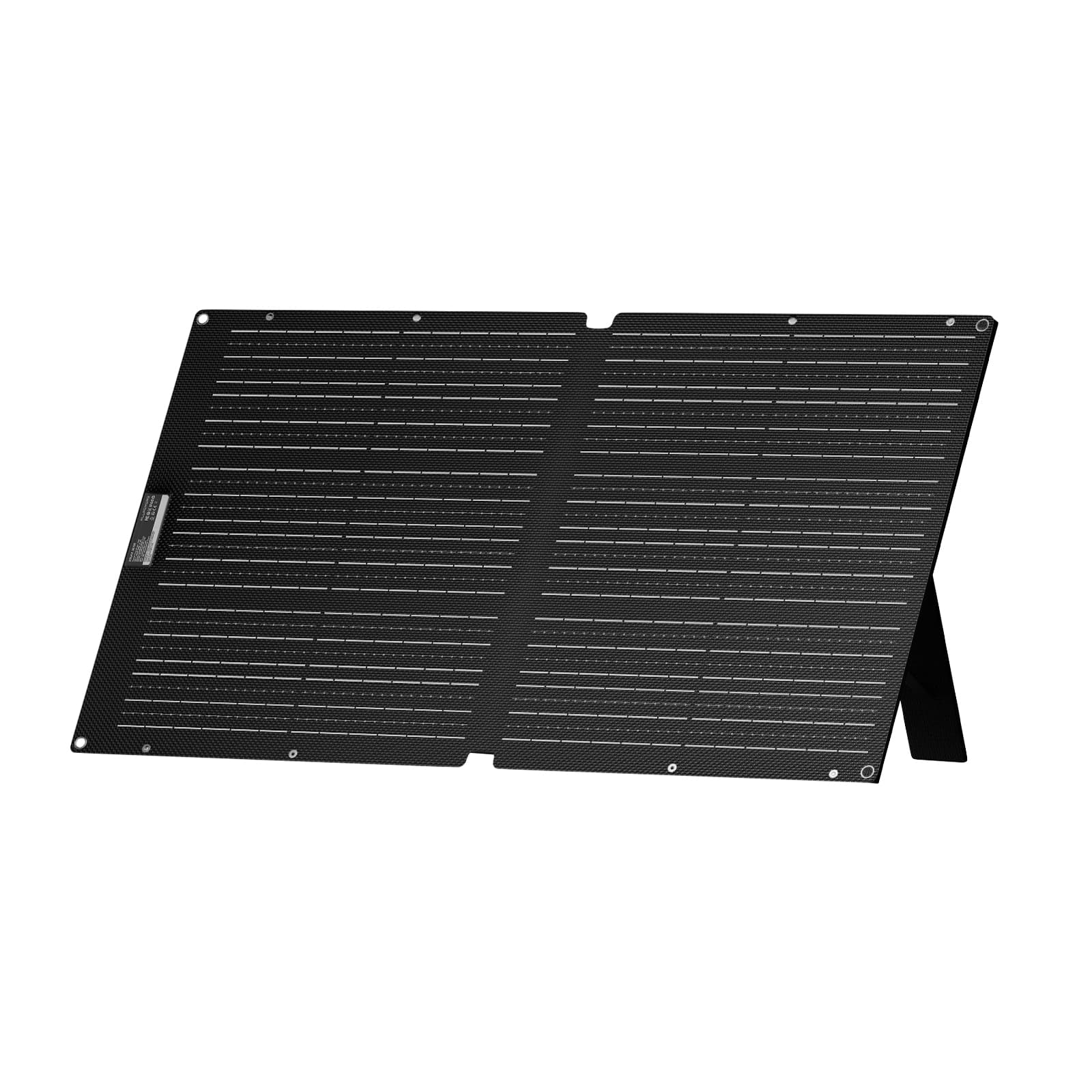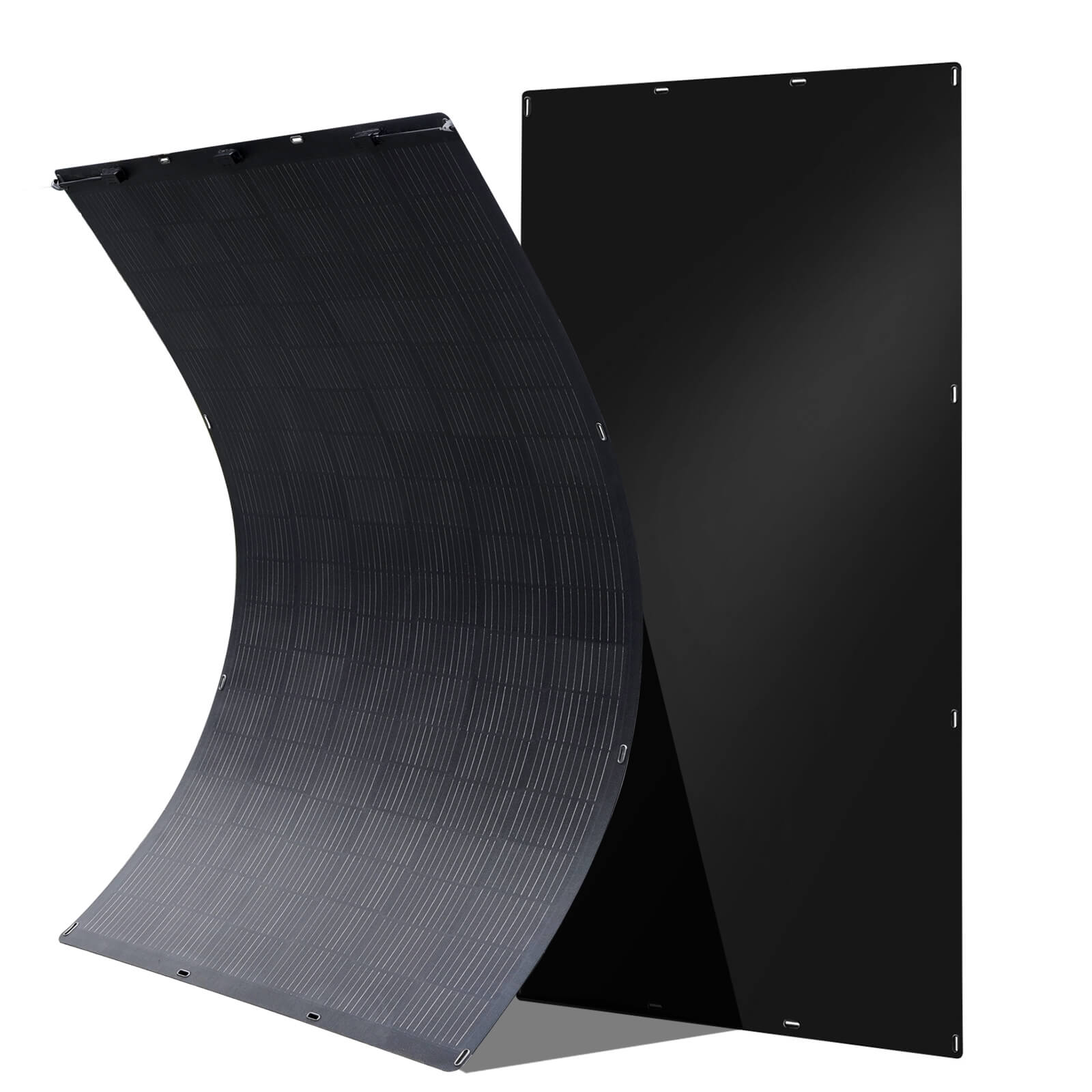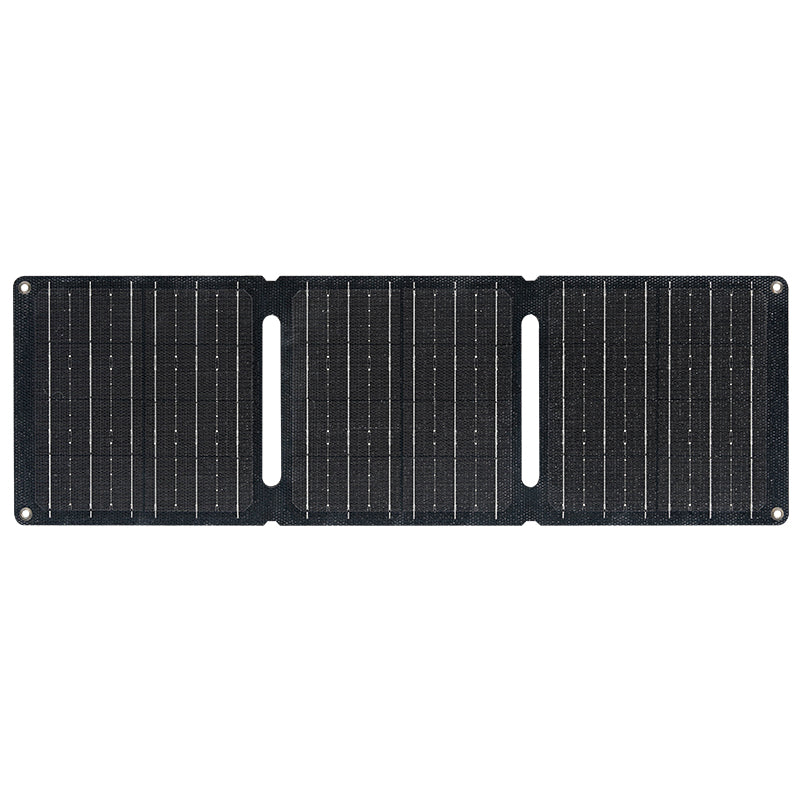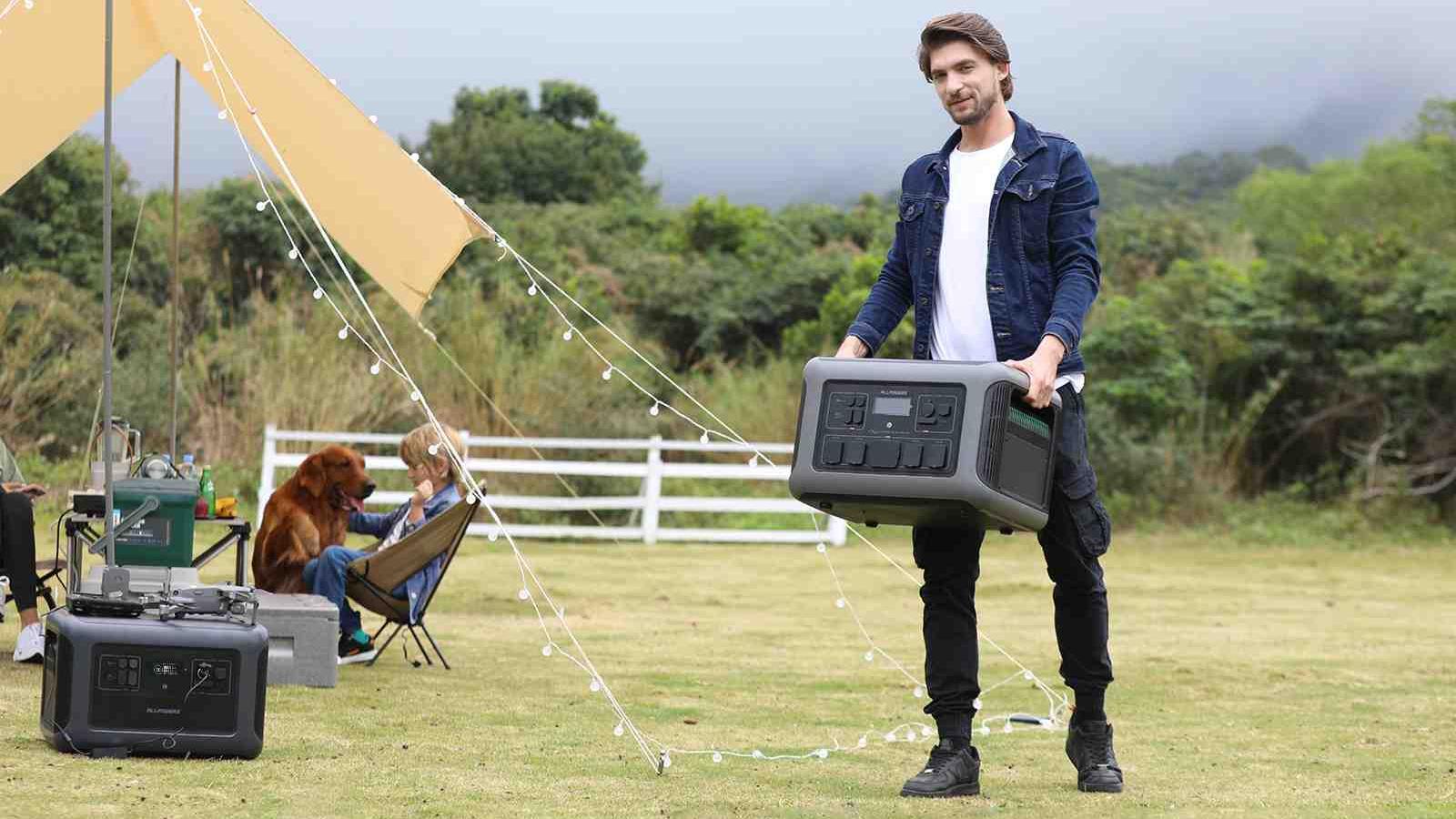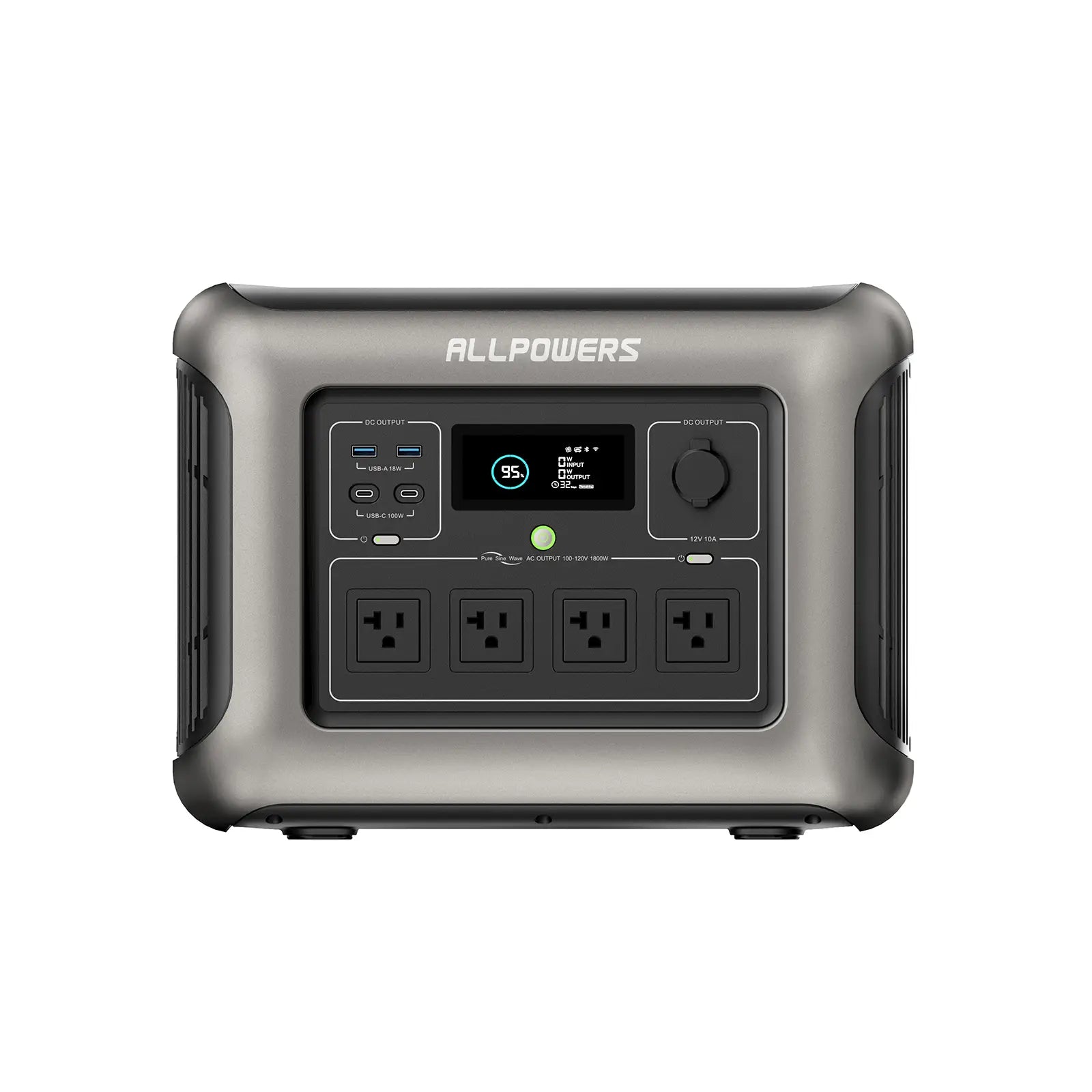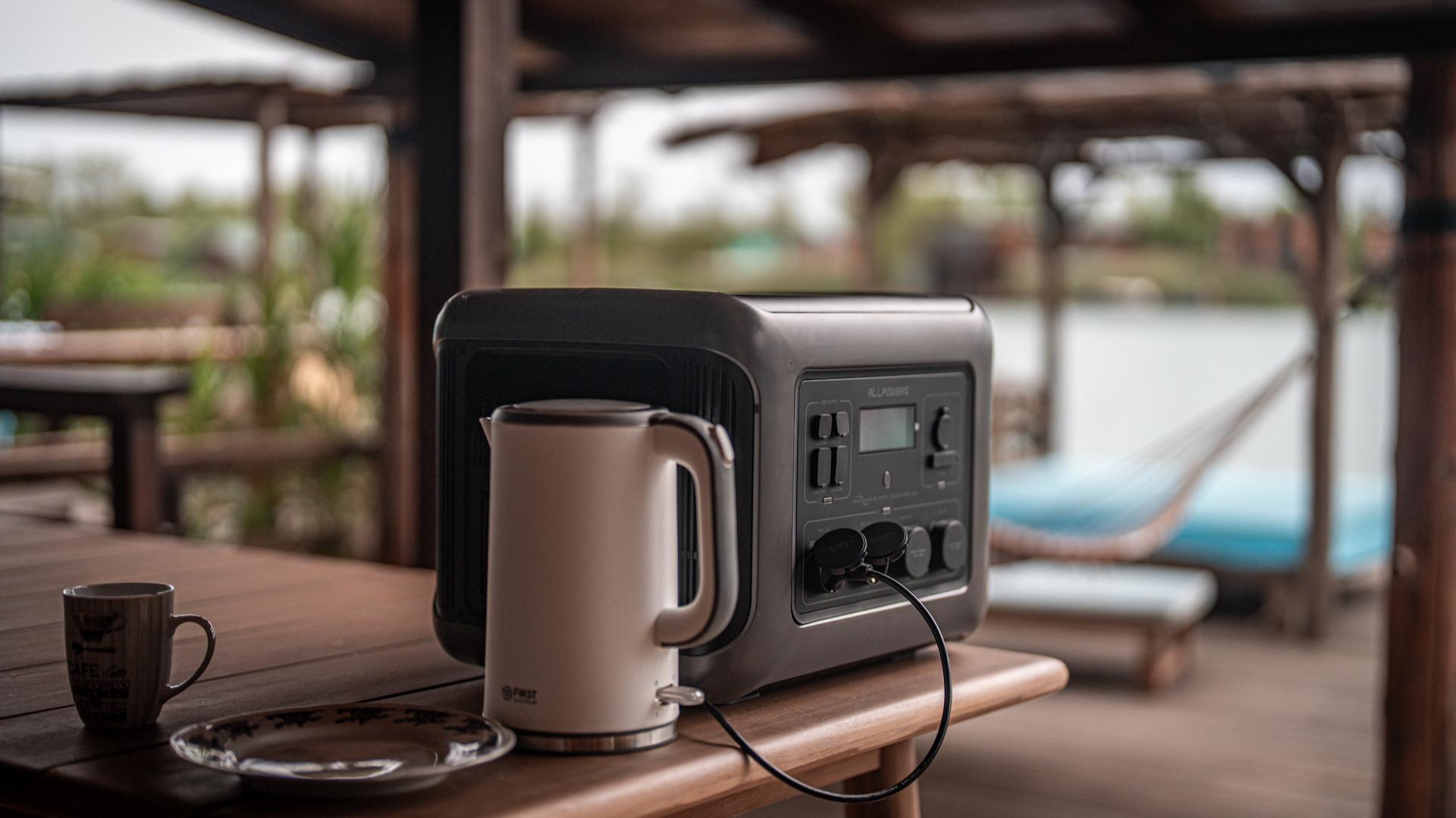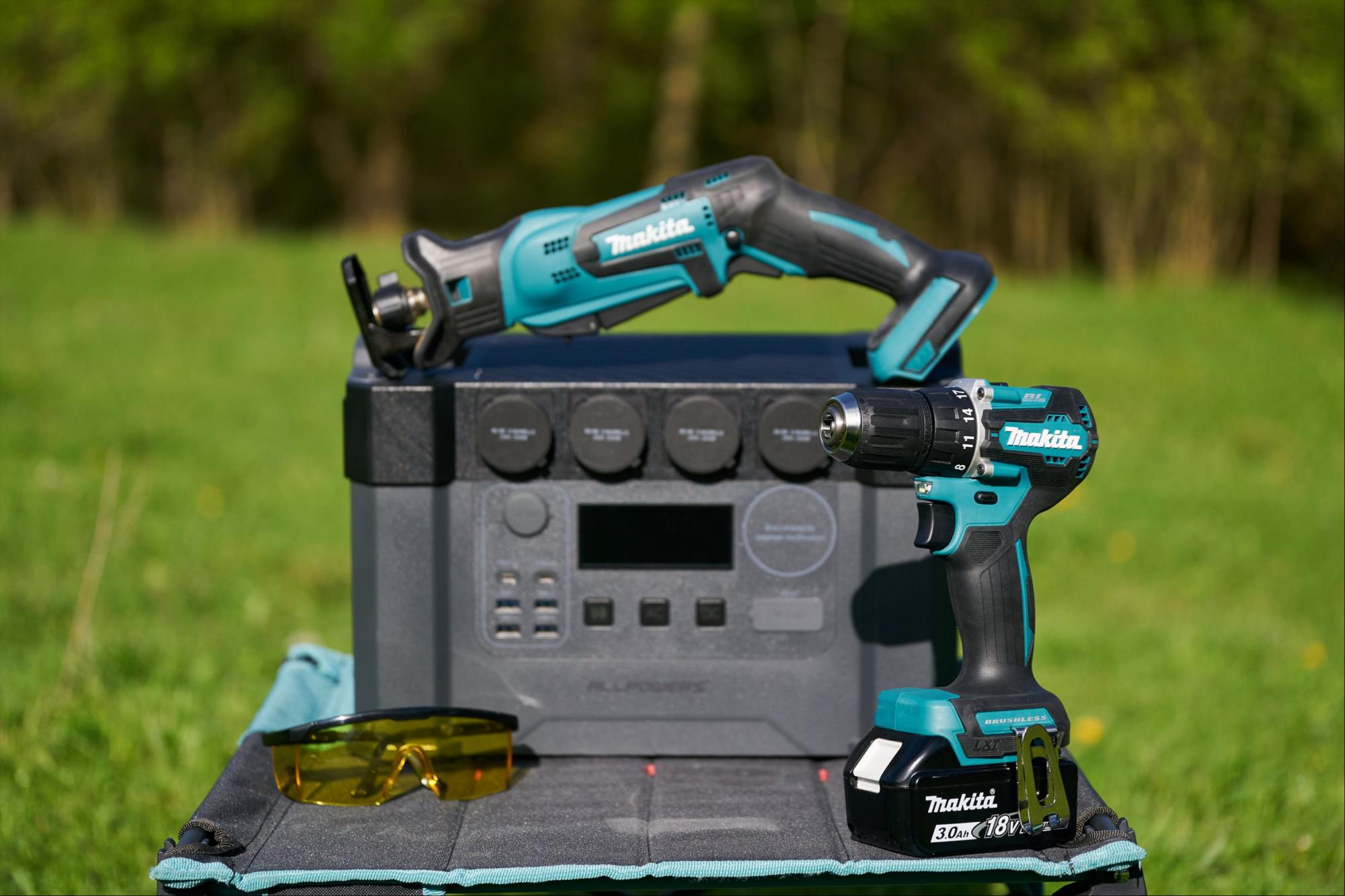Portable power stations have quietly become one of the most sought-after gadgets in recent years. They're like having a silent, emission-free generator that you can actually pick up and move around.
Maybe you're thinking it's time to get one for yourself — after all, having portable power on hand just feels like smart peace of mind. But once you start looking into specs, wattages, and run times, it all starts to feel a bit... well, overwhelming.
So, how do you know what size portable power station is right for you?
Start with the basics
When we talk about power stations, you'll inevitably hear terms like "watts" (W) and "watt-hours" (Wh).
Don't let them intimidate you, they're simpler than they sound.
Think of watts as the "oomph" a device needs to run at any given moment – like how much horsepower your car has.
Watt-hours, on the other hand, tell you how much energy the power station can store. It's like the size of your car's fuel tank.
You’ll also see something called surge power—that’s the brief burst of power needed to start things like refrigerators or power tools.
Simple, right?
So, how much capacity (Wh) do you really need?
To figure out your ideal capacity is all about your intended usage.
Low-demand trips
If your main concern is staying charged on a day hike or weekend trip, a unit within 1000Wh is likely all you need. These are light, can keep your phone, GoPro, or drone juiced up with no problem.
They're great for solo travelers or minimalists. Also ideal for festivals, van-life pit stops, and—you guessed it—those little unexpected power blips at home where you just need to finish one last Zoom call.
One caveat: they can’t run high-wattage appliances. Don’t expect them to power a blender or space heater. But for staying connected? Absolutely.
Mid-range setups
Now, if you're camping with a crew, tailgating, or want peace of mind during summer storms, look in the 1000Wh to 2000Wh range.
You’ll have enough juice to charge phones, tablets, run lights all night, maybe a fan or two, and even keep a mini fridge humming along.
These weigh more like 15–35 pounds and deserve a permanent spot in your car or RV. Think of them as your mobile wall outlet.
High-demand setups
We’re entering serious territory now: 3000Wh and up.
You want to run power tools? Keep a small off-grid cabin lit and warm through the night? Run a microwave, a TV, and a rice cooker without worrying?
Learn More: Can a Portable Power Station Power a Refrigerator?
They often have high-wattage inverters that can handle peak loads (say, a fridge compressor kicking on), and multiple charging options (solar, car, wall, even dual AC inputs for fast charging).
And yes, they’re heavy—some over 40 pounds—but many come with wheels, handles, and expandable battery packs. For those who live beyond the edge of the grid—or plan to—it’s a worthwhile tradeoff.
How much power (W) do you really need?
Remember those watts? Now, let’s talk about it.
Think about your most power-hungry device. Is it a CPAP machine that draws, say, 50-70 watts? Or perhaps a small space heater that could demand 1000 watts?
Ensure the continuous wattage output of your chosen power station exceeds the requirement of your most demanding device. Or the combined wattage of all devices you plan to run simultaneously.
The wattage rating it’s usually on a sticker or in the user manual. If you can't find it, a quick Google search for "[device name] wattage" should do the trick.
And don't forget that "surge power" we talked about! That’s crucial, too. Many appliances need a short spike of extra watts just to get started.
Matching your devices’ peak wattage with the power station’s output capacity is crucial. Otherwise, you risk the station shutting down unexpectedly, right when you need it most.
Don't forget the physical size?
Beyond just capacity and power, you've got to think about the physical dimensions.
Here’s the thing—more capacity almost always means more weight.
Small power stations under 1000Wh are often light enough to carry with one hand. They’re great for tossing in the car or hauling from the parking lot to your campsite.
But once you step up to the 1000Wh and above club, you’re entering luggage territory. Twenty, maybe thirty pounds or more.
So ask yourself: Will you need to move this around often? If you’re boondocking in an RV or storing it at home for emergencies, weight isn’t a big deal. But if you plan on hiking it into a remote cabin or shifting it around a worksite? It matters—a lot.
And don’t forget shape. Some models are long and low, others tall and boxy. Handles, grips, and even the center of gravity can impact how comfortably you carry it—even short distances.
So… what size do you need? Here’s a quick way to find out
Take five minutes. Write down the devices you’ll want to power in your most likely scenario.
Then:
- Check the wattage of each device (you’ll find it on the plug or manual)
- Estimate how long you’ll run each one (in hours)
- Multiply wattage × hours = watt-hours needed
- Add up the totals, then add 20–30% for safety
That number is your ballpark. If it says 700Wh, you’re probably looking for a 1000Wh unit. If it’s under 300Wh, you can go compact.
Bonus Thought
Okay, let’s say you’ve settled on a size. You’re not done yet.
What kind of outputs do you need? USB-C for fast charging? AC outlets for your coffee maker? Some stations even come with wireless charging pads or carport DC outputs.
And what about the build? If you’re dragging this thing through sand, rain, or snow, durability matters.
Lastly, can you expand it? Some models let you add battery packs or link to solar panels for serious staying power.
For example, high-efficiency units like the ALLPOWERS R1500 offer modular solar input and expandable battery capacity — giving you flexibility whether you’re weekend camping or preparing for grid outages.
Conclusion
Choosing the perfect portable power station isn’t about chasing the biggest numbers or carrying the lightest load.
It’s about matching your energy needs with your lifestyle, without carrying unnecessary weight or falling short when it counts.
So take your time, think about your routine, your gear, and your backup plans. When you do, you’ll find that sweet spot that fits you perfectly.


